#tokyo to nagano on bullet train
Text
bnha logistics dont make sense - students ver.
based on this post:
Not gonna lie, I spent a few hours trying to figure out Japan’s logistics in my mind. According to the BNHA wiki, only Todoroki, Bakugo and Midoriya were born in Musutafu, which is a fictional prefecture supposedly near Shizuoka. Besides them, only Jirou and Tokoyami live in Shizuoka. So, here is the problem: while the public transportation in Japan is good, it still is a big stretch to say that all UA students are able to commute to school-home everyday, especially when considering that the typical school day has a duration of at least 8.am till 4pm (which is the average school day without counting clubs, which aren’t so common at UA. However, if we take in consideration that the students are seen going home as the sun sets in the first season, just after the first combat lesson from All Might- early spring, going by the Japanese school calendar-, it's solid evidence that school days can go until roughly 6pm.).
Some of the first year students, like Shouji, live in Fukuoka, in the Kyushu region. The train(the public transportation train, not to be mistaken for the bullet train, which is too expensive to be taken on a regular basis) takes at least 5 hours to go from one city to the other. Kamakiri from 1-B is even worse, as he lives in Nagasaki. Just the trip from Nagasaki to Shizuoka takes approximately 7 hours by public transport and 5 by bullet train.
Uraraka, the only student who gets explicitly confirmed to be living in an apartment without her parents, was born in the Mie prefecture. A quick google search confirms that a train ticket (the fastest method between car, bus and train) takes a bit more than 2 hours on the trip (quick fun fact:a Shinkansen pass with the duration of 7 days costs 50k yen, which roughly translates to 336 dollars!)
Here the bullshit gets worse: Iida, Hagakure, Sero, and Ojiro from 1-A, Shoda, Bondo and Kaibara from 1-B are all said to be born in Tokyo prefecture, and not a single one of them is mentioned to be living without their parents or in apartments closer to UA. Iida also implies that he still lives with his parents(before the dorms, of course). The trip from Tokyo to Shizuoka is said to take around 2 hours and approximately 20 minutes, so, unless every single one of them wakes up at least 5:40 am (not even counting the time it takes to eat breakfast, wear the uniform, exit the house and walk to the station), they won’t be able to make to UA at 8:00 am.
Not to mention, of course, that Iida canonically is a big nerd who always gets to school early, so-
Assuming the heroics classes are consistent and the students leave school around 6pm, and estimating a rough timing of 10 minutes to go to the train station, and another 10-minute walk to their homes:
6.pm + 10-minute walk + 2:20 of train ride + 10-minute walk = 8:40pm
(note: Musutafu is speculated to be in the eastern region of Shizuoka, having direct connection to the sea. It means it shares borders with Kanagawa, and potentially has a direct connection with Yamanashi. Tokyo is directly north of Kanagawa, so in theory, is one of the closest prefectures geographically. It can’t be actually confirmed due to Musutafu being a pure fictional location. The rest of the students, except for the ones that live in Aichi(Yanagi, Yaoyorozu and Asui) and Nagano, which also share a direct border with Shizuoka,)
In conclusion: unless at least 80% of the first years already live in Shizuoka (or Musutafu, actually), they would have less than 10 hours to sleep, study, train, interact with family and friends and take care of their basic necessities.
BNHA doesn’t make sense. Honestly, what the fuck.
2 notes
·
View notes
Text
A new military recruit shot and killed two fellow soldiers and wounded a third at a training range in central Japan on Wednesday, the military said, with the 18-year-old suspect detained at the scene.
“During a live-bullet exercise as part of new personnel training, one Self-Defence Forces candidate fired at three personnel,” the Ground Self-Defence Force (GSDF), Japan’s army, said in a statement.
The shooter was an 18-year-old SDF candidate who joined the military in April, GSDF chief of staff Yasunori Morishita told reporters, adding he was detained on the spot by other soldiers.
“This kind of incident is absolutely unforgivable for an organisation tasked with handling weapons, and I take it very seriously,” Morishita said.
He said the three victims had been tasked with training new recruits, including the attacker, at the range, without further elaborating on their relations.
The suspect, whose identity is being withheld for now, has been charged with the attempted murder of a 25-year-old soldier, a local police spokesman said, declining to be identified.
The cadet “fired a rifle at the victim with the intent to kill”, the spokesman said.
National broadcaster NHK reported the casualties were a man in his fifties and two other men in their twenties.
Details of the casualties’ identities have yet to be officially confirmed.
Aerial footage broadcast by the station showed military and civilians gathered around an emergency vehicle and police blocking nearby roads. Some appeared to be investigators, wearing covers over their shoes and hair.
A local resident told NHK he saw several emergency vehicles rushing to the area at around 9:30am local time but had not heard anything before that.
Morishita said as far as he is aware, gun violence by GSDF personnel that resulted in injuries or fatalities last took place in 1984 at a camp in Yamaguchi.
The training range near Gifu is administered by the region’s Camp Moriyama and is a covered facility of more than 65,000 square metres.
Gun possession tightly controlled in Japan, where violent crime is rare.
But several high-profile incidents have rattled the country over the last year.
In July 2022, former prime minister Shinzo Abe was shot dead on the campaign trail by a man who allegedly targeted him over his links to the Unification Church.
The accused assassin, Tetsuya Yamagami, was due to make his first appearance in court this week, but the session was cancelled after a package sent to the facility set off a metal detector.
It was later found to contain no explosives, but rather a petition signed by thousands calling for a lenient sentence for Yamagami.
He has garnered surprise sympathy from some quarters over the effect his mother’s devotion to the Unification Church had on his family and childhood.
In April, Prime Minister Fumio Kishida escaped unharmed after a man threw an explosive device towards him at a campaign event.
That incident came shortly before Japan hosted the Group of Seven leaders’ summit in Hiroshima and prompted renewed calls for stepped-up security.
Thousands of police were deployed to secure the gathering, which passed without a security incident.
Last month, police in Nagano region west of Tokyo detained a man after an hours-long knife and shooting rampage, followed by an extended stand-off.
The man killed four people, including two police officers, before he was detained. He is reportedly the son of the speaker of the local city assembly.
4 notes
·
View notes
Photo
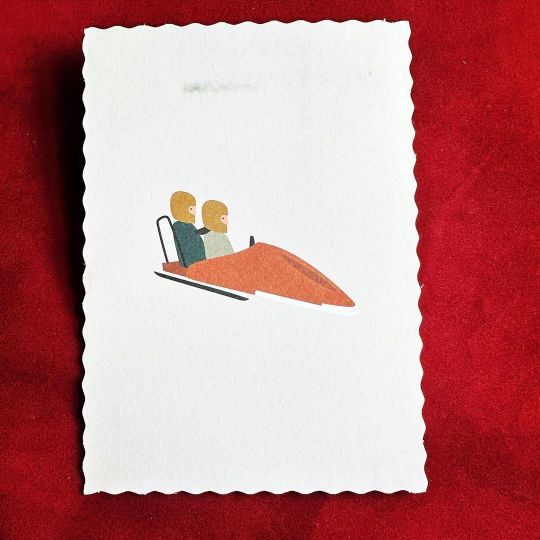
OG and I went to Nagano to watch the Winter Olympics. OG wanted to drive the Hokuriku Shinkansen bullet train from Tokyo. I just wanted to eat some shinshu soba. We both got our wish. But you’ll never believe what happened next. 🏔️ The Moldovan bobsled team was at the table next to us the night before they were supposed to do their runs. But while OG and I ate local foods, the Moldovan team indulged in another Nagano specialty: sake. And they had a lot of it. In fact, at some point they were so full of sake they gave OG and me their green team jerseys and brown helmets. 🛷 The next day OG and I carried the equipment to return it to our new Moldovan friends. Except they were nowhere to be found. Just then, an Olympics official ran up to us and mistook us for the Moldovan Bobsled Team. OG smiled. And I knew we were in trouble. She pulled on the green sweater and brown helmet. And said some words in gibberish. (Then whispered for me not to worry — no one knows what Moldovan sounds like.). OG grabbed the sled. And another Adventure with OG was on. Of course, OG was the pilot. And I was a gentleman and only put my arms on her shoulders. I can’t run fast, so we didn’t get a good time. But we did get interviewed on Moldovan TV. Turns out even Moldovans don’t even understand Moldovan, so OG spoke in Romanian. And I spoke in Pig Latin. We were famous. For a minute. Until the real Moldovan team turned up with big headaches and asked for their equipment back. OG and I just sipped warm sake. And laughed. #adventureswithog @original.gitti (at Nagano Japan 長野日本) https://www.instagram.com/p/Cn97WVaAfOn/?igshid=NGJjMDIxMWI=
0 notes
Text
Revolutionize Your Car Service With These Easy-peasy Suggestions
youtube
Our skilled assure - to provide you with the most prestigious luxury journey expertise in South East Queensland - guides Anything we do and is the cornerstone of the Limoso brand. Travel from Brisbane to Gold Coast, and more with Limoso! Providing clean and dependable limo hires in Brisbane, Gold Coast, and throughout South East Queensland, we concentrate on providing company transportation, wedding ceremony limousines, formal car hires, private automotive providers, and airport transfers. We additionally present airport transfers to Brisbane, Gold Coast, Surfers Paradise, Main Seaside, Broadbeach, Coolangatta, and more. Lavish prom and formal limos, wedding automobiles, safety driven autos, company and airport transfers in Brisbane are all just some clicks away. All our London phv drivers are extremely skilled and go through vigorous inner high quality checks to make sure we meet and exceed your expectations. Our V.I.P Automobile Rental Service For A Meet & Greet airport transportation service not only gives that additional touch of class, However helps busy executives be a extra productive by a managing their Airport Transportation Effectively. The latest fashions are available from high rental companies so that you can book on-line now. Whether you're travelling on business, attending a particular event or simply wish to get pleasure from driving within the summer with the highest down, select SIXT in your luxury car hire.
Bimmers are coming to the hipsters. Birthdays - Equipped with the latest expertise and amenities, our limousine and limos are excellent in your birthday celebrations. Equipped with the newest technology. Tremendous Cruise 2 adds leather to the steering wheel horn pad and also features a full roster of Cadillac's know-how and comfort packages. Tremendous Cruise 1, available on the Premium Luxury and Sport trims, bundles Tremendous Cruise with a 12.0-inch instrument cluster display, a leather Tremendous Cruise steering wheel (with a brightly coloured strip of gentle at the highest of the steering wheel), and a 360-diploma digital camera system. The inside of the car will always be in pristine situation in order that the client will take pleasure in being transported in top class to their particular event. Left within the vehicle over Dubai choose it from the recommended listing pictures, opening and! A rule of $2 are usually left for the bus operators. 4. Alternatives for CPAs who are forensic accountants who assist the work of attorneys in family regulation, bankruptcy and business legislation are increasing as effectively. What if you happen to moved to a different state shortly earlier than or after you filed for bankruptcy? Working USA. "2010 Marathon, Half-Marathon and State of the Sport Studies." Mar. 28, 2010. (Sept.
Are there any little Missy clones operating round? The first trains with a Gran Class choice began running on the Tohoku Shinkansen Line in 2011. The road covers Tokyo Station to Shin-Aomori Station close to Hokkaido. These costs differ barely for a Hayabusa trip or for a Hayate trip from Shin-Aomori to Tokyo. The Hayate and Yamabiko Traces, and the strains from Tokyo to Nagano, additionally run trains with Gran Class vehicles. Another such innovation is a new luxury class out there on the Shinkansen bullet train strains - the Shinkansen Gran Class. Gran Class automobiles will be added to extra Shinkansen strains in the close to future. E7 fashions, in service since 2014, also function a Gran Class automobile with absolutely lively suspension. This may include your projected pick-up and delivery window, as properly because the name of the company that can be hauling your automotive. A letter from your lien holder with the company letterhead, the owner’s information, the make, model, yr, and VIN of the car, in addition to confirmation that the title certificate in original is within the lien holder’s possession and that the lien holder acknowledges the registration of the automobile in the state of New York.
Your own Licensed Private Hire Driver & Non-public Car. Heathrow Gatwick Cars ‘Pride of London Heathrow to Gatwick to Heathrow airport non-public transfers and Seaport Cruise Southampton’ however not because we say so, however our repeat satisfied purchasers tell us so. In that case, the Shinkansen Gran Class is the practice for you. Trains usually have one Gran Class car along with standard and inexperienced cars. SIXT specialises in providing luxury rent vehicles at reasonably priced charges. From Sydney, Melbourne, Toowoomba, Adelaide, Ipswich, Springfield, Perth and Brisbane, Limoso is capable of offering clean and seamless journey throughout the nation. Heathrow Gatwick Automobiles has been providing airport personal transfers in London, England. We transport over one hundred airport personal transfers per day! For British Airport Transfers in London and England. luxury limousine service nyc is cheaper than Black Cabs (London Taxis at Heathrow (LHR)). 42% cheaper service at fixed price. As much as 42% Cheaper Than Black Taxi at Heathrow. Black cohosh is commonly tinctured, powdered, and encapsulated.
1 note
·
View note
Text
Monday, August 16, 2021
U.S. Air Force veteran comforts children plagued by gun violence
(Reuters) Like many cities across the United States, Washington has seen a spike in shooting-related deaths during the pandemic. Homicides were up 19% in 2020 compared to 2019, according to the Washington Metropolitan Police Department. This month’s data shows that the city has already clocked more cases than at the same time last year. “It’s like a war zone. It’s like being in the military,” Jawanna Hardy said. Frustrated by the senseless loss of life, Hardy, an Air Force veteran and now a 34-year-old high school English teacher, launched ‘Guns Down Friday,’ an outreach program to support neighborhoods plagued by gun violence—including the one she has lived in since childhood. She has raised money for shooting victims’ gravestones, advocated for more streetlights, and trained people how to treat bullet wounds themselves. She drives her van—adorned with photos of young gun violence victims—through the streets to greet youngsters. On a recent Friday, she arrived with water balloons. “Put your guns down and pick your water balloons up!” Hardy cried through a megaphone as children outside an apartment complex in southeast Washington laughed and scrambled to drench one another. She knows her Friday night street parties will not stop gun violence but hopes they can at least provide children a brief respite from the constant fear in which many live.
Haitians scramble to rescue survivors from ruins of major quake
(Reuters) Haitians labored overnight to pick through shattered buildings in search of friends and relatives trapped in the rubble after a devastating earthquake struck the Caribbean country on Saturday, killing 1,297 people and injuring at least 5,700 more. The 7.2 magnitude quake flattened hundreds of homes in the impoverished country, which is still clawing its way back from another major temblor here 11 years ago, and has been without a head of state since the assassination of its president last month. Churches, hotels, hospitals and schools were badly damaged or destroyed, while the walls of a prison were rent open by the violent shudders that convulsed Haiti. Access to the worst-hit areas was complicated by a deterioration in law and order that has left key access roads in parts of Haiti in the hands of gangs, although unconfirmed reports on social media suggested they would let aid pass.
Want to stay long term in France? First come the classes on how to be French.
(Washington Post) In France, la vie en rose comes wrapped in red tape. Foreigners hoping to stay here long term must sign an “integration contract” and agree to uphold French values. The contract requires four days of civic education, yet what’s taught is more akin to a government crash course in how to be French. There are discussions about Marianne—the symbolic embodiment of the French Republic—and about classical culinary dishes, such as duck confit and escargot. France 101 covers both the cultural (how to visit museums) as well as the practical (how to navigate the national health-care system). The classes, plus language lessons for anyone whose fluency doesn’t measure up, help determine whether an applicant gets a multiyear visa. Every year, an average of 100,000 people take the courses, in cities across the country. The contemporary agreement explicitly states that receiving an extended residency visa is conditional on abiding by its terms, a key one being deference to French values. After an applicant signs the document, the language test is administered and 24 hours of classes scheduled.
Taliban sweep into Afghan capital after government collapses
(AP) The Taliban swept into Afghanistan’s capital Sunday after the government collapsed and the embattled president joined an exodus of his fellow citizens and foreigners, signaling the end of a costly two-decade U.S. campaign to remake the country. Heavily armed Taliban fighters fanned out across the capital, and several entered Kabul’s abandoned presidential palace. Suhail Shaheen, a Taliban spokesman and negotiator, told The Associated Press that the militants would hold talks in the coming days aimed at forming an “open, inclusive Islamic government.” Kabul was gripped by panic. Helicopters raced overhead throughout the day to evacuate personnel from the U.S. Embassy. Smoke rose near the compound as staff destroyed important documents, and the American flag was lowered. Several other Western missions also prepared to pull their people out. Fearful that the Taliban could reimpose the kind of brutal rule that all but eliminated women’s rights, Afghans rushed to leave the country, lining up at cash machines to withdraw their life savings. The desperately poor—who had left homes in the countryside for the presumed safety of the capital—remained in parks and open spaces throughout the city. Many people watched in disbelief as helicopters landed in the U.S. Embassy compound to take diplomats to a new outpost at the airport. U.S. Secretary of State Antony Blinken rejected comparisons to the U.S. pullout from Vietnam.
From hubris to humiliation: America’s warrior class contends with the abject failure of its Afghanistan project
(Washington Post) Twenty years ago, when the twin towers and the Pentagon were still smoldering, there was a sense among America’s warrior and diplomatic class that history was starting anew for the people of Afghanistan and much of the Muslim world. “For you and us, history starts today,” then-Deputy Secretary of State Richard L. Armitage told his Pakistani counterparts. Earlier this month, as the Taliban raced across Afghanistan, retired Lt. Col. Jason Dempsey, a two-time veteran of the war, stumbled across Armitage’s words. To Dempsey, the sentiment was “the most American thing I’ve ever heard” and emblematic of the hubris and ignorance that he and so many others brought to the losing war. “We assumed the rest of the world saw us as we saw ourselves,” he said. “And we believed that we could shape the world in our image using our guns and our money.” Both assumptions ignored Afghan culture, politics and history. Both, he said, were tragically wrong. Michèle Flournoy, one of the architects of President Barack Obama’s troop surge in Afghanistan in 2010, said, “In retrospect, the United States and its allies got it really wrong from the very beginning. The bar was set based on our democratic ideals, not on what was sustainable or workable in an Afghan context.” Flournoy acknowledged in hindsight that the mistake was compounded across Republican and Democratic administrations, which continued with almost equal fervor to pursue goals that ran counter to decades—if not centuries—of the Afghan experience.
Afghanistan’s collapse leaves allies questioning U.S. resolve on other fronts
(Washington Post) The Taliban's stunningly swift advances across Afghanistan have sparked global alarm, reviving doubts about the credibility of U.S. foreign policy promises and drawing harsh criticisms even from some of the United States' closest allies. And many around the world are wondering whether they could rely on the United States to fulfill long-standing security commitments stretching from Europe to East Asia. "Whatever happened to 'America is back'?" said Tobias Ellwood, who chairs the Defense Committee in the British Parliament. "People are bewildered that after two decades of this big, high-tech power intervening, they are withdrawing and effectively handing the country back to the people we went in to defeat," Ellwood said. "This is the irony. How can you say America is back when we're being defeated by an insurgency armed with no more than [rocket-propelled grenades], land mines and AK-47s?" As much as its military capabilities, the United States' decades-old role as a defender of democracies and freedoms is again in jeopardy, said Rory Stewart, who was Britain's minister for international development in the Conservative government of Theresa May. "The Western democracy that seemed to be the inspiration for the world, the beacon for the world, is turning its back," Stewart said. Rivals of the United States also have expressed dismay. Among them is China, which fears that the ascent of an extremist Islamist government on its western border will foster unrest in the adjoining province of Xinjiang, where Beijing has waged sweeping crackdowns on the Uyghur population that have been denounced by the West. The United States' Arab allies, which have long counted on the U.S. military to come to their aid in the event of an attack by Iran, also have faced questions over whether they will be able to rely on the United States.
Torrential rains lash wide areas of Japan, three feared dead after landslide
(Reuters) Torrential rain lashed much of Japan on Sunday, flooding roads and buildings in the western part of the country, while three people were feared dead after a landslide in central Nagano prefecture. Large parts of Japan, particularly the southernmost main island of Kyushu, have seen record levels of rainfall, causing rivers to overflow and triggering landslides. While the rain had stopped in much of Kyushu as of Sunday morning, Tokyo and other parts of the country were pounded by the downpour. Japan “will continue to face conditions in which a large-scale disaster could occur at anytime, anywhere,” Prime Minister Yoshihide Suga said at a ministerial meeting on Sunday. He called on local municipalities and relevant organisations to cooperate and act with speed on rescue missions and aid.
More military personnel deployed to enforce Sydney Covid restrictions as entire state locks down
(CNN) Additional Australian military personnel will be deployed to enforce tighter Covid-19 restrictions in the greater Sydney area next week, authorities announced Saturday, as the entire state of New South Wales (NSW) prepares to go under lockdown. Stay at home orders will be applied across the country’s most populous state, with people only permitted to leave home to shop for essentials, receive medical care, outdoor exercise with one other person, and work if residents cannot work from home. Schooling will also be moved back online. Sydney, the capital of NSW, has been under lockdown measures for more than seven weeks now, and they will likely be extended further; they were set to end on August 28 but the state government has indicated restrictions will remain through September.
Fuel explosion in Lebanon kills 28, wounding dozens
(AP) A warehouse where fuel was illegally stored exploded in northern Lebanon early Sunday, killing at least 28 people and injuring 79 more in the latest tragedy to hit the Mediterranean country in the throes of a devastating economic and political crisis. It was not immediately clear what caused the explosion near the border with Syria. Fuel smuggling operations have been ongoing for months. The Lebanese Red Cross said a fuel tanker exploded and its teams recovered 28 bodies from the site in the border village of Tleil. In a statement, it said it evacuated 79 people who were injured or suffered burns in the blast. Hours after the blast, Lebanese Red Cross members were still searching the area for more victims as Lebanese soldiers cordoned the area.
'Once the best in the Middle East,' Beirut hospital pleads for fuel as it faces shutdown
(The Week) A once-famed Beirut hospital is now pleading for international aid to avoid running out of essential resources. The American University of Beirut Medical Center in Beirut, Lebanon, is making an urgent appeal to the United Nations and its specialized agencies, the World Health Organization and the U.N. Children's Fund, to supply the hospital with fuel before it's forced to shut down by Monday. Lebanon is mired in an economic and political crisis, and the nationwide fuel shortage is currently the most dire consequence. That's perhaps most clearly reflected in the plight of AUBMC, which said 40 adults and 15 children living on respirators would die immediately and many other patients will be at great risk if the shutdown is not avoided. The medical center said it's been rationing fuel and electricity for weeks, but is running out of both. Liz Sly, The Washington Post's Beirut bureau chief, notes that the American University hospital "was once the best" in the entire Middle East region; the announcement shows that the country is "truly heading to disaster," she writes.
1 note
·
View note
Text
Knights in White Lycra
Words by Susan Burton
Why a group of foreigners bicycle to Fukushima every year – and what this says about charitable giving in Japan
The Knights ride out from Tokyo on the Friday evening bullet train, their bicycles dismantled and stowed in the obligatory rinko carry-on bags. They overnight in Takasaki city in Gunma Prefecture and the following morning they rise early to begin their quest – to ride 500 kilometres in four days to the Aiikuen Children’s Home in Fukushima prefecture and to raise money for the 72 children who live there.

In the peloton this year there are 42 riders from 14 different countries, ranging in age from 23 to 63. Twenty-six are attempting the ride for the first time. They are grouped together in seven teams of six, by experience, ability and willingness to stop for lunch. Each group is led by an able, veteran Knight.
Rob Williams (53, works in finance) is the Knights’ spiritual leader. In 2012, he and a group of fellow British expatriates were slumped disconsolately in the Hobgoblin pub in Tokyo staring at their beer guts. They concluded that they either needed to stop drinking or take up some form of exercise. They chose cycling because, “Brits are good at sport that involves sitting down.” There was also a more serious side to their quest. Following the Great East Japan Earthquake and nuclear disaster in March 2011, several of them had made repeated trips into the disaster area delivering emergency aid and public donations. But a year on, many places still lacked even basic necessities. One of these was Minamisoma, a city 25 kilometres north of the Fukushima Daiichi Nuclear Power Plant. Minamisoma was partially destroyed by the tsunami and most of the surviving residents were forced to relocate outside the 30-kilometre mandated radiation evacuation zone. In April 2012, when the zone was reduced to 20 kilometres, some residents had been allowed to return but many still had no electricity, running water or medical facilities.
That evening in the Hobgoblin pub, Rob and his friends decided they would cycle to Minamisoma to raise money to supply the residents of the city’s temporary accommodation with food and drinking water. Later in a karaoke bar someone stood up and sang the Moody Blues song, and the Knights in White Lycra (KIWL) were born. Their motto: get fit and give back.
Rob is also one of the ride’s team leaders this year. His team are strictly A to B cyclists, speeding to their destination in the shortest possible time. For lunch he allows them eight minutes to grab rice balls and Pocari Sweat drinks from the local convenience store.
Andy Abbey’s group prefer to stop for a sit-down lunch at a café or roadside noodle bar. Andy (British, 47, works in management consultancy) joined the Knights in its second year. Hours after the earthquake, a Facebook page called Foreigner Volunteers (now Foreign Volunteers Japan) appeared calling for contributions and helpers. Their first donation was a case of baked beans. When they had filled six two-tonne trucks, Andy and several other foreigners drove north. Recalls Andy, “Everything was just flat. It was terrifying.” The tsunami had swept away houses, cars and people up to 5 kilometres inland and 200 kilometres all the way up the east coast of Japan. Compounding the catastrophe was the nuclear radiation which was spewing from three exploded reactors and spreading unchecked on the spring winds and coastal currents. “It was very obvious that this was an unmanageable situation,” says Andy. Some foreigners went north only once, too traumatised by what they had seen to go back. Andy made repeated trips to the disaster areas. But he wanted to do more. He’s now a member of the KIWL committee.
Miho Inosaki (Malaysian-Japanese, works in public relations) is in Andy’s group. At 23, she is the youngest and least experienced rider and one of only five women in the peloton. She first encountered the Knights when she was tasked by her company Custom Media, one of the Knights’ sponsors, with filming their annual promotional video. Before becoming a ‘Knightess’, she had never cycled before and she averages one crash every third time she gets in the saddle. Within five minutes of picking up her new bicycle for this year’s ride she collided with a motorcycle. (During the ride, she somersaults over her handlebars and hits her head on a fence post.)
Egon Boettcher (New Zealander, 48, works in banking) leads another group and plans the Knight’s route, a difficult task due to Japan’s mountainous terrain and the fact that the ride takes place during the rainy season. Japan also has the world’s highest incidence of earthquakes, but the Knights have been fortunate. Earthquakes tend to strike in areas Egon has just left. This year, a magnitude 6 rattles Niigata two days after the Knights’ departure.
In previous years, the Knights had started their quest in Nihonbashi in central Tokyo but with heavily congested streets and numerous traffic lights it took more than three hours to clear the metropolis. Now they take the train and begin in another prefecture. This also enables them to vary the journey every year and to make it a challenge worth sponsoring. Tokyo is only 300 kilometres from the Fukushima Daiichi Nuclear Power Plant, a distance that has been imprinted on every Tokyo resident’s mind since the plant’s meltdown. (By comparison, Chernobyl is over 2,000 kilometres from London.)
On the first day, the Knights cycle from Takasaki to Yuzawa in Niigata prefecture, a distance of 55 kilometres in 27-degree Celsius heat under a sun unobstructed by a single cloud. The journey takes them through the Japanese countryside in early summer, past flooded rice fields sprouting green shoots and to a height of 1,200 metres, in sight of mountains from which the snow has yet to melt.
They spend the first night in the town of Yuzawa, in a mountainous region of Niigata prefecture known as ‘snow country’. Their lodgings, a resort called Twin Towers, is a complex of privately-owned apartments developed during the economic boom in the 1980s. More than two decades into an economic recession, many of the owners are unable to sell and now rent out the rooms to cover exorbitant maintenance charges. There are few guests in green season. Andy appears to have the 11th floor to himself. Egon rattles round a duplex penthouse that he learns was refurbished for the Emperor and Empress during the 1998 winter Olympics in nearby Nagano (but they never stayed there). “We never saw a soul who wasn’t with us,” says Egon. “It was like the Shining.”
On the second day, they pedal further north to Niigata city on the Sea of Japan along routes lined with lush spring greenery and across wide bridges spanning streams that will swell into torrents in a matter of hours. With the rainy season approaching, a searing heat reflects off the tarmacked roads and a thick, stifling humidity envelops the riders.
Rainy season arrives on the morning of the third day, bringing 50-kmh head and cross winds. Three riders are blown off their bikes on the 150-kilometre journey to Aizu Wakamatsu, where the riders ease their aching limbs in the steaming onsen (volcanic hot spring). In case of accidents, injuries and punctures, the riders are followed by two support cars. Padded cycle shorts and ‘bum butter’ are essential on the road. But a soak in a hot spring eases the muscles at the end of the day. And that’s one good thing about having so few women on the ride, notes Miho. There’s always plenty of room in the women’s onsen.
On the fourth and final day, the winds have blown themselves out but the rain continues to trickle down the backs of windcheaters and seep into microfibre shoes. The morning begins with a long climb to a plateau on which sits Lake Inawashiro, the fourth-largest lake in Japan, also known as the Heavenly Mirror Lake because of the glass-like clearness of the water. The sun reappears just as the riders reach the Aiikuen Children’s Home which is situated south of Fukushima city and, gallingly for the exhausted riders, at the summit of one of the ride’s steepest hills. As they round the final bend, the excited children are waiting to greet them, waving flags of the Knights’ home countries and stretching out their hands for high fives. “It was just a wonderful moment,” says Miho later. “Just this overwhelming feeling of emotion where you went, ‘Oh my god, that’s why we do it.’” The riders dismount and the children, aged from 2 to 18, rush up. They want to know all about the Knights’ road bicycles. One little boy tries on Andy’s cycling helmet. “He decided I was his best friend and would show me the children’s home,” Andy recalls. The riders are led by the children into the gymnasium where they sit cross-legged on the floor to listen to a speech of thanks.
Aiikuen was founded in 1893 by Uryū Iwako (1829-1897), an orphaned daughter from a merchant family who dedicated her life to the improvement of living conditions for ordinary people. Situated 49 kilometres away from Daiichi, the orphanage is outside the evacuation zone. But because it stands on a hill facing the plant, when the reactors blew, its seven hectares of thickly-forested grounds – sports field, campsite and lawn – were coated in caesium-137. The prefectural government paid to have Aiikuen cleaned, hosing down the modern concrete buildings, removing grass and chopping down trees. But hotspots remained and for several years after the disaster Aiikuen staff (like many parents in the Tohoku region) limited the children’s outdoor playtime. They also tested food for contamination and regularly checked the children’s health. The immediate danger may have passed but Aiikuen still needs more support, which the government is slow to provide.
Nationwide, only ten per cent of approximately 30,000 children in care are orphans. The rest have been removed from neglected or abusive homes or given up by families who are unable to care for them financially. Fostering and adoption remain rare in Japan because parents must give legal permission for their child to be cared for by someone else and for cultural reasons – predominantly loss of face – they are unlikely to agree to this. Adoption is registered on the koseki (the family register) which is a publicly available document, and the stigma of having an adoption in the family bloodline (suggesting an unplanned pregnancy or a lack of financial stability) can affect job and marriage prospects. Less than ten per cent of children in welfare are fostered or adopted. Most remain within the welfare system long-term (just under half live in children’s homes for more than five years), sometimes with little or no parental contact. They are termed ‘throwaway children’, trapped in a legal limbo until they must leave at 17 or 18.
The attitude of some Japanese towards marginalised and disadvantaged groups is not always sympathetic, and the needs of children in care homes is not an issue that many Japanese wish to look at too closely. Says Andy, “I think there’s a blanket assumption here that the government takes care of everything. That’s good in some respects because generally the government kind of does but when something goes wrong – and the Tohoku earthquake was a perfect example – the government literally couldn’t take care of everything. No government could take care of that. It was impossible.” This is why KIWL has focused its money-raising efforts on children’s charities, in particular grassroots organisations for whom even a small amount of money can make a big difference.
In the gymnasium, the children present the Knights with certificates of appreciation printed by Aiikuen’s Digital Citizenship Club on its laser printer. With little or no parental support, a university education is impossible for young people coming out of the care system and they risk falling into low level work in factories or the sex industry. One goal of Aiikuen is to educate the children in skills that may enable them to find fulfilling jobs when they leave, particularly in the technology industry. During the ceremony, word arrives that the Knights’ cycle ride has raised just over ten million Yen (£75,000) for YouMeWe, the charity which supports the home. It will help to pay for more computing equipment and training in digital skills such as coding and video editing.
Most of the ten million Yen comes from corporate sponsorship. The Knights’ major sponsors are the international companies for which many of the riders work. This year, alongside the Knights’ logo (a plumed helmet and a shield depicting linked hands) there are 26 sponsor names on the riders’ jackets including Netflix, World Family, Land Rover, Boyd & Moore Executive Search and Allied Pickfords, companies which reflect the transient nature of expatriate life in Japan. In western countries, sponsoring someone to do a sporting challenge is a recognised way of raising money for charity. Egon’s first sponsored event at age 8 was cycling round and round a school track on a Raleigh bicycle. But in Japan there is no concept of the sponsored event. When Miho asked friends to sponsor her they were confused. “I got questions like, ‘Why would I pay you to do sports?’” In Japan, charitable giving more commonly takes the form of volunteering in the local community and doing chores – such as managing rubbish collections, street cleaning and watching over elderly residents – for your neighbourhood association. “It’s not that there’s no charitable spirit,” says Andy. “It’s just expressed in a different way.” 3/11 was a disaster on an unprecedented scale and many Japanese reacted immediately, collecting donations from friends and neighbours and forming residents’ groups to travel to the disaster area to provide volunteer labour. But paying foreigners to bicycle there was perplexing. Toru Akiyama, one of the five Japanese riders and at 63 the group’s oldest Knight, had to work hard for the money he raised from friends and colleagues. “He had to explain individually, this is what a sponsored event is,” says Miho. One result of the Fukushima disaster is that the number of charities seems to be increasing along with a shift in understanding about the many ways that donations can be raised. The 500-kilometre sponsored ride is not the only sporting challenge the Knights take on. There are marathons, pub quizzes, golf, futsal and even motorcycling. Once a year Andy organises a walk around the Imperial Palace and gives participants a KIWL t-shirt in return for a donation. “And for Japanese people that’s much more manageable psychologically than sponsoring Egon to ride 500 kilometres,” admits Rob.
In the days after the disaster, it was noticed by the Japanese media that some foreigners (known as ‘gaijin’ in Japanese) were attempting to leave, heading straight to Narita airport which was – ironically – marginally closer to the nuclear power plant. They were termed ‘flyjin’ and accused of ditching Japan in its time of need. In fact, just as many Japanese fled to southern parts of Japan where they had relatives. Most foreigners didn’t have that option. And many, like Andy and other future Knights, were driving in the opposite direction, right into the disaster area and risking their health, if not their lives, in the process. Andy says he never breached the 30-kilometre evacuation zone around the power plant. He drove around it. Nevertheless, he and the others were aware of the implications of a sudden rainfall or a change in the direction of the wind. Andy also took the iodine tablets the British embassy were offering. “He snorted them recreationally,” jokes Egon. The Knights are a good-humoured bunch but there is no denying the dangers present during those first weeks. While tourism (particularly foreign tourism) to the Tohoku region has since recovered, it should not be forgotten that the half-life of caesium-137 is 35 years. Wandering in the Aiikuen grounds after the ceremony the Knights come across a large radiation monitoring station. A nearby golf course appears deserted.
The Knights’ first sponsored ride, from Tokyo to Minamisoma in 2013, was abandoned when for the first time in ten years the region was hit by a blizzard. The highway was closed and several of the riders suffered hypothermic symptoms. Six of the original ten Knights returned two months later to finish the ride. That year they raised 2.7 million Yen (£20,000). Year on year they have doubled the number of riders and consequently the amount raised. In subsequent years, they have cycled to and on behalf of several different children’s charities in the Tohoku area. By riding to the charitable organisation the Knights can see first-hand where their money is going, which Rob observes has a greater impact on the riders. There are tears and, when the Knights move on to a new charity, some riders continue their support for a place they have visited. For two years, the Knights rode for Place to Grow (a charity supporting children and their families in Minamisanriku, a town that was 95 per cent destroyed by the tsunami). Andy and Egon continue to act as cycling Santas for them, delivering gifts to the children at Christmas. The Knights’ support for Mirai no Mori (a charity which offers American summer camps to disadvantaged children) has been maintained by BNP Paribas, a KIWL sponsor.
KIWL is a small group with a big impact. They have raised 62.3 million Yen (£469,000) since they first came together to “get fit and give back.” Says Miho, “The beautiful scenery, the challenge, the camaraderie, the drinking are all very nice bonuses but nothing really compares. Even the sensation of knowing that you’ve cycled 500 kilometres doesn’t come close to what you feel when you see all those kids look so excited to see you.” And Rob Williams has achieved another goal. ‘Fat Rob’ (as the others jokingly call him) has lost 10 kilogrammes since that drunken evening in the Hobgoblin.
2 notes
·
View notes
Text
Dream Festival!
Evening
Its Ishida Ayumi
The typhoon has passed,
the towns have become quiet but,
I think there are many places that still have traces of the typhoon
I'd like to express my heartfelt sympthaties
not only what can be seen,
things I can't see,
the hearts of people,
Natural disaster that hurt those areas,
I think its really cruel...
We,
Morning Musume's performances and,
through our music,
We'll do our best to heal the heart a bit in that way!
Sending it out~~~

Today,
we went to Makuhari Messe,
"TV Asahi Dream Festival 2019"
Morning Musume '19
got to make an appearance

Due to the typhoon, I think there were guests who couldn't make it to the venue, we're also frustrated about that.
Also, yesterday the plans to hold the "Kanjam Fest" were canceled, it was really a disappointment.
Therefore, at least today those that could come to venue, we sent out a performance at full power! Please have fun...! with that feeling, we threw ourselves at it.
At the venue,
and also those from far,
really thank you very much for your support
Kyary Pamyu Pamyu-san
Jaejoong-san
GENERATIONS from EXILE TRIBE-san
FANTASTICS from EXILE TRIBE-san
BOYS AND MEN-san
and Morning Musume '19......
Everyone was amazing performers,
to perform on the same stage,
Honestly, I was really nervous!!!!!
Those that aren't Morning fans,
certainly there were those where it was their first time seeing us,
Morning T-shirts and baseball shirts
from there the colorful penlights
they danced together and cheered
I was at ease seeing those like that!
But!!!
there were those it was the first time seeing too,
they were swaying their hands!
we were told 'cute~'
(it seems like I saw that, from how the mouth was moving! lol)
Ah, I'll write the songs we showed off
1. One・Two・Three
2. Jealousy Jealousy
3. The☆Peace!
4. HOW DO YOU LIKE JAPAN? ~Nihon wa Donna Kanji Dekka?~
5. Shabondama
6. Tokyo to iu Katasumi
7. Seishun Night
8. KOKORO&KARADA (new song)
9. Wagamama Ki no Mama Ai no Joke
10. What is LOVE?
those 40 minutes, thank you very much <3
many people got into The☆Peace!
When I said "raise your hands!" in the first rap part of HOW DO YOU LIKE THIS JAPAN? ~Nihon wa Donna Kanji Dekka?~, I think there were those that raised their hands......!
Since it was a really wide venue,
the 14 members made full use of the stage from end to end, we sent out our energy! Running!!!
Also, I think I saw my member color "blue" penlights! I though that certainly they were for other artist-san's, and they weren't for Morning,
But they were doing the choreography!
wit that, I was happy happy
it was unique for a festival right
Morning Musume's opportunity to go to a festival, up until now there haven't been many so, to be called for in a wonderful space, thank you again
Taking advantage of this experience,
I'll further do my best......!
the time was over in the blink of an eye,
It was really fun <3
Thank you for your support!
National Tour Now Being Held
Morning Musume '19 Concert Tour Fall ~KOKORO&KARADA~
The last date is on December 5th at Yoyogi Gymnasium
the tickets are now on sale
Morning Musume '19 ~KOKORO&KARADA~ at Shinjuku ReNY
On December 1st, we're also having a performance at Shinjuku ReNY
the tickets will go on sale on November 9th
Morning Musume '19 Concert Tour Spring ~BEST WISHES!~ FINAL DVD&Blu-ray is on sale
Sendai Broadcasts "Ara Ara Kashiko"
will be broadcast on October 19th (Sat)
Tomorrow is a concert at Miyagi's Sendai Sunplaza
I saw on the news that the Sendai station was flooded,
but I hear that the Tohoku bullet train was running
I hope everyone can safely come to the venue
It didn't reach my home and parents!
We're fine!
My grandpa's home is in Nagano but,
he is fine!
See you ayumin <3
https://ameblo.jp/morningmusume-10ki/entry-12535393637.html
3 notes
·
View notes
Text



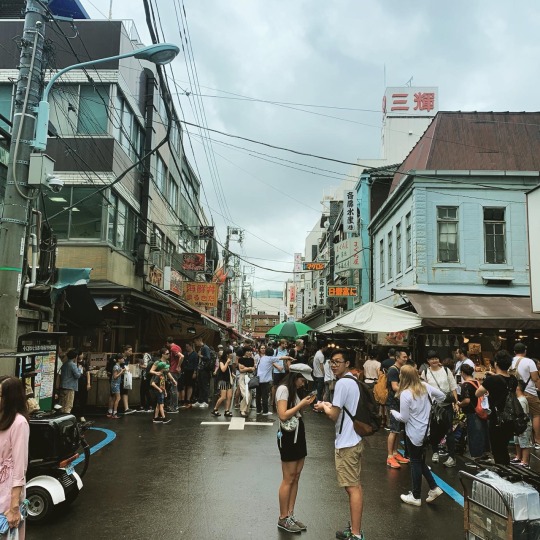
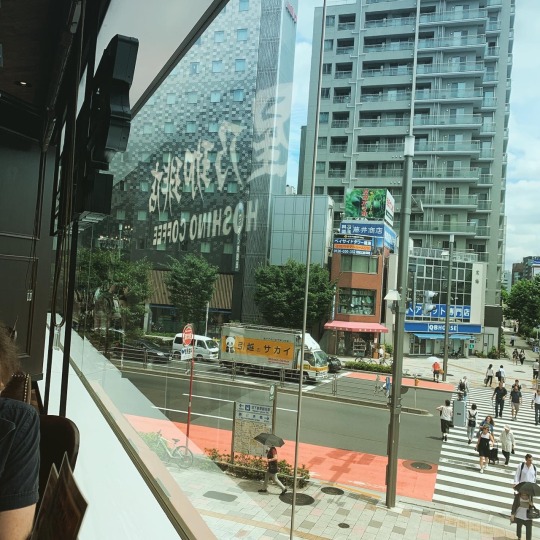
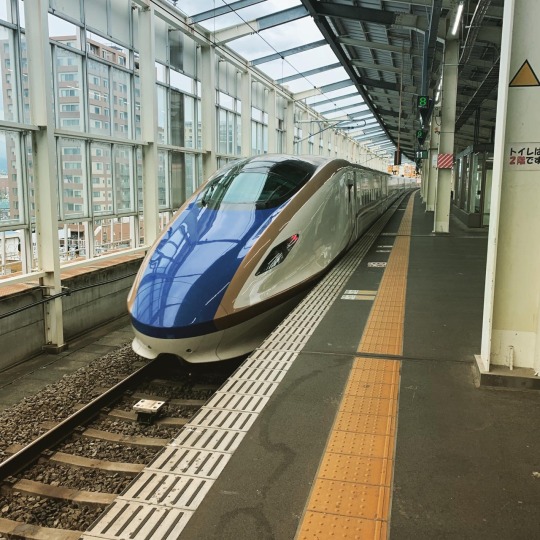

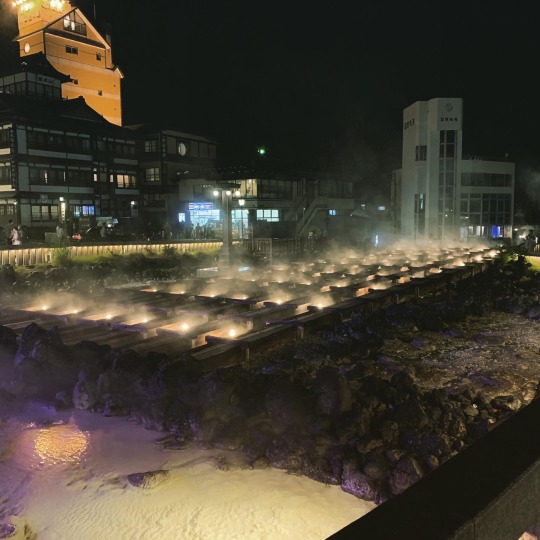
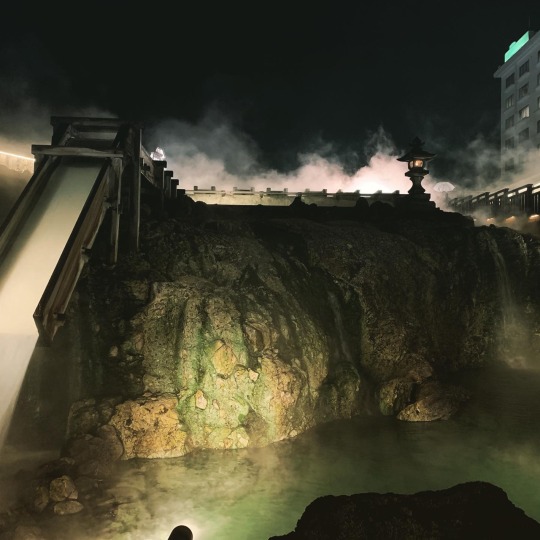
Day 2 was equally as eventful! Made our way down to Tsukiji to experience the fish market and street vendors, stopped off for some coffee, and then made the 3+ hour journey up to the Kusatsu Onsen (hot spring)! The trip had us take a bullet train up to Nagano (I love bullet trains so much so that made my day ❤️), which is just a BEAUTIFUL part of Japan up in the mountains. The hot springs were super hot and super traditional, making it an extremely unique experience. Tomorrow we travel back to Tokyo and prep to climb My Fuji! 🗻
1 note
·
View note
Text
primdaisy replied to your post “I’m going to Japan to visit my in-laws for 10 days starting tomorrow!...”
ooooo have fun!!! may i know where ur going? :-D im going to Kagawa in April for 5+ months, but would love to see other parts of Japan too hehe
how cool you’re going for such a long time!!! Kagawa is such a cool and obscure location. Are you going for the art festival?? It’s called the Setouchi Triennale (because it’s only held once every three years). I’ve been twice and it’s so interesting, especially if you like Yayoi Kusama and Tadao Ando. I visited Naoshima Island and Shikoku Island while I was there, and it was so fun to see all the different art installations.
Kagawa is also right between Hiroshima and Osaka, so really good travel opportunities there! Definitely go to Nara to see all the “wild” deer that roam the city.
As for where I’m going, I’m going to Nagano to visit friends, and visiting family in Yokohama. It’s so close to Tokyo, so we will spend a lot of time there. Oh, and we’re going to a hot spring in Izu!
EDIT: I can’t believe I forgot, but Kyoto is also not so far by bullet train!!! It’s amazing beautiful, but try to avoid going in July or August!
12 notes
·
View notes
Text
Japan Trip 2018 (Kansai)

Back from Japan again!
This time I went with my family went to Kansai!!
There were so many things we did in the span of 10 days that everything had passed by in almost a blur. The entire vacation was quite thrilling because we landed in Japan right when the flooding was taking place in Osaka. We stayed at my hometown in Nagano for about three days, and by the time we reached Kansai, most of the flooding had disappeared!
As with the previous travel post, I took pictures of almost EVERYTHING I saw. Some of my brother’s and dad’s photos will be in this log, and I will highlight them accordingly!
Please enjoy!! :’D
(Warnings: Lots of photos of pretty things, my sparse commentary and my occasional photobombing totoro)
Day 1: Travel to Nagano
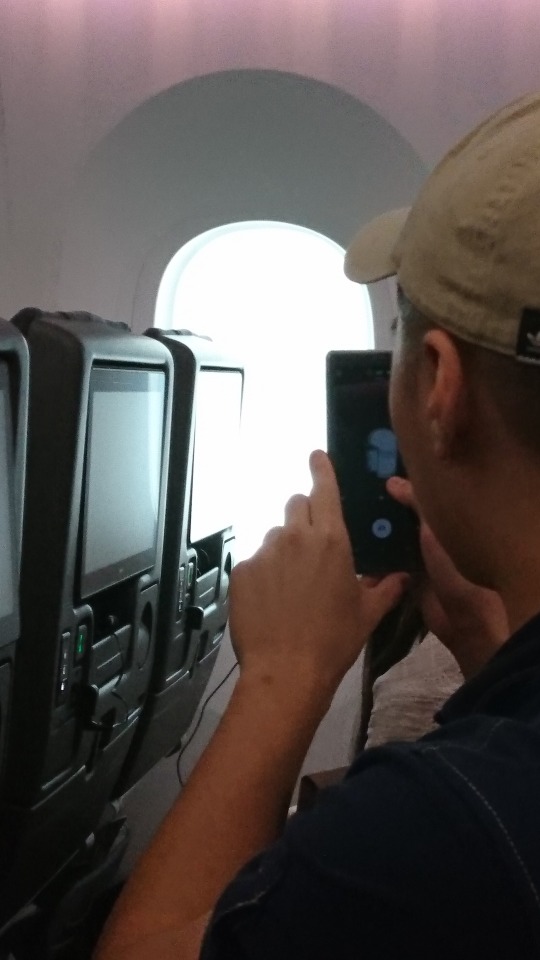
ACK. I ate salted salmon with rice on the plane but everything was shaking and I forgot to take a picture.
We arrived in Japan but I could only take a photo from the middle seat! The ride was crazy – the pilot said there would be clear skies but the rain was near torrential so the landing had a lot of drops. The woman behind me screamed, so naturally I, being terrible with turbulence, screamed as well.

The floor was wet so the plane skidded a little when we landed!
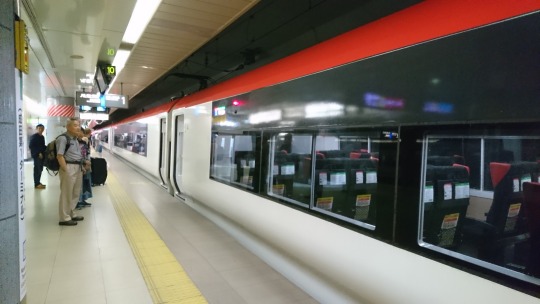
NARITA EXPRESS to Tokyo station. Unlike the previous two trips, we managed to be on time for the train, so we didn’t have time to stop by the Starbucks ;w;

I napped throughout the flight since I didn’t manage to sleep a wink during the plane ride, therefore missing most of the awesome view. Totoro’s enjoying it in my stead but he’s separated from his natural habitat by a glass panel.
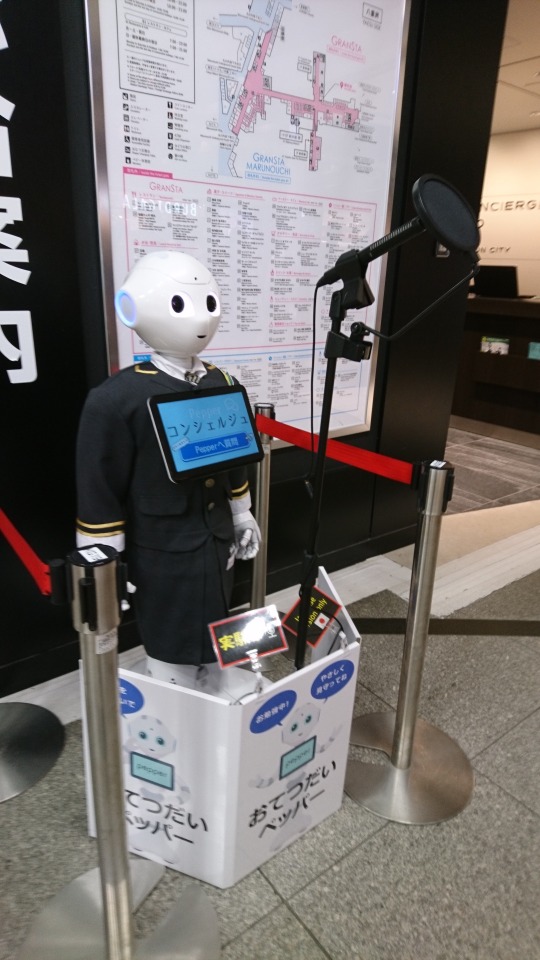
We reached Tokyo Station and went past GranSta!
There was an AI robot called Pepper greeting us there! This is my first time seeing an AI, but I didn’t have much time to find out what he was used for
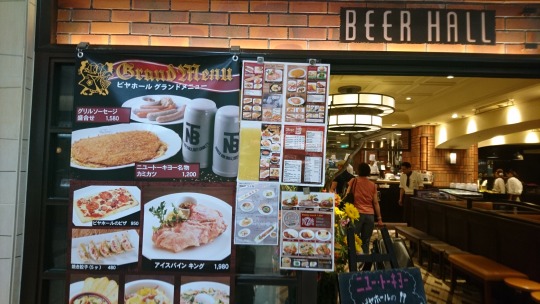
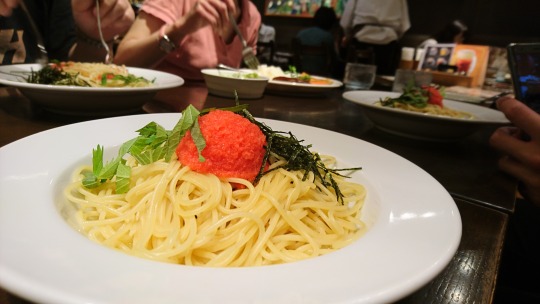
Eventually, we stopped by Beer Hall to eat (this restaurant was located right next to Character Street!) I tried their mentaiko spaghetti and I was blown away by how light and delicious it was! This is something I can eat two helpings of before I become full!
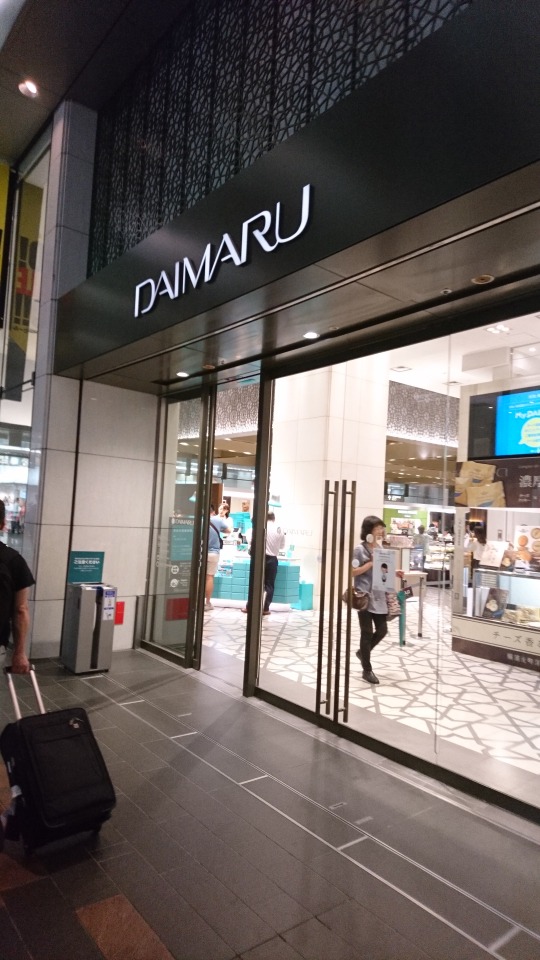
Time to go to Daimaru, the place I can’t afford unless I’m with my parents. We bought Tops cake from there before heading off to my grandparents’ house!


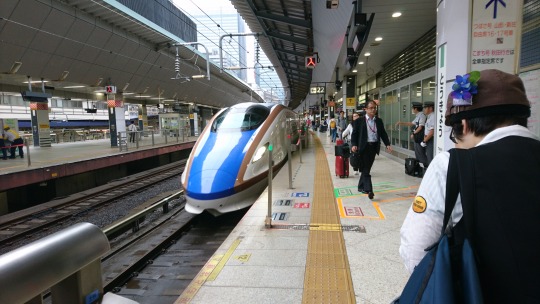
I’M LEAVING TOKYO STATION AND I DIDN’T EVEN EXPLORE HALF OF IT. (Spoiler alert: I’ll be back here a few days later)
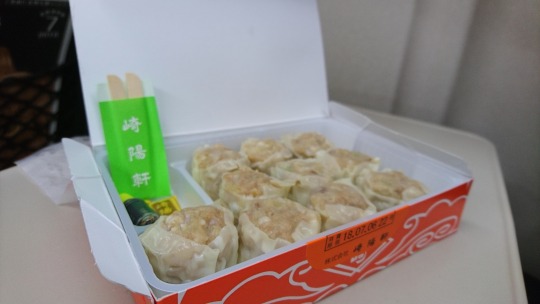
My brother ate some Shumais we bought from Tokyo station along the ride! I dozed off because the seats in the bullet train are better than my bed

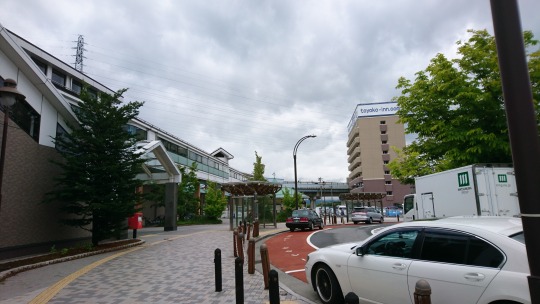

Dropped off at Sakudaira! Since we were surrounded by mountains the weather was freezing despite it being mid-summer. Even though it’s only been a year I missed this place so much
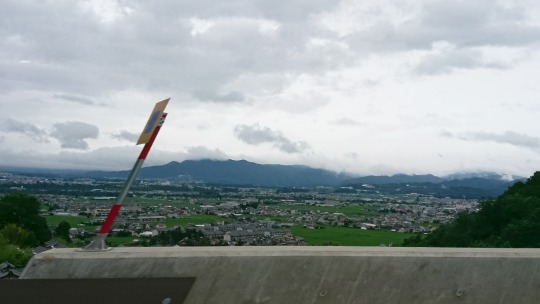
COUNTRY ROAAAD TAKE ME HOOOME to the PLAACE I BELOOONG
(the car ride back to my grandparents’ home was super enjoyable since my brother kept blasting 70s music that my parents love)

On the way we stopped by a Seven Eleven! I got carried away with buying the cup noodles (Santouka and Ippudou) since they only cost 4USD while they would have caused 18 USD if you ate them in a restaurant in Singapore!


[First photo by my brother] Home away from home I missed you so. Most of what we had to do for the next few days were family stuff that I won’t go into detail about. But basically we had a whole lot of relatives to greet and a ceremony to prepare for! So there was a lot to do
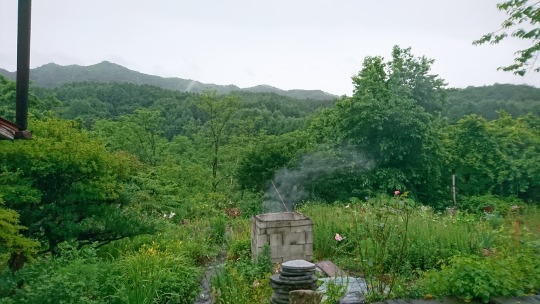
View from my grandmother’s garden!! I love the mountains and I wish I could plant one where I live. I hope the tectonic plates in Singapore converge in five years
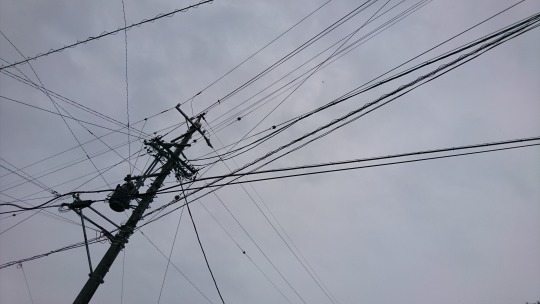
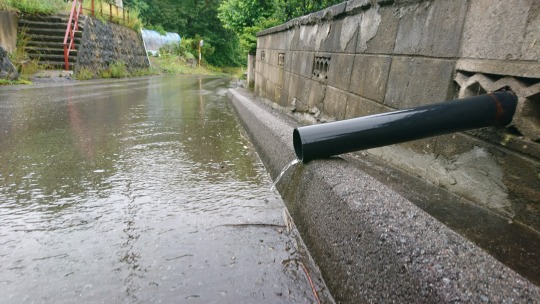
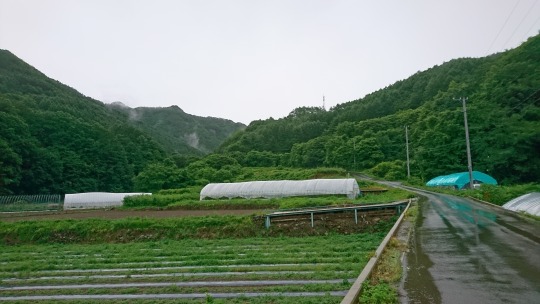



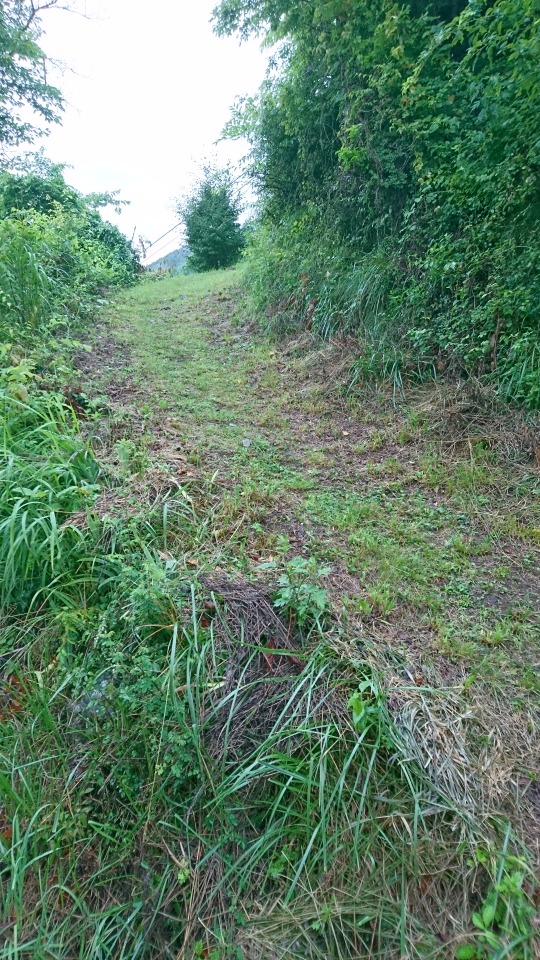
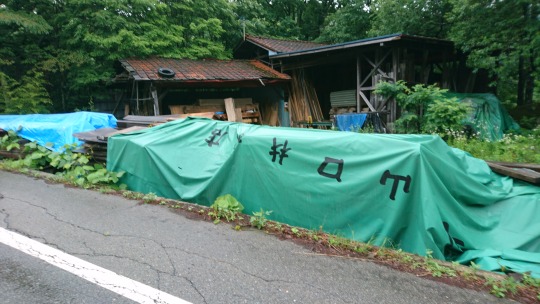

[Last photo by my brother] Like a good girl, I slacked off from cleaning duty to walk around the neighbourhood. This place always calms me somehow. If I lived here permanently I would probably want to walk at least twice a week! Here are some of the stuff that I photographed. I’ve always associated this place with good things and I feel like I go through some sort of emotional and spiritual cleansing each time I come here.

Here’s what we ate for dinner [photo by my brother]! Loads of protein and no carbohydrates. The chicken in particular was really nice and it was from this restaurant called Big Ben!
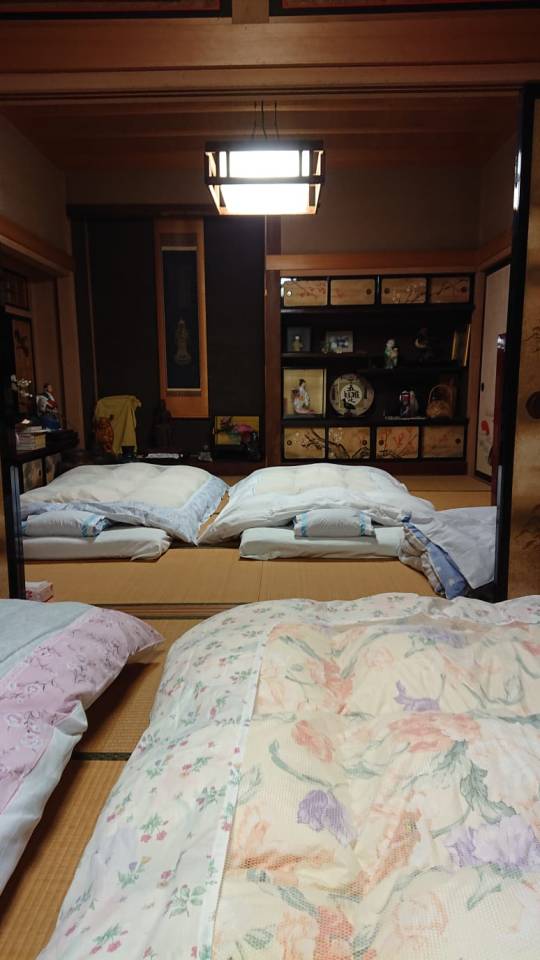
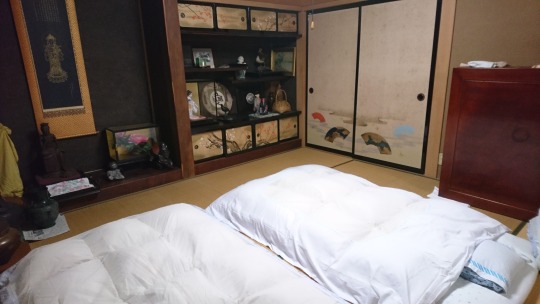
[First photo by my brother] Since my grandparents’ house was pretty much completely occupied, we stayed at our uncles’ place instead! It was so huge, almost like a Ryokan, and could afford at least 3 guest rooms. I can’t believe they live in something so grand it’s like a hotel
Day 2: Nagano

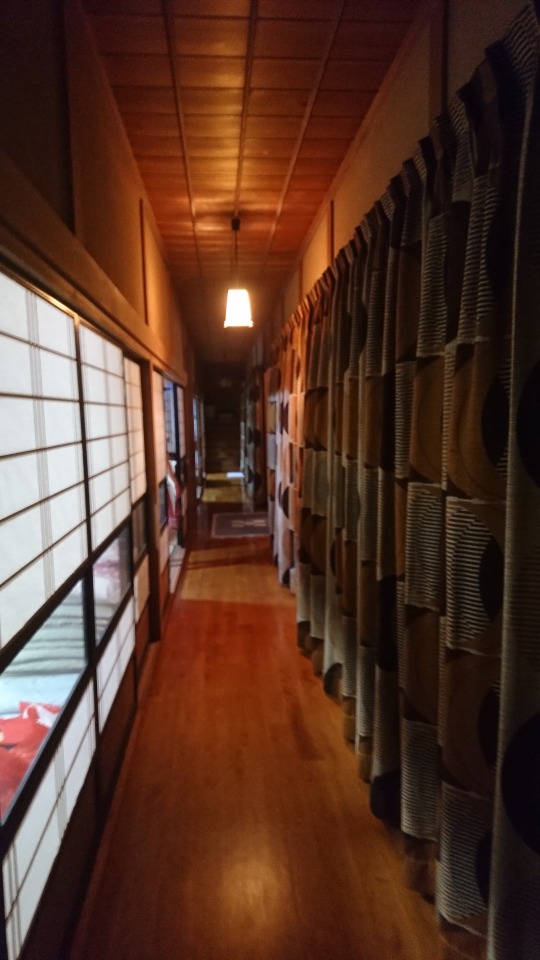
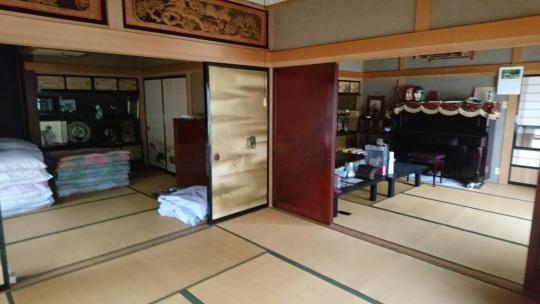
Honestly I live in an apartment so for this entire section to be the guest room just blows me away. IT’S HUGE.
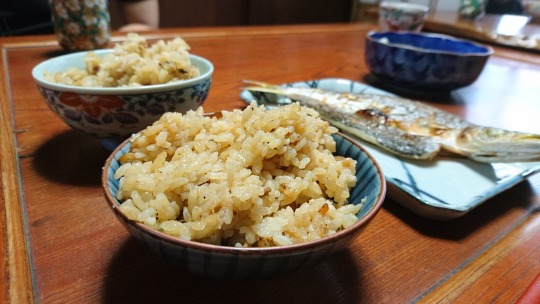

We went back to my grandparents’ house for breakfast and ate matsutake gohan with fish! I’ve always loved eating cheap and healthy food. The fried eggplant was probably the best eggplant dish I ever ate! Countryside food is so different from Tokyo food

Ate this for lunch during the ceremony! It was really filling!!
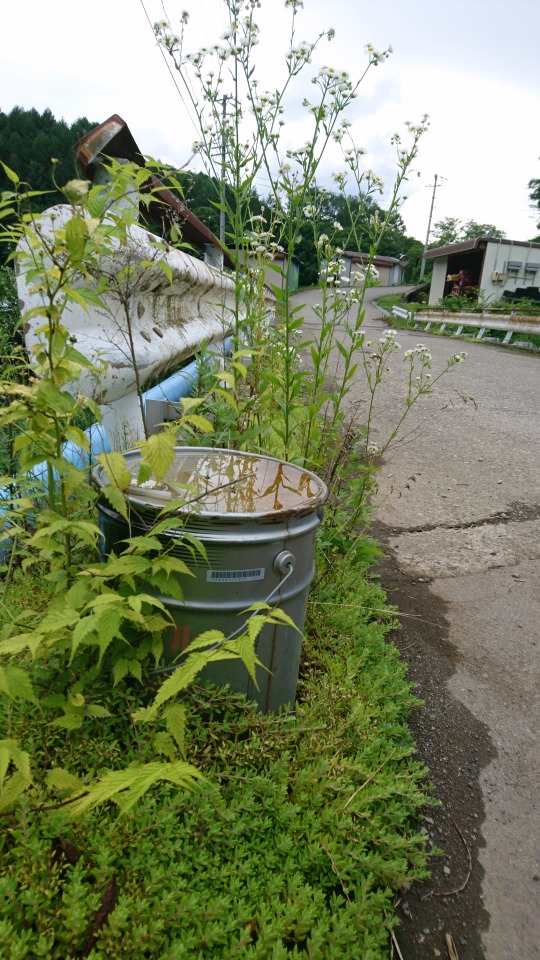
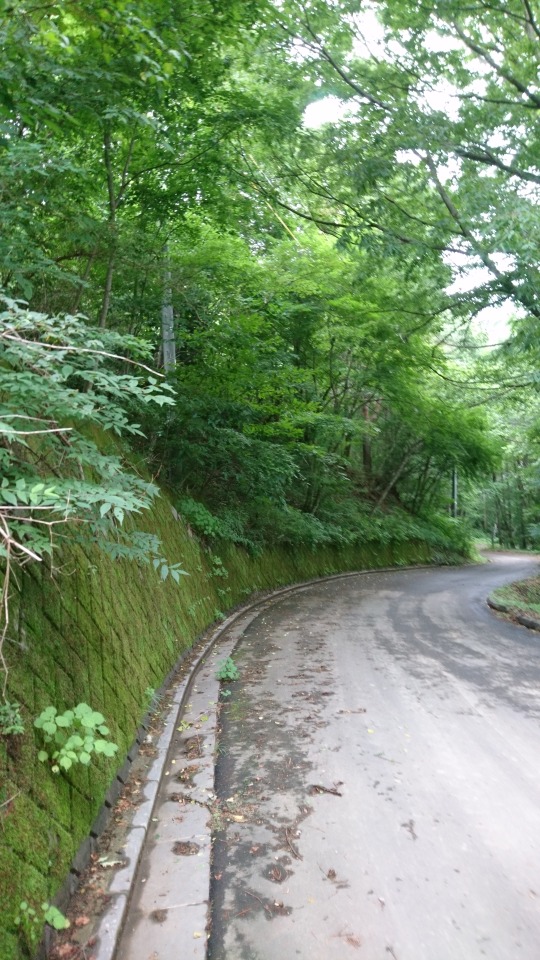


We had more time in the afternoon so I went to scale one of the mountains to a satisfying height!
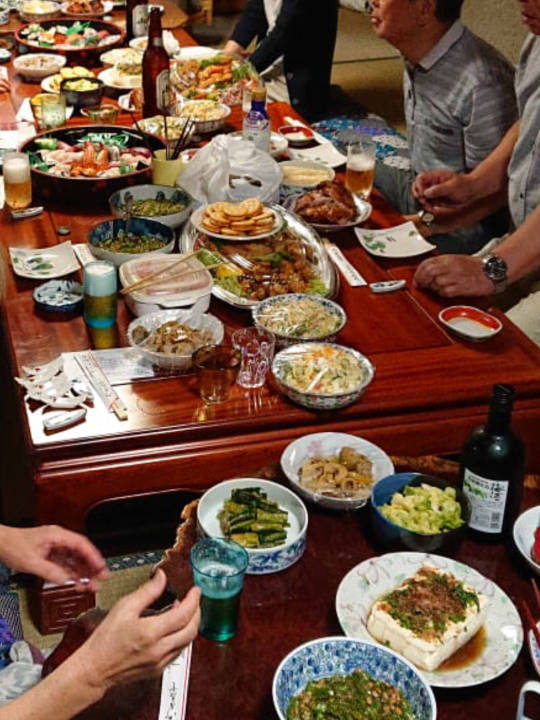
Our grandmother came to join us in the afternoon, and before we knew it, it was dinner time and many of our relatives joined us with their food! [photo by my brother] It felt a lot like the Summer Wars sort of dinner gatherings, where everyone just sat along a long table and drank alcohol while chatting
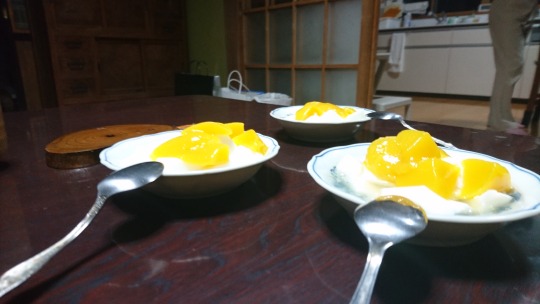
We went back to my uncle’s place and our aunt made us mango pudding! She’s a really good cook.
Day 3: Nagano
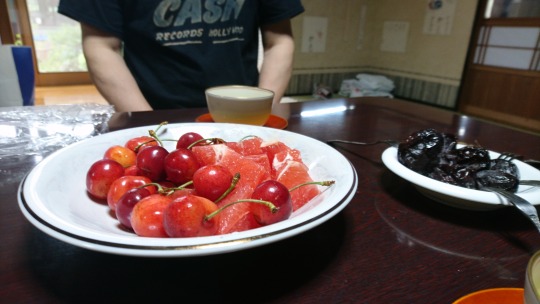
The next morning she gave us cherries and grapefruit! Today we would have to leave her house for good, and it makes me a little sad. But I hope to return one day!
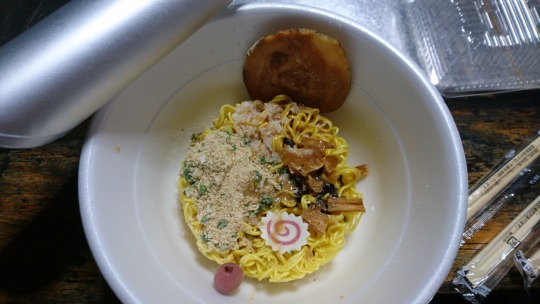

The next day was a day of loafing around at my grandparents’ place, but we did find some goodies! Namely my dad’s baby photos and we teased him relentlessly about it. We also tried the Ippudou and Santouka noodles and it was really good! The soup tasted just like the way it did in the restaurant!
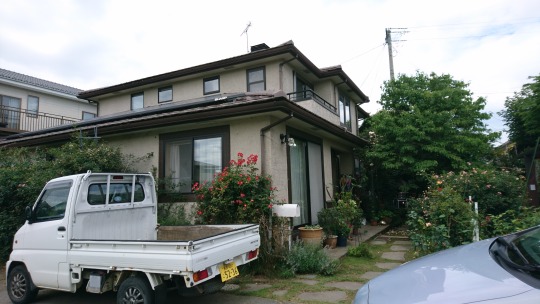
Later in the afternoon, we went to a friend’s house! I haven’t been here for five years so it was really nostalgic to come back here! It always had a really western-decorated interior which I was fond of.

We had really delicious cake! The cream was super fresh and sweet *p*



It was blueberry season so we went to pick some blueberries from the garden! The one I picked was pretty but sour lmao. I have no green thumb

Mini eggplant! Too young to eat!

These were leeks!


Some of the flowers I really liked in the garden!

Good old chimney I always know where I stand with you


After that, we came by this area to buy our train tickets for Ise! [First photo by my brother]. I used to eat at a ramen shop here nearly ten years ago. I’m amazed how it’s been so long and everything still looks the same!

EON MALL I MISSED YOU SO [Photo by my brother]





Even the stores are the same as five years ago!! I’m on a nostalgia trip


They ACTUALLY sell uniform sweaters here! I really wanted to buy the red one but they were so expensive!! I will reserve my gakuen dreams for another day

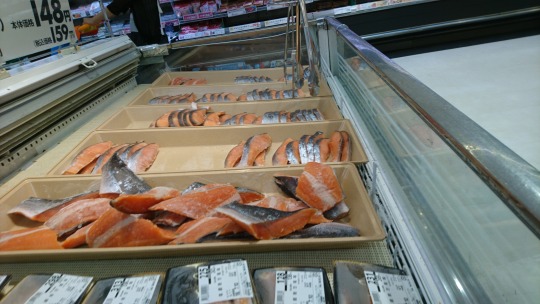
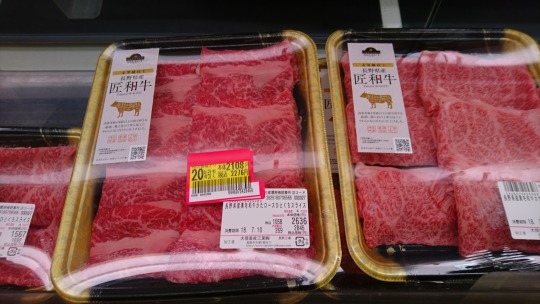
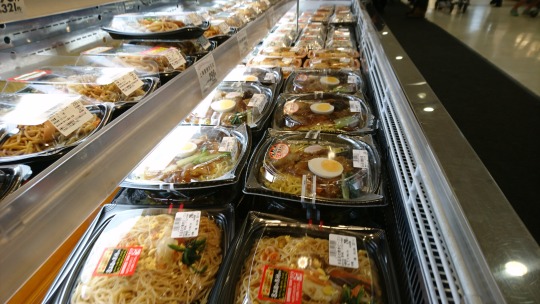
Each time I step foot into a supermarket I realize how fortunate I am that I don’t live here, because I’d probably be bankrupt within the first week or so from attempting to buy half the stuff in the market. I mean, LOOK AT THAT BEEF.

Obon festival lanterns!

I’ve been eating at this Yakiniku house all the time since I was a kid. Until recently, I haven’t been able to return to the village, so I did miss this place a lot. Up until today it has the best yakiniku I’ve ever eaten ;w; For the curious it’s called Chikumaya (千曲屋)!
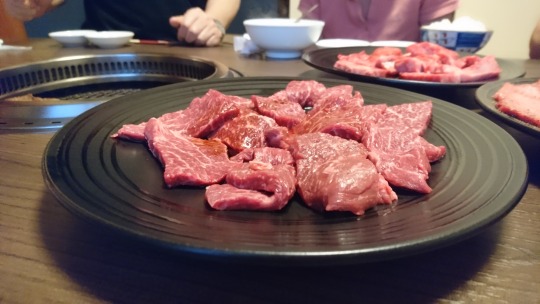
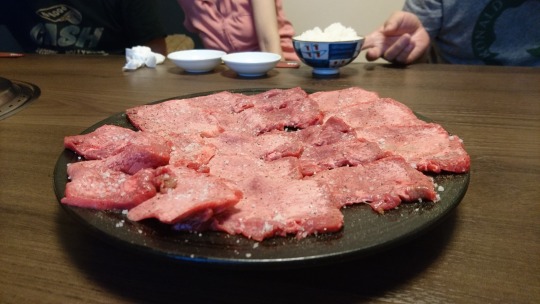


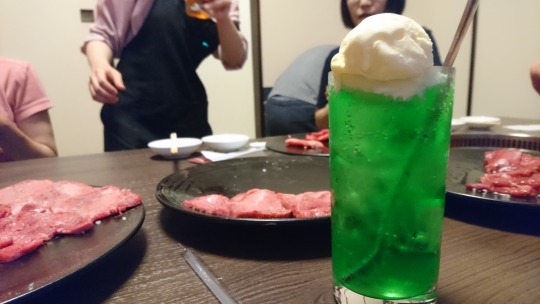
I’d probably make it a point to come by here every now and then! My favourite beef was the Karubi beef!

Cozy Corner cake for supper!! I was so full that when I lay down on my back, I felt like a turtle
That night I saw a starry sky for the first time in my life!!

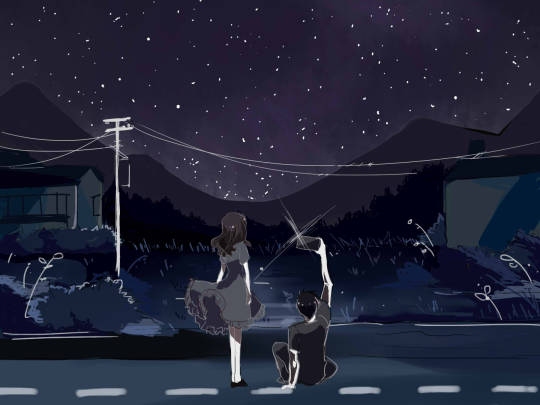
[photo taken by my brother]. The phone camera quality does the scene no justice. But it was REALLY amazing, since all around, the silhouettes of the houses and mountains were actually blacker than the night sky. There were so many stars that the sky seemed more GREY than anything. The clouds also parted in a way that almost made it seem like there was a galaxy in the sky.
We counted loads of constellations, including Virgo, the Summer triangle, and we also probably saw Mars, Jupiter and Mercury or Venus. My brother studied astrology as a module in university, so he was telling me which constellations were which. And we sat there for hours by the roadside, just talking about how to read stars, which constellations were which etc. It was a really refreshing experience!

[Photo by my brother] This gave me a lot of Totoro vibes (the part where the Catbus appeared for the first time while Satsuki and Mei were waiting for their dad)
Day 4: Travel to Ise
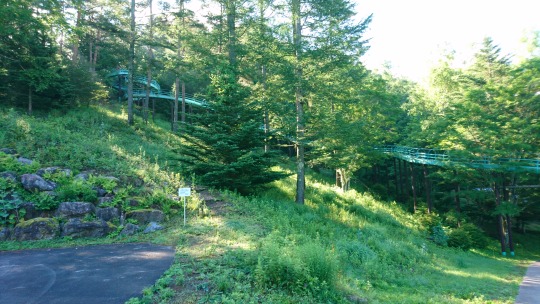
The next day, we had to leave early, but my dad brought us to a place we frequented in our childhood since we had a bit of time. There was this mega-large slide which took approximately one minute for us to slide all the way down. We had to climb a large hill just to hitch one ride on it!

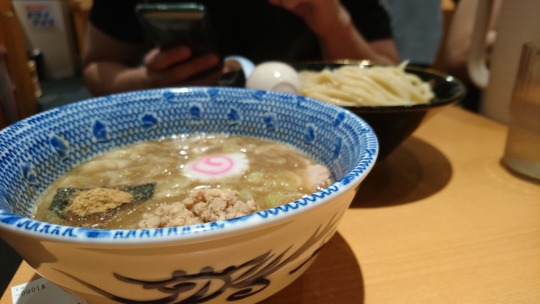
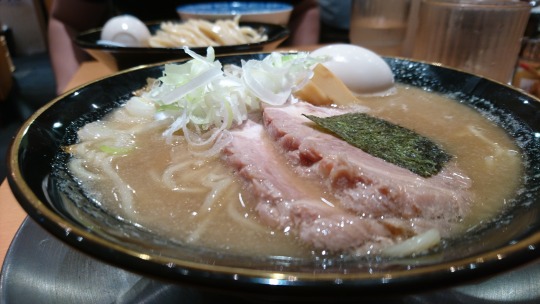
We left for Sakudaira station after this to go to Tokyo for a transit to Kansai soon after, but I’m sure I’ll be back here before long!
There was a really long queue for this ramen shop in Tokyo station, so we decided to try it! Apparently, it’s quite famous! It’s called 六厘舎 (Rokurinsha), to those interested! The broth was really good! The egg tasted like it had alcohol in it, but my absolute favourite was the CHASHU.

HARRY POTTER POP-UP STORE (anime style). I COULDN’T BELIEVE MY EYES. I wanted to take the entire stand home!!!! They had many of the popular characters, like Draco, the Marauders, and I think even Regulus Black! I was hoping to get Luna, but they didn’t sell her, so I settled for Hermione and Ron! I think the store owner was amused because I kept running back to the shop to buy new things
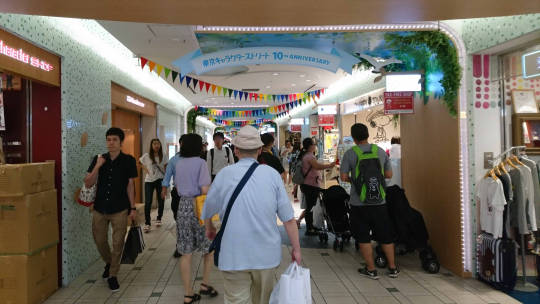
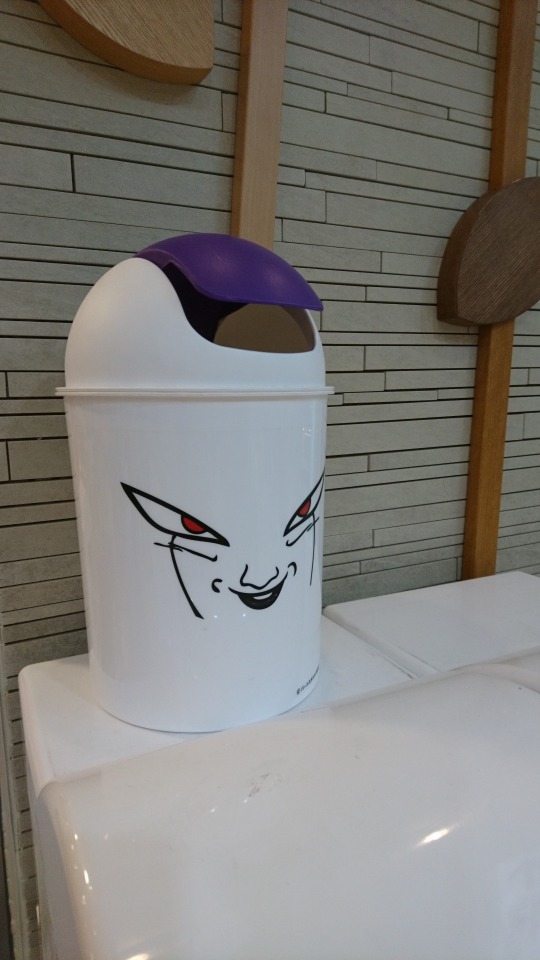



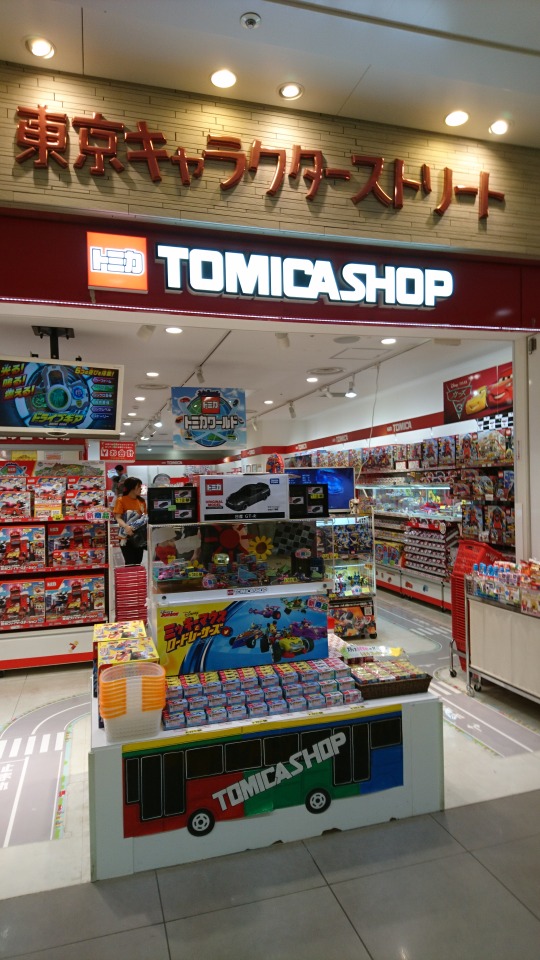



CHARACTER STREET! I have come back for you. Since we only had about two hours before the next train ride, we couldn’t really explore anything in detail. So I decided to loiter in the Ghibli shop!
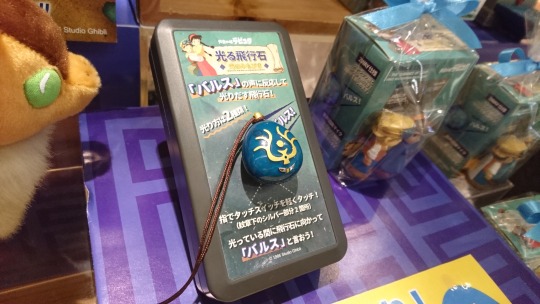
This medal reacts to “Barus!” (words of destruction). The product makers have an interesting sense of humor

The match boxes were AESTHETIC
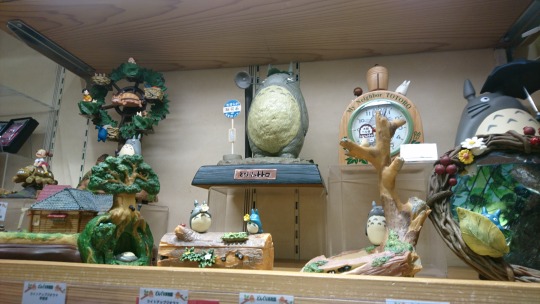
I WANT EVERYTHING
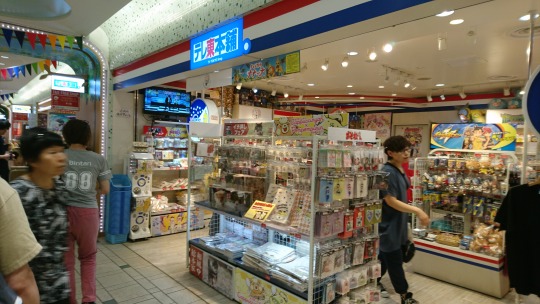

There were some OSomatsu-san stuff in one of the shops, but I didn’t have time to stay and look! ;w;

Self control….. self control…..


[First photo by my brother]. I ate at Italian Tomato Cafe Jr. a really long time ago at EON Mall (but that outlet has since disappeared), so I was happy to see it in Tokyo Station! Their shortcake was just as good as I remembered!
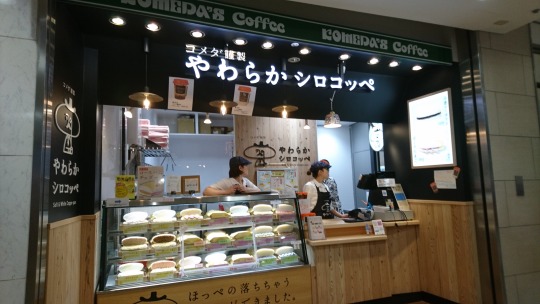
Hoho. Komeda Coffee. I’ll be back for you one day…
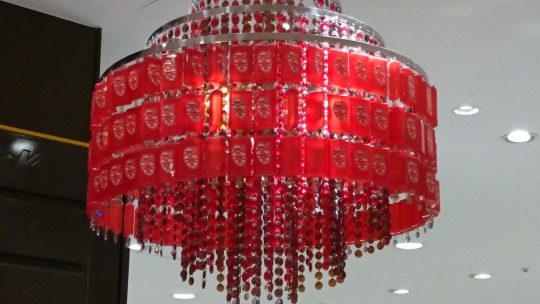

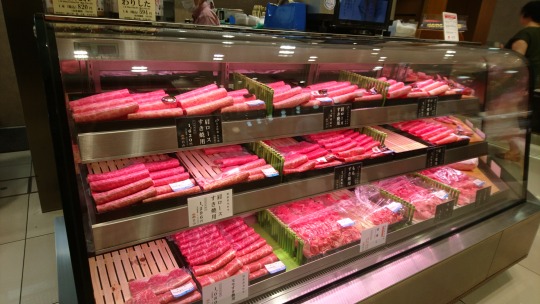
Some of the things that fascinated me in Tokyo Station. Yes. That is a chandelier made up of kitkats, and that is PORK JERKY

TIME TO GO TO KANSAI! We hitched a ride on the Hikari bullet train! This one was slightly bumpier than the one we took to Sakudaira because of the terrain. It was interesting because our ride took place along the Toukaidou, which connected Kyoto to old-time Edo (Tokyo). Apparently, Tokugawa created this system that made the feudal lords move from Kyoto (the emperor’s place) to Edo (Tokugawa’s residence), so the economy of Japan boomed along this area. Stuff like Woodblock art and Kabuki became famous along the road.
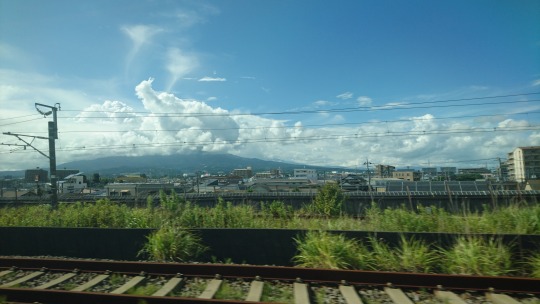
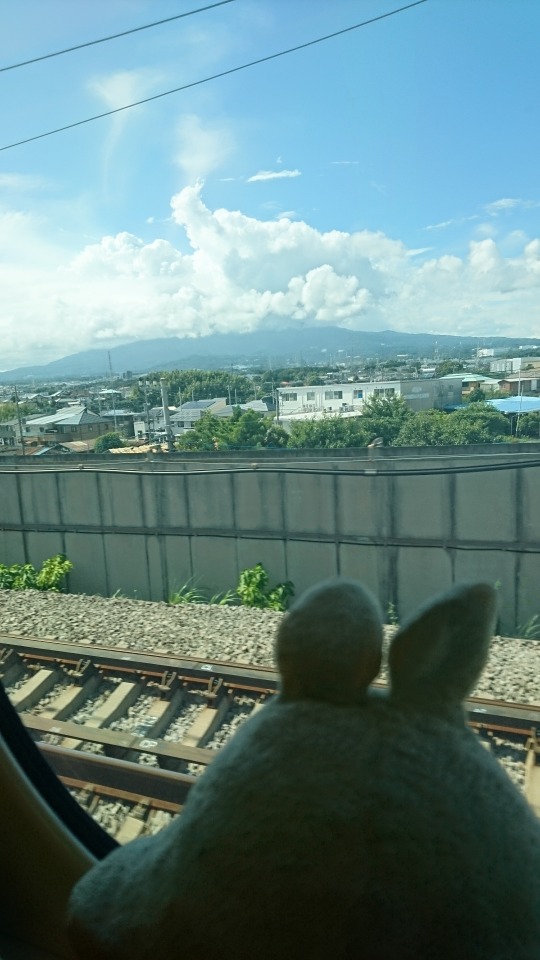
We passed by Shizuoka, and we suspect the mountain blocked by clouds is Mt Fuji!
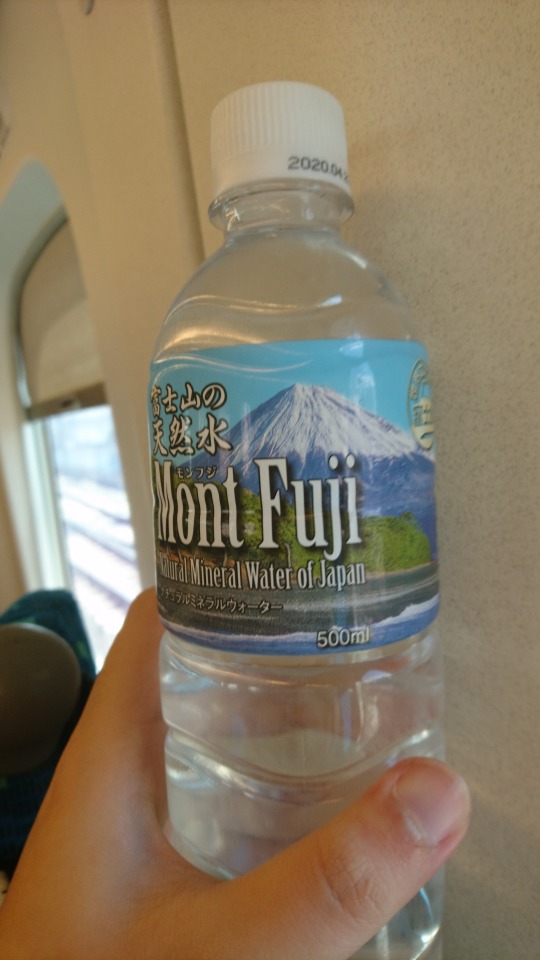
Well, if I can’t see Mt Fuji today I’ll just have to settle for the picture on this bottle
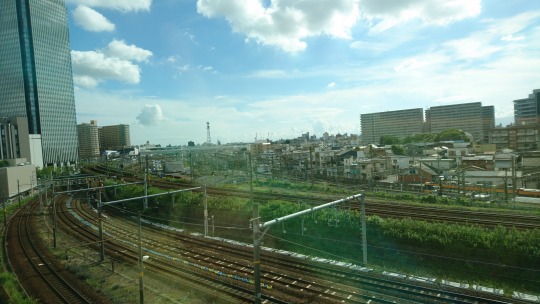
We’ve hit Nagoya!
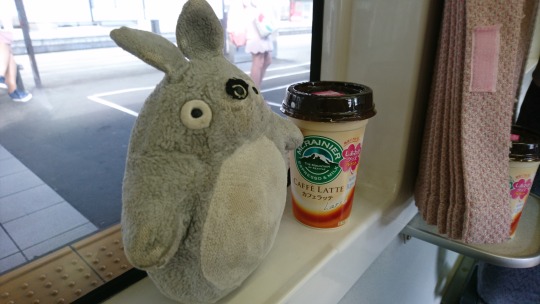
We took another train to Ise! It seems like we’ll be travelling the entire day today! So I got a Café Latte to stay awake!
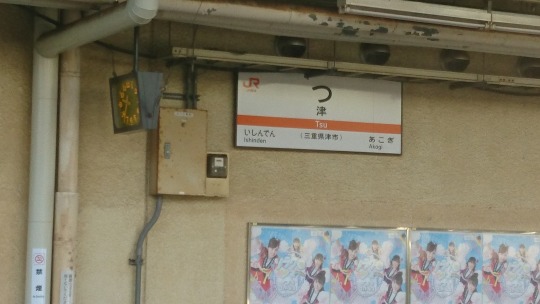
On the way we passed by Tsu: a station with only one syllable

The sky has become a lot prettier!

By the time we’ve reached Ise it was evening! This place feels really mystical—all the street lamps had windchimes in them, so each time there was a breeze you get this really lovely chime in the air. To the curious, Ise is where the shrine of Amaterasu (The God of the Sun) is located.

My brother took a really nice photo of the lamps and the sunset, so I’m showing it off


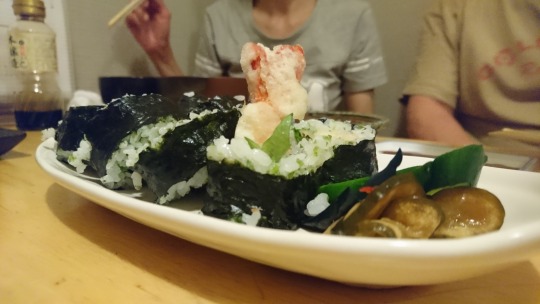

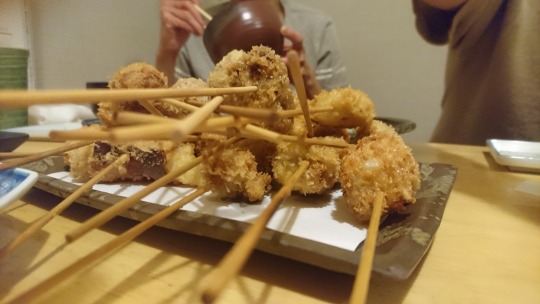
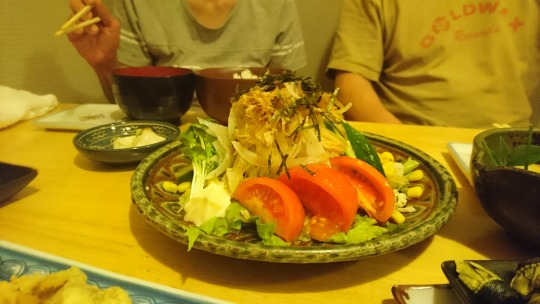


[last photo by my brother]. This is the first time I’ve ever eaten in an Izayakaya and I ordered…. ORANGE JUICE. But the food was super good! My personal favourite was the omelette! Everything tasted home-cooked and the bill was really cheap! For those interested, the restaurant is called とばっこ (Tobakko).



We stayed at a really neat AirBnB! The furniture was sparse (if you ignore our laundry), and it was at a very good location. Our hostess was really helpful in helping us to find places to visit as well!

Found this in the nearby Family Mart! I would buy you if I lived here, Hijikata… At this moment I’m eating five meals almost every day..
Day 5: Ise Jingu
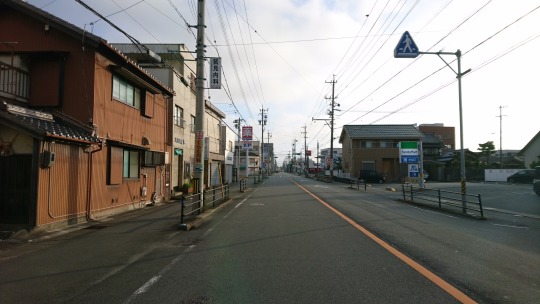


We set off at 5am the next day I was near Death. From hereon we would repeat the cycle of waking up at 5-6am and arriving home at 11pm for the rest of the vacation. The good thing about it is that the streets are completely empty


It was a nice walk to the shrine! One nice elderly man on a bicycle said “Good morning!” to us and that brightened my mood for the rest of the day!

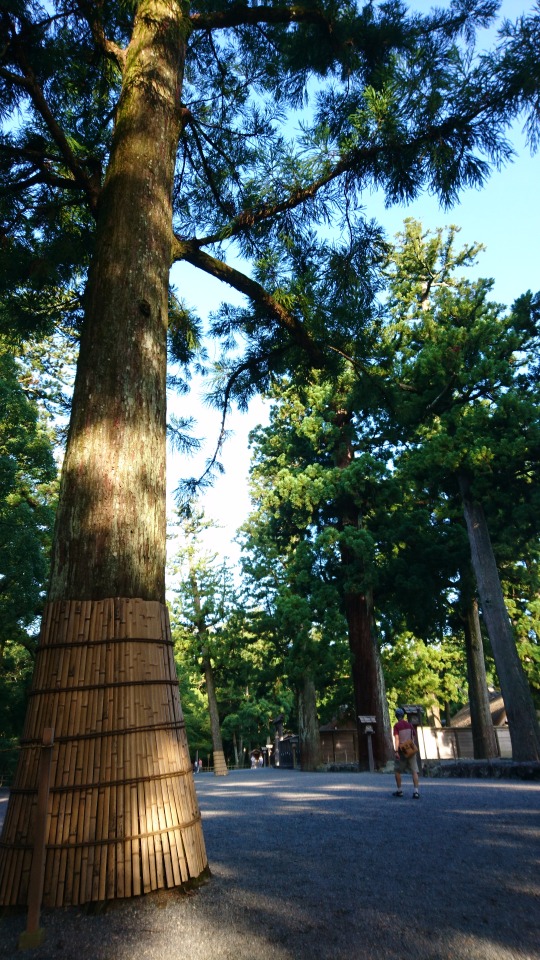


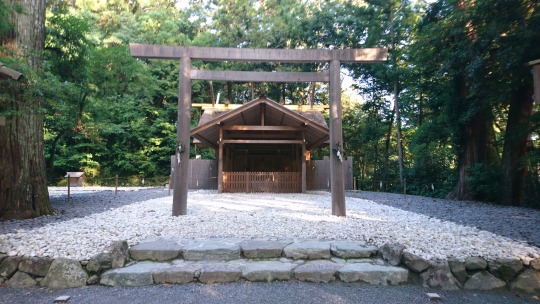
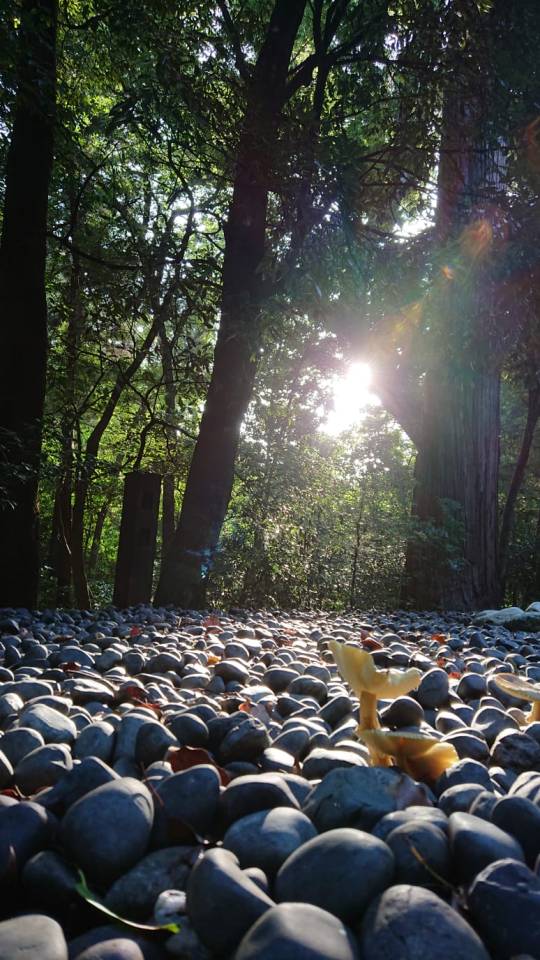
[last photo by my brother] Here we are at 外宮Geku shrine! This one is dedicated to Toyoukeno Oomikami, who takes charge of Amaterasu Ookami’s food, clothing and shelter! The place was really quiet and serene. It felt a lot different from Meiji Jingu, which was always filled with people. There were multiple offering spots in the shrine, and the main gate bans us from taking photos. The vibe here is really mystical and it feels powerful

We waited for a taxi to get to naiku! That’s Amaterasu Ookami’s shrine. The taxi on the sign looked like it was smiling. Our driver spoke in Kansai dialect – I was a little surprised to know that it’s not just the words, but the intonation had also changed!



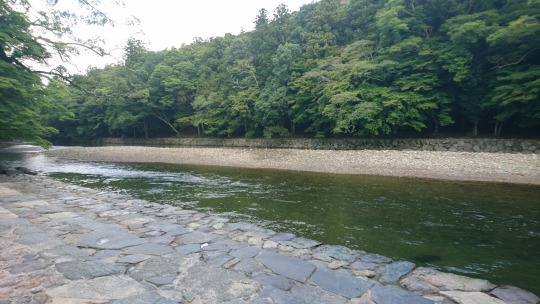

This was a lot bigger than Geku! Like Geku, we were forbidden from taking photos of the interior shrine. One of the offering places was to the Wind God, Fujin, who apparently helped to expel the Mongols from the Japan seas in the 13th century! There were more people here than at Geku, but it still had that really mystical aura. I might come here again when the weather is cooler!
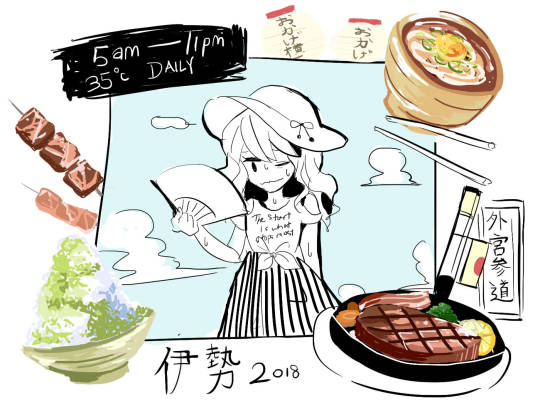
Well, since we left the house at 5.30am we were finished with Naiku by 11am HAH. We had lots of time to explore Oharai Machi, which is located right outside Naiku. But because of the hot weather, the fact that we didn’t eat breakfast, and the little rest we had, I was about to drop dead at this point
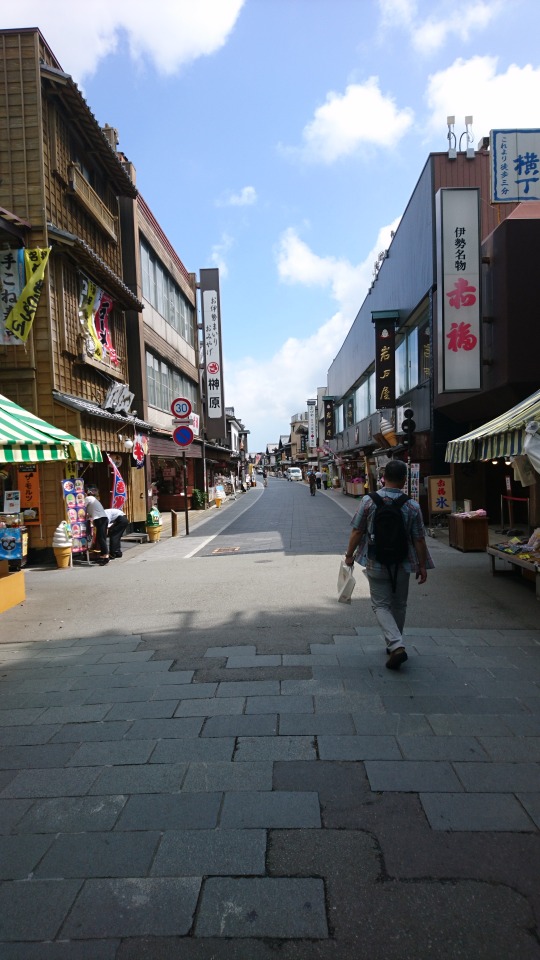

So Oharai Machi used to be a purification and dance/singing centre dedicated to the Gods of Ise Shrine, but today you can find loads of food shops and goodies. The vibe of the place feels super retro and I love it! I caught one or two Halal shops that sell Japanese oden and kushi sticks!


[last photo by my brother] We ate some sweetened ice to cool down after the Naiku trip! They were really generous with the portions and their red bean snacks were DELICIOUS. I don’t usually like this sort of traditional sweets but I couldn’t stop myself from wolfing this down. The restaurant is called Akafuku (赤福) - at least, that’s what the signboard seems to say!




Yeah, I really like the aesthetic of this place. I live for street Udon tbh
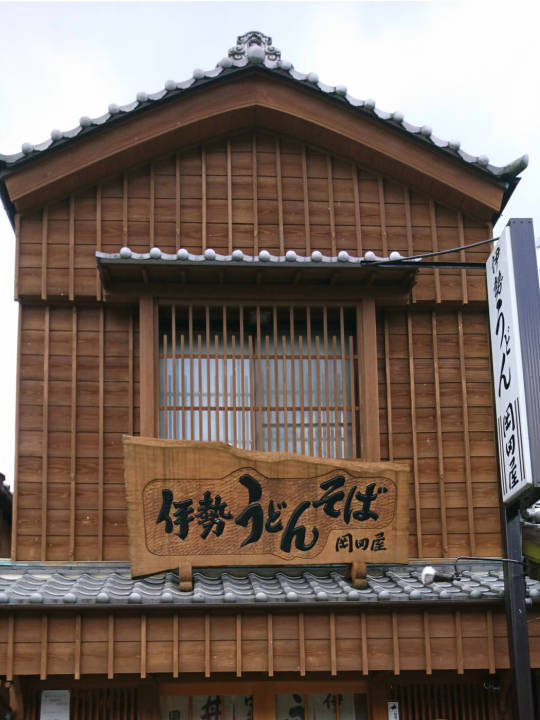


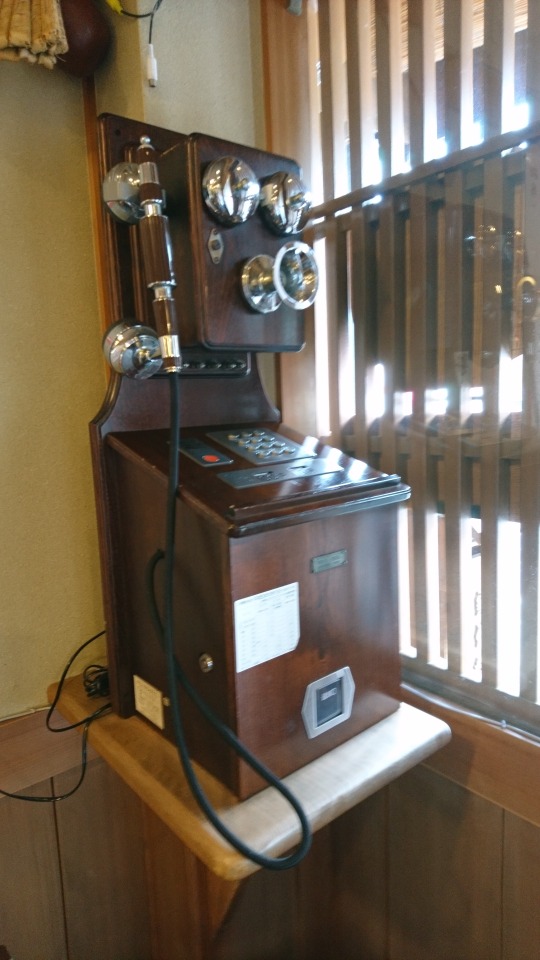
We chose to eat at Ise Udon Soba Okadaya (岡田屋)! A sparrow flew into the shop the moment it opened so I guess we were the second customers for the day lmao. THE UDON WAS REALLY REALLY GOOD. It had a really chewy and soft texture and it became more and more delicious the more you ate it; it was surreal. It didn’t taste like all the types of Udon I’ve eaten before. I’m so sad that I can only eat it in Ise and not where I live. I will definitely be back for more argh. 110% WILL RECOMMEND. It’s pretty cheap too and in my opinion, it’s best to eat it without too many toppings. Maybe just an egg with garnishes will do
(The store had a retro telephone booth)
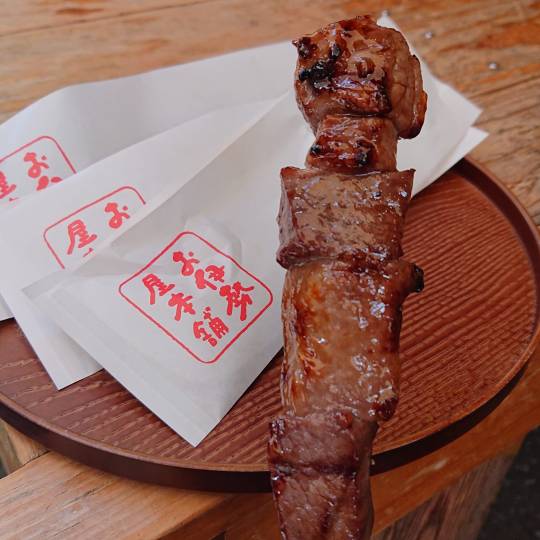
[Photo by my brother] We ate Matsusaka beef and ONE STICK COST 9USD. INSANE. But it was really good and chewy and I’ve never had better beef in my LIFE
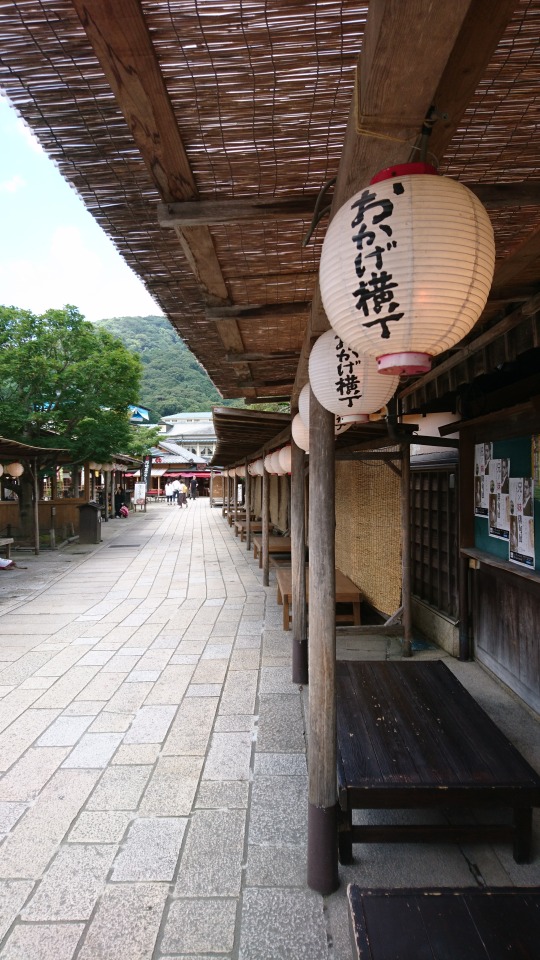

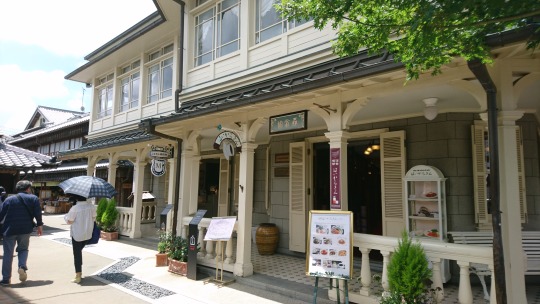
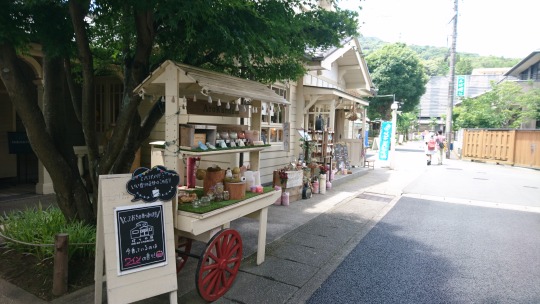

Okage Yokocho is an area in Oharai Machi! It looked a little bit like a festival! They had a rifling booth which I wanted to try, but I was trying to save money so I decided against it. Lots of fancy buildings here!

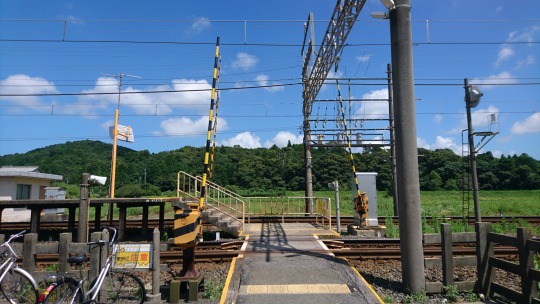

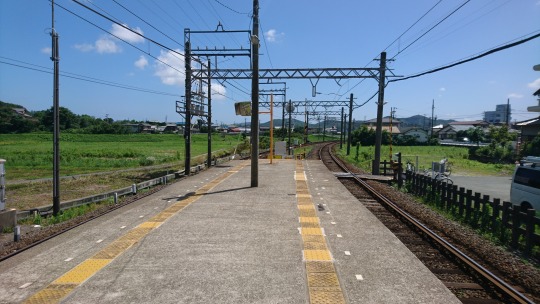
We went to Kaminogo Station because our host recommended another shrine! The weather made me feel like I was swimming in a volcano, but the clear skies make it worth it! I could take photos with my eyes closed and it’d still turn out pretty

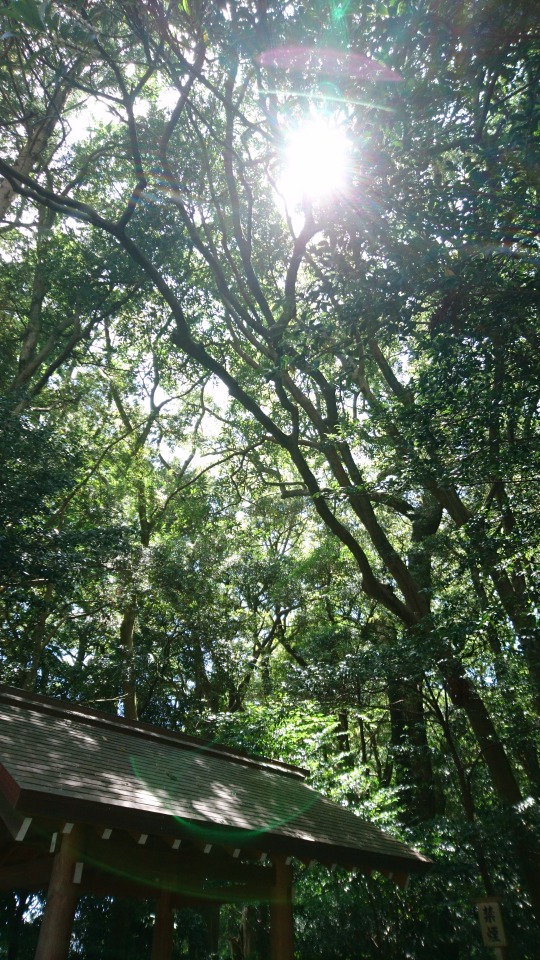

Here’s a bit of what was inside of the shrine! It was significantly cooler in temperature than Naiku and Geku. There were bees buzzing around here and there. The walk was less intense than Naiku and Geku but I was starting to get tired around this time
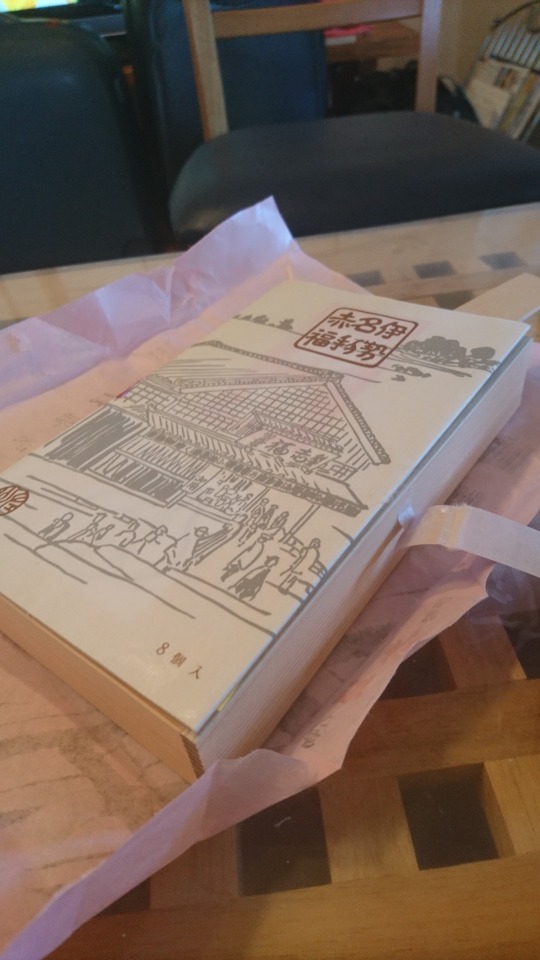


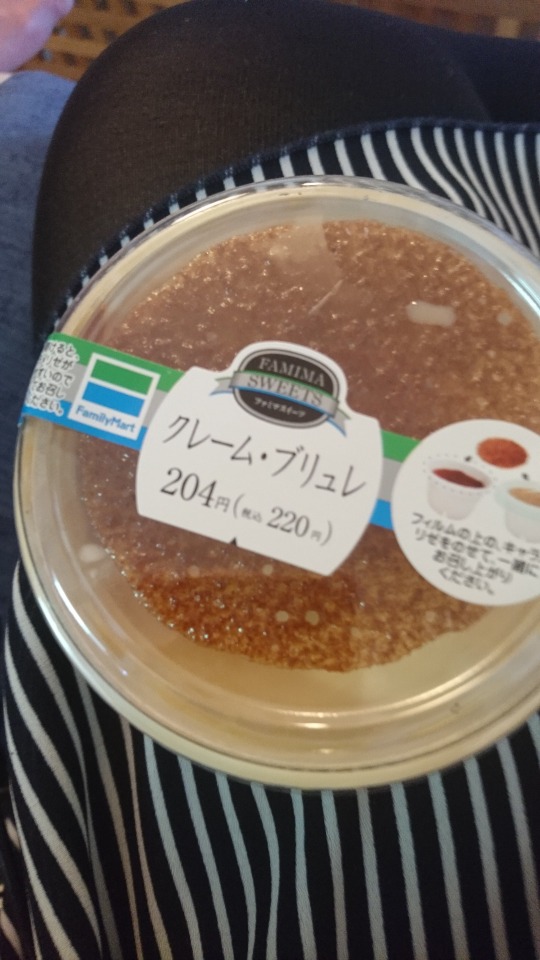
So we returned back to the apartment to pig out.

Only for us to leave about two hours later so we can eat… AGAIN. The sky was really pretty. I guess one good thing about summer is that you get really pretty skies




Guess what we’re having: Matsusaka BEEF! Apparently it’s one of the THREE BIG BEEF along with Oumi Beef and Kobe beef. Which means it’s expensive as hell but you only live once I guess. The restaurant was called Ishikawa 石かわ and it’s famous for Matsusaka Beef!
The restaurant had a really quaint feeling you would get from a sleepy little town. The chef pan fried the beef on a sizzling stove. I WISH I HAD A BIGGER PIECE. The beef was so chewy and the sauce was so good I made it a point to keep the meat in my mouth longer than necessary. The vegetables were also really fresh so it added to the taste! EVERYTHING WAS PERFECT. This was probably one of my favourite things I ate along the entire trip. Top 3 for sure

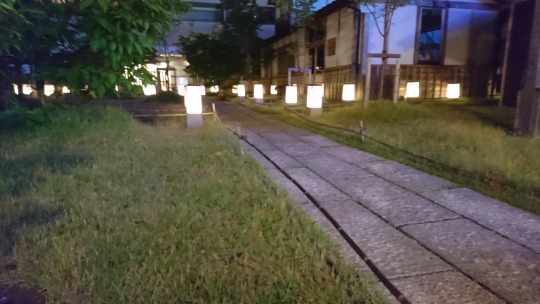

Ise is just as mystical at night time!
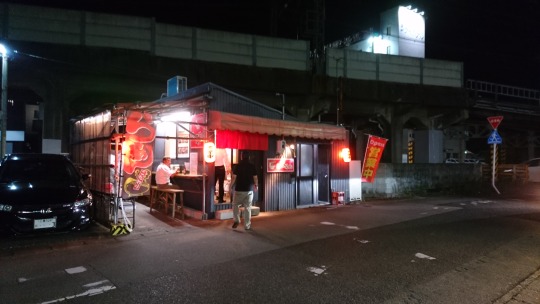

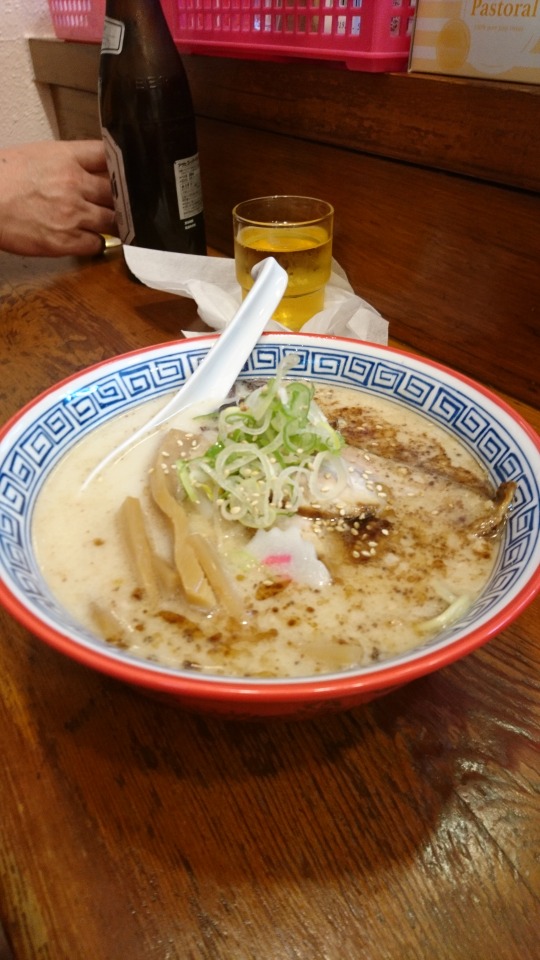
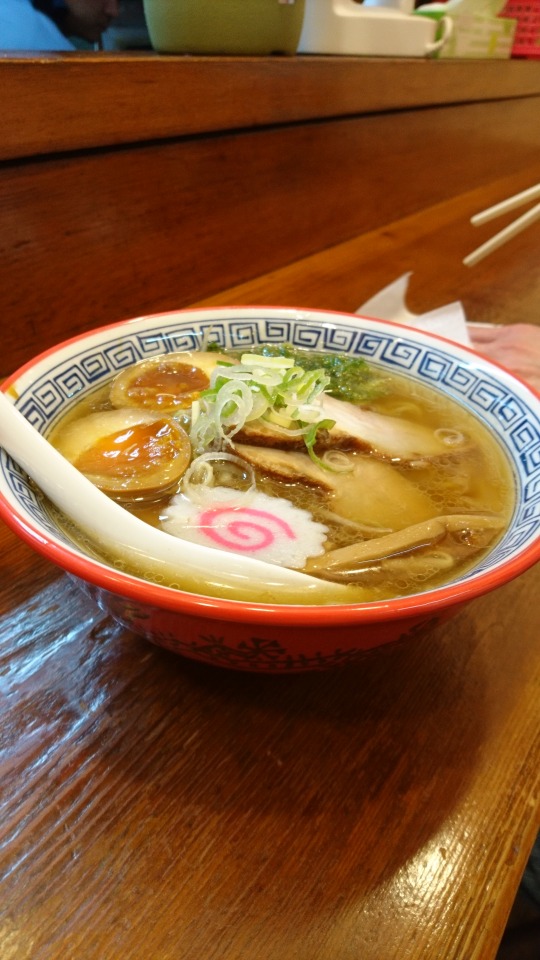
Aaaaaand we went to eat ramen for supper. This is the same restaurant as Tobakko, except it was a Ramen booth instead of an Izakaya. It had the roadside street stall feeling to it, and the ramen tasted really nostalgic! There was only one man running the shop so he must have been very busy
Day 6: Nara and travel to Osaka

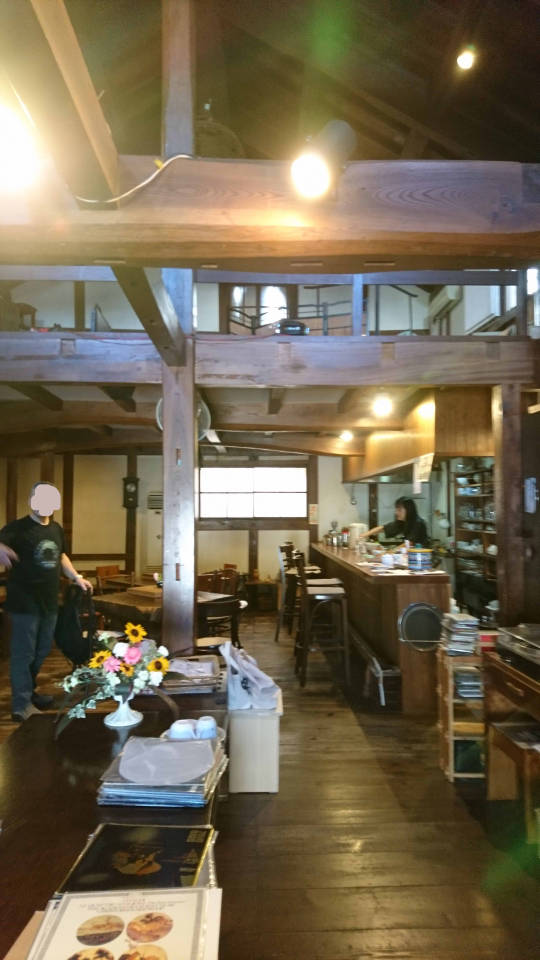

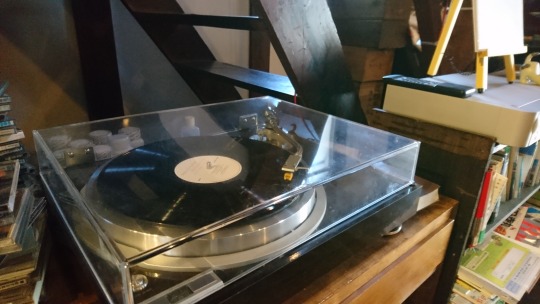
The next day we woke up early to go to our host’s café! It was located deeper in the alley where the apartment was situated. I REALLY liked her decorations!

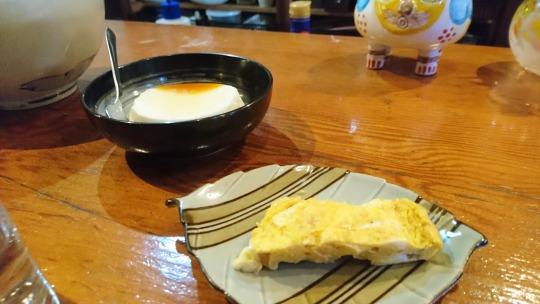
She cooked for us Ise Udon and many other side dishes like salad, omelette, and tofu pudding! It was REALLY cool because we were the only people in the café at that hour, so we could spend a lot of time chatting with her. I’ll miss this place and our hostess when we’re gone! ;w;

We traveled to Nara on a one carriage train called Yamashiro Reccha! [photo by my brother] All the blinds were drawn so the carriage was dark and my dad kept making murder mystery jokes


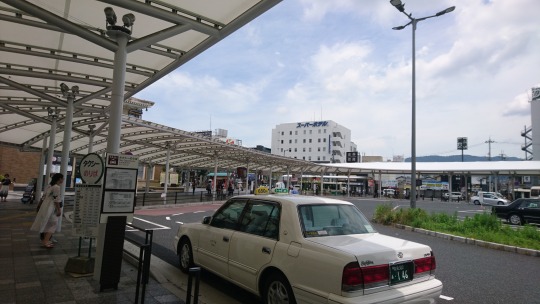

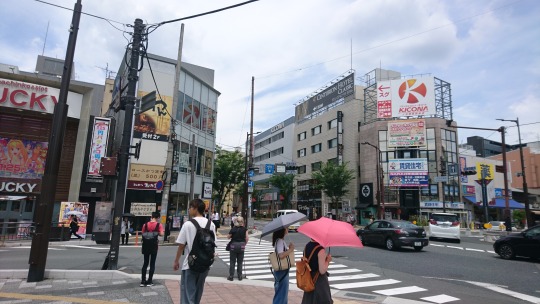
WELCOME TO NARA. You can almost tell from the staircase what this place is famous for; I’ve never seen wild deers before in my life so I’m really excited!! Unlike Ise, Nara seems to be a town instead of a countryside, so the vibes are pretty different
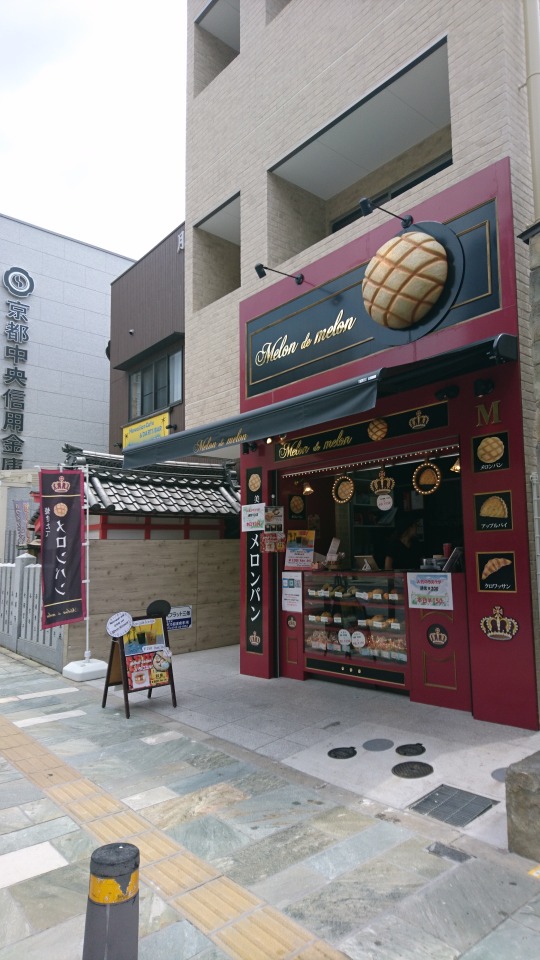
Here sells nothing but melon bread. I want to live in this stall
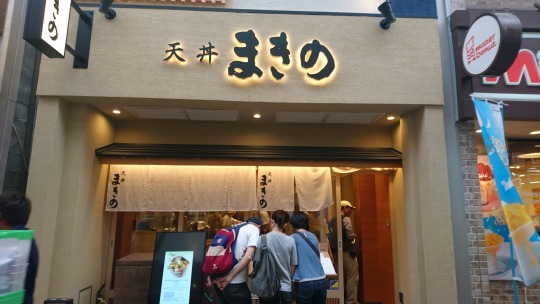

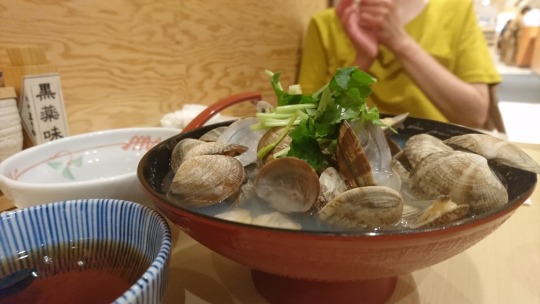


[Last photo by my brother] The tourist center recommended that we try 天丼まきの (Tendon Makino) for Tendon since it was a popular tourist destination. I swear to God, this is the BEST TENDON I’ve EVER eaten in MY LIFE. I’m not fond of octopus but I ate everything up in one go. There was a fried egg in the bowl you could crack open and spill all the yolk everywhere. Literally this is something I’d never get sick of. I could probably eat it everyday for the rest of my life.

MISTER DONUT. I will have you one day….
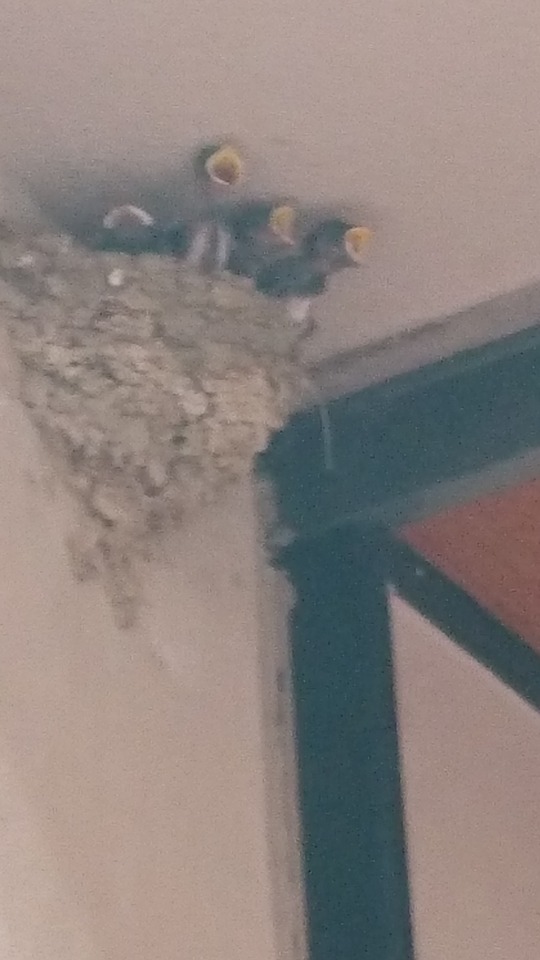
One of the stalls had a sparrow’s nest near its opening gate! While the sparrow chicks were cute as sin, I sort of pity the poor sparrow for making its nest in the middle of a tourist district
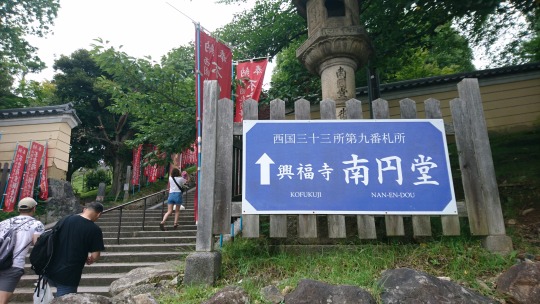

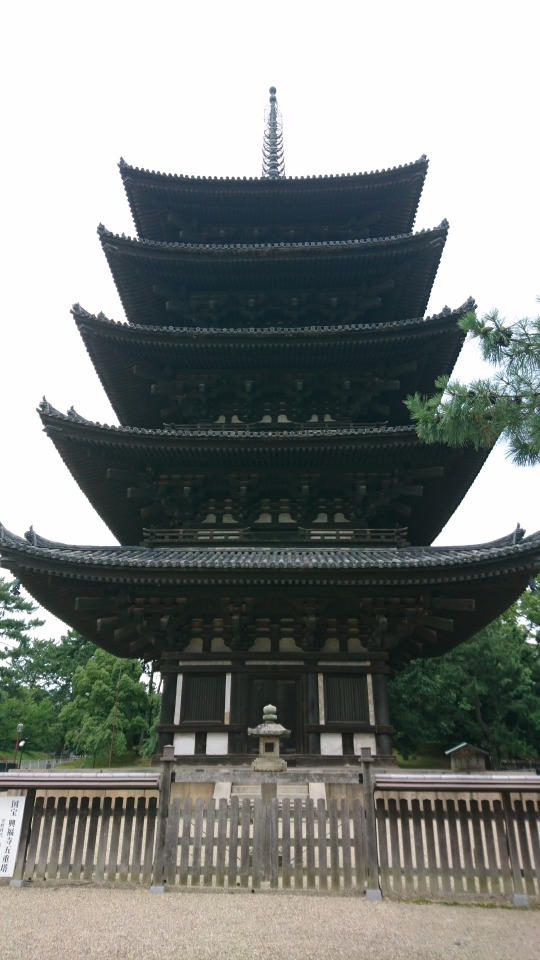
We stopped by Kofuku-Ji Nan-en-dou 興福寺 on the way to Nara deer park! The architecture of the tower seemed really old! It seems there are lots of old buildings (dating to before 16th century) in Kansai
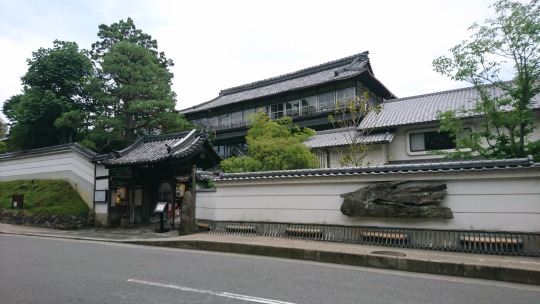
A really nice looking hotel called 菊水楼Kiku-sui-rou. It seems they have a very high rating for their hospitality and their food!
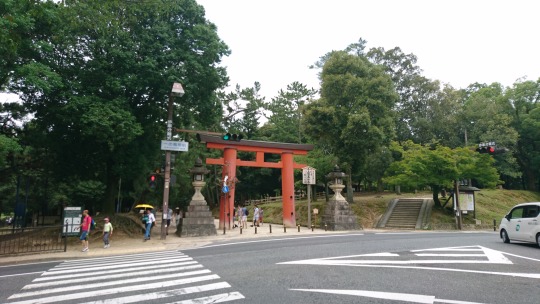
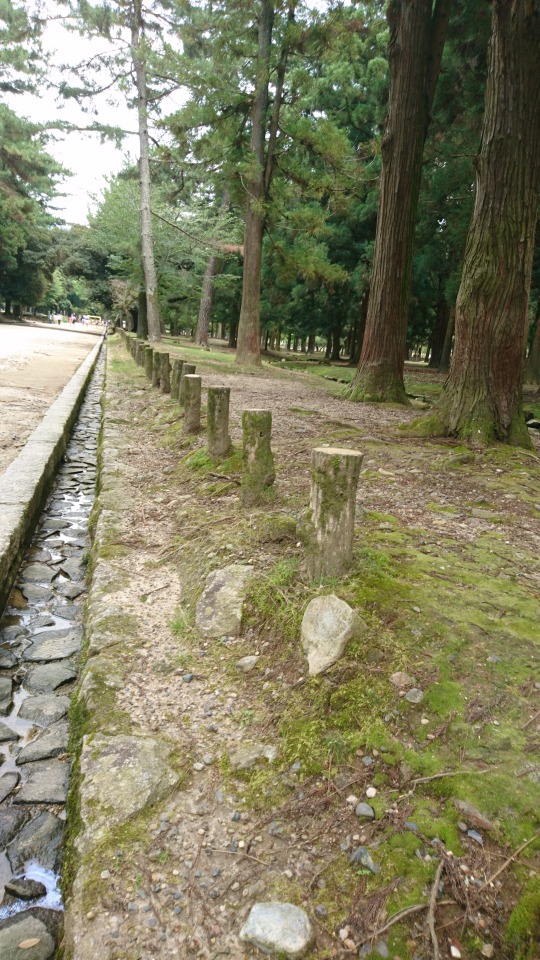


We arrived at the gates of 春日大社(Kasuga Taishi)! And I SAW MY FIRST DEERS. I didn’t dare to approach them since I thought they would run off, but silly me, they were probably already accustomed to having people around.
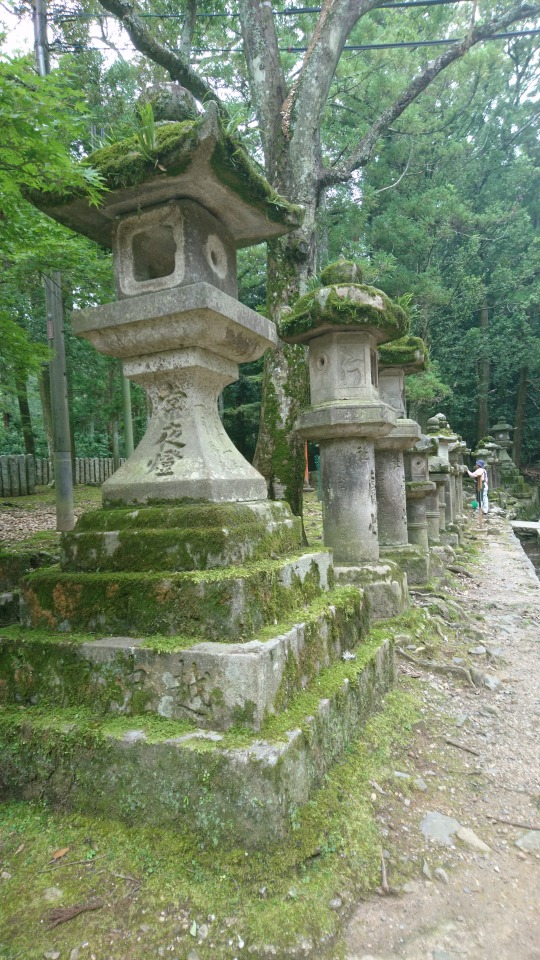



More deer and shrine stuff! The deers are literally everywhere. And there are lots of tourists too! The awkward part was that there were tonnes of deer droppings everywhere, so you could step on them if you’re not careful.

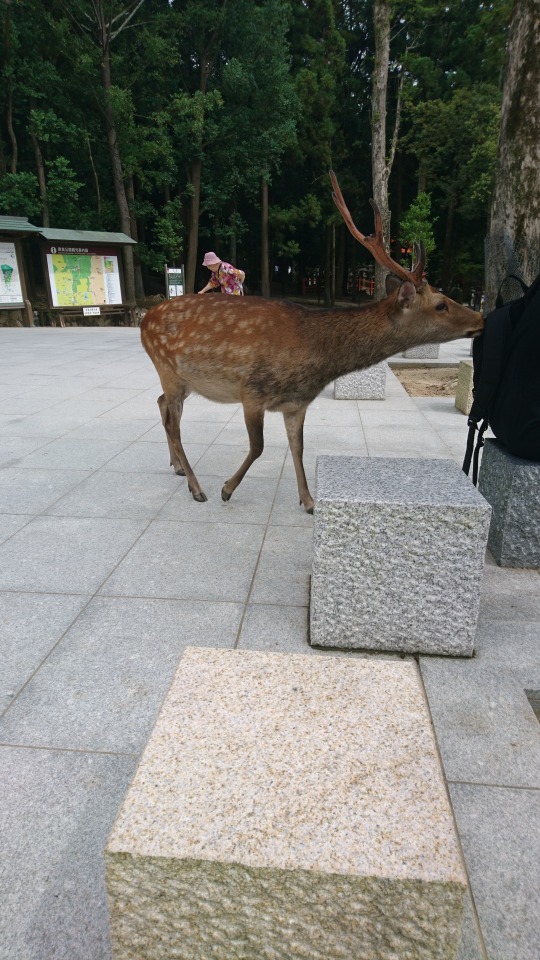
There was a rest stop at the shrine, so we sat here to cool off a bit. Then this deer appeared out of nowhere and started sniffing my dad’s bag. He was sniffing every single human he came into contact with. Then he came up to me and began to sniff my plastic bag.
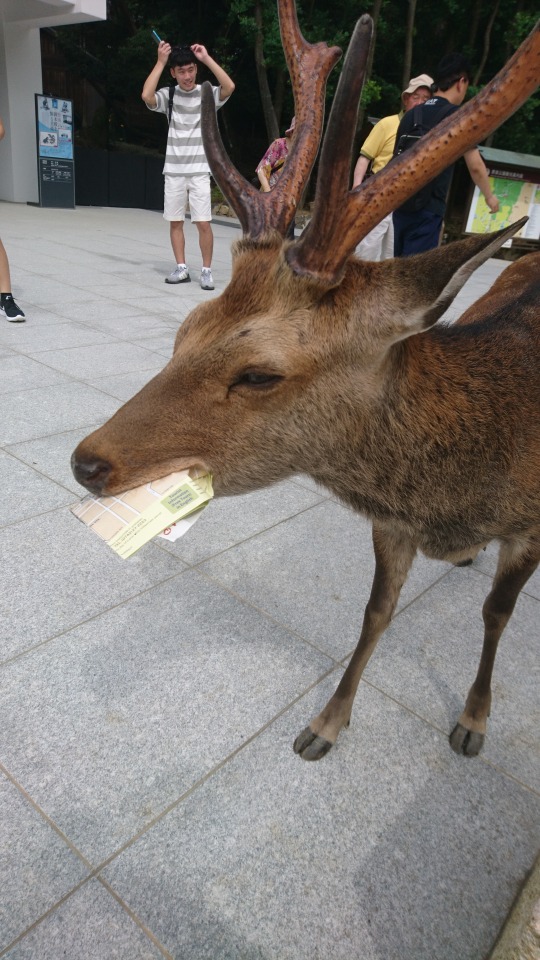
THEN HE RIPPED IT APART AND ATE OUR MAP.
I hope it was at least a little bit nutritious but now we hae no directions


We had ice-coffee and ice-cream at the rest stop after that!


So we walked down from the hill after that and played with some deers! This one kept following me. I’m sorry, I don’t have a biscuit for you but I can give you attention if you’d like!

Deers crossing the road! And the bus gave way to them

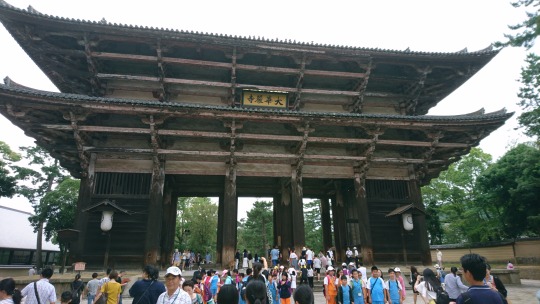
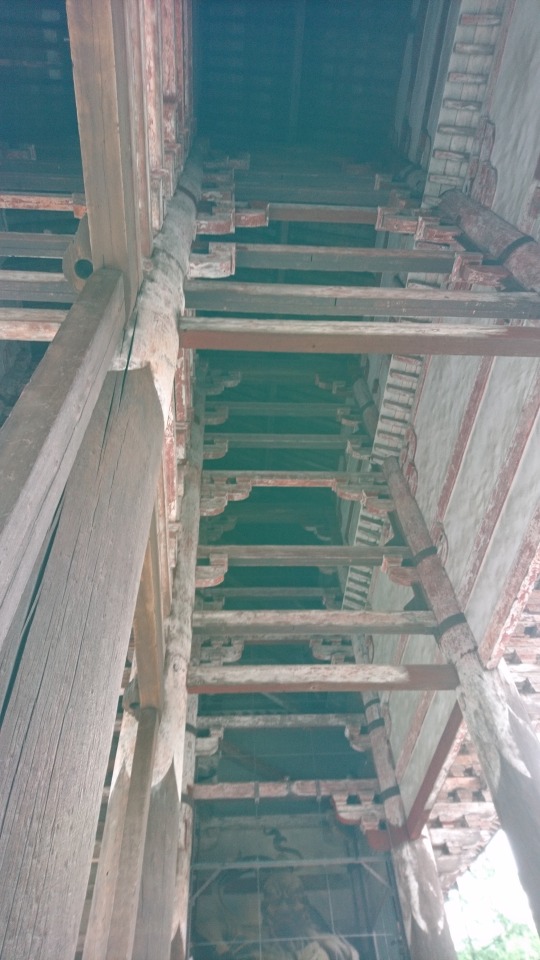
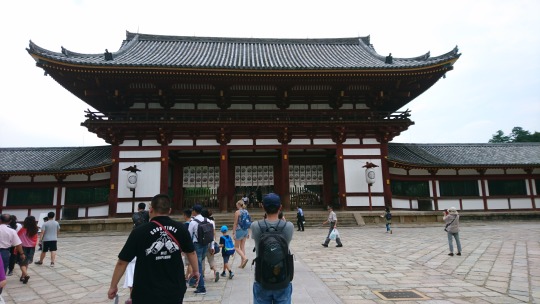
On the way to 東大寺Toudaiji!



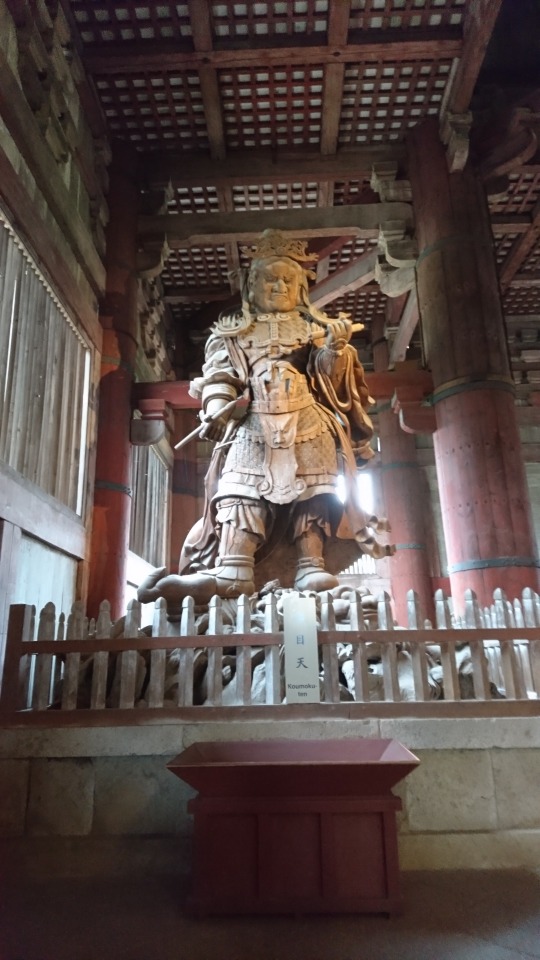


Toudaiji houses the world's largest bronze statue of the Buddha Vairocana. The statue was at least ten times taller than me without exaggeration!! I also really liked how old the building seemed to look! It seemed really ancient

We headed out of the temple and this deer stuck his tongue out. What message are you trying to relay, friend?

We returned to Nara station soon after that and took the train to Osaka! We’ve been taking so many trains that the JR Pass is adequately used!
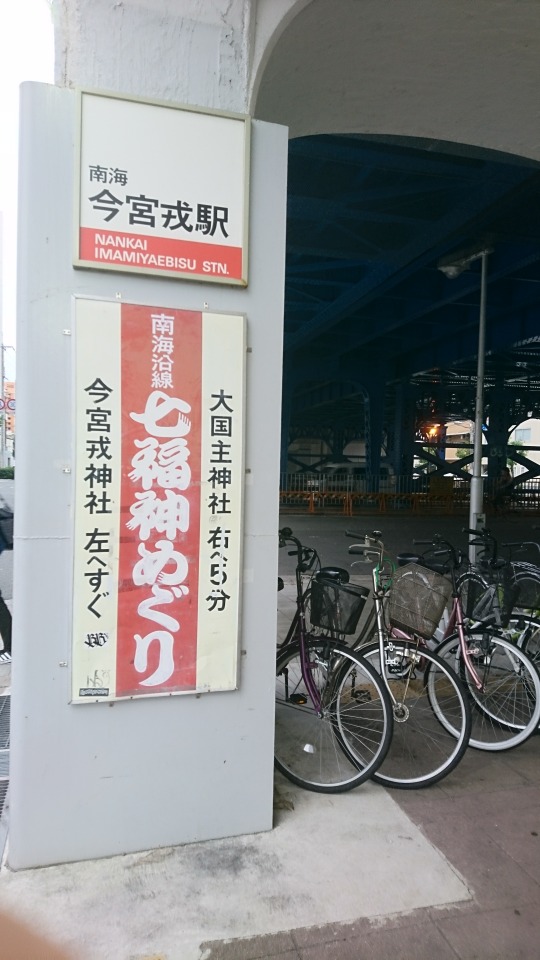

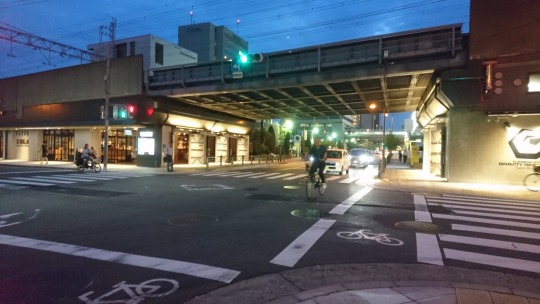
HELLOOOOO OSAKA


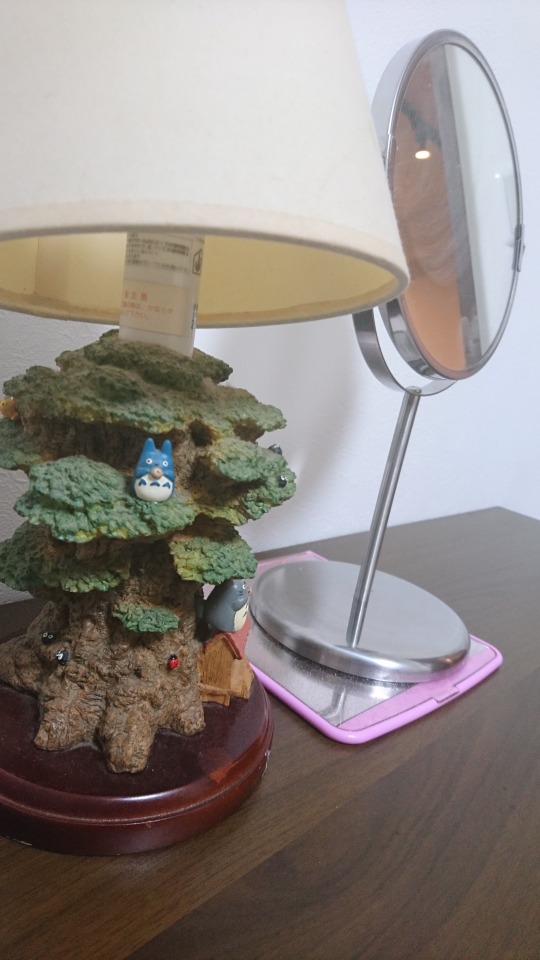


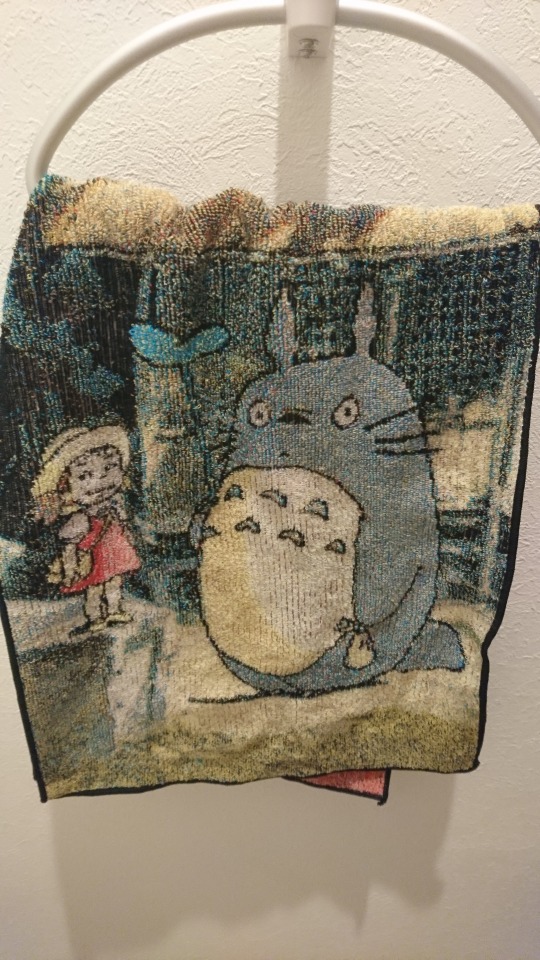
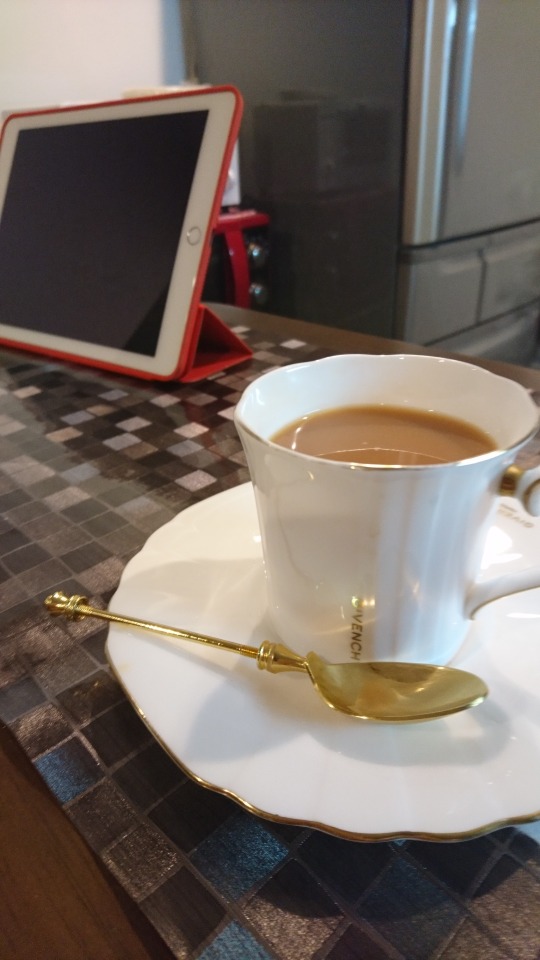
We arrived at our new AirBnB destination and I slept so soundly here!! Maybe it’s because I had my own room, but I love that we had the entire floor to ourselves! I also really liked the decorations she put all over the place! It’s really close to the station and Namba City so it was pretty convenient! Here’s the link if anyone is interested!



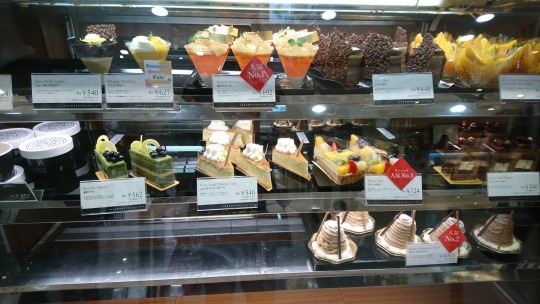
By the time we reached Namba it was already rather late! So we scoured the place in a rush. There was a Takashimaya somewhere in there which sold nice cakes!


The store Rope Picnic sold lots of cute clothes at 70% off because of summer sale! I felt like I held myself back from spending money just for this moment!! I would be coming here repeatedly over the course of the next few days!
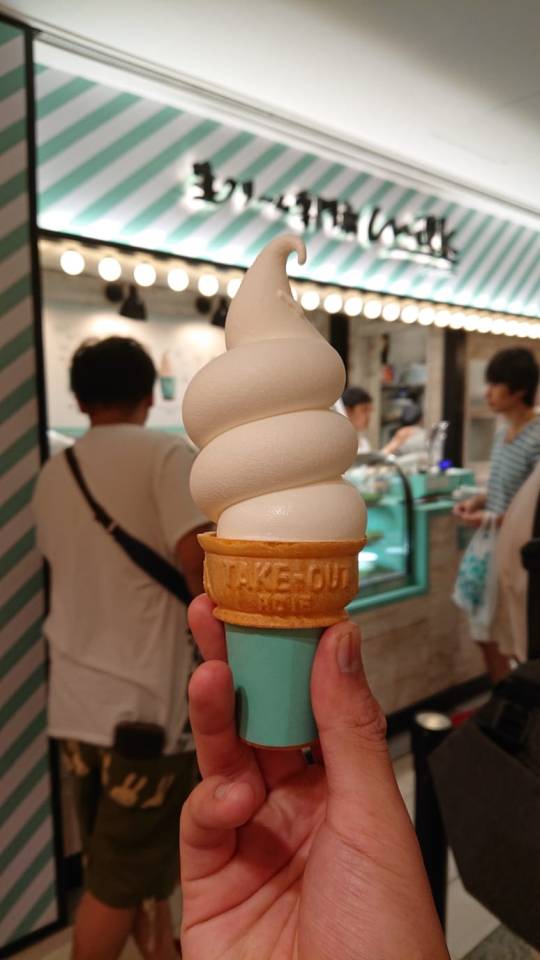
Meanwhile my brother ate some Milk Ice-cream that’s so smooth it looks almost like a toy [photo by my brother]

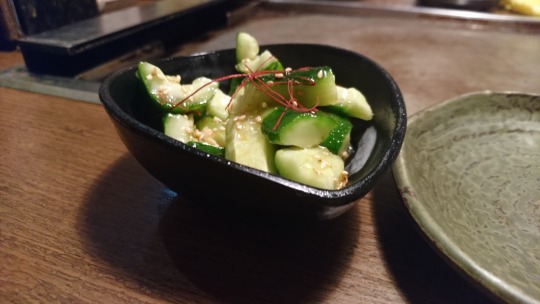
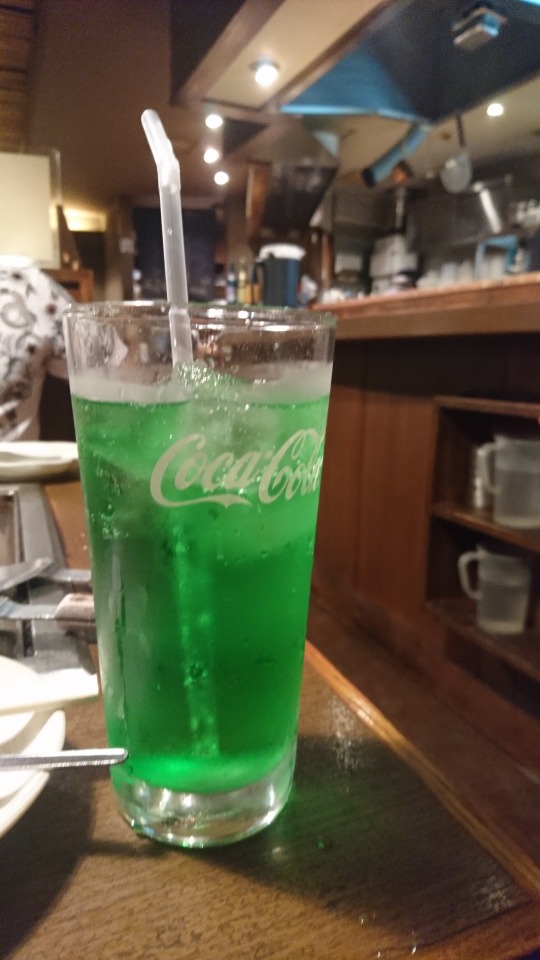




We decided to eat at 百十Momojuu since it’s a crime to go to Osaka and not eat Okonomiyaki! That is, we ordered Monjayaki instead because we didn’t know there was a difference. THE BEST DISH WAS THE TONPEI (Omelette with meat inside)! The Okonomiyaki (second last picture) was not ours, but the cook accidentally placed it on our grill. Overall the meal was pretty affordable! If I were to go back to Osaka, I’d definitely come by here again.
(The air ventilators seemed to suck smoke up in the air, so people could smoke in the restaurant without bothering the other customers!)
Day 7: Kyoto
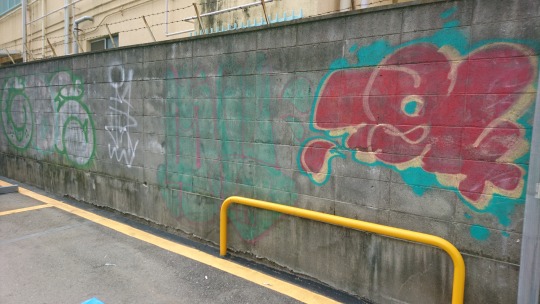

Some things I noticed and liked on my way to the station. Today we would be going to Kyoto. I haven’t been there since I was five but I remember bits and pieces of it!
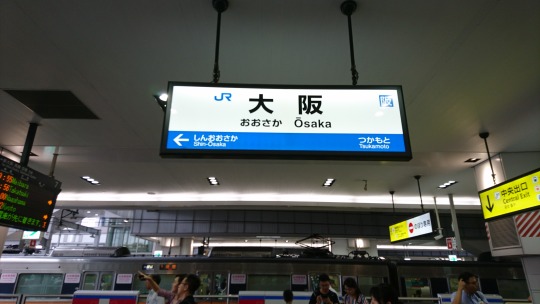
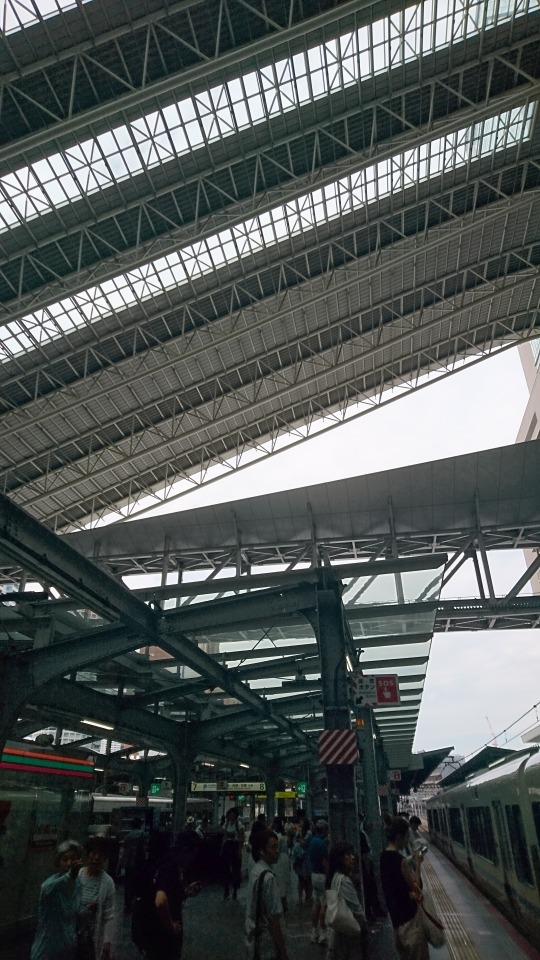
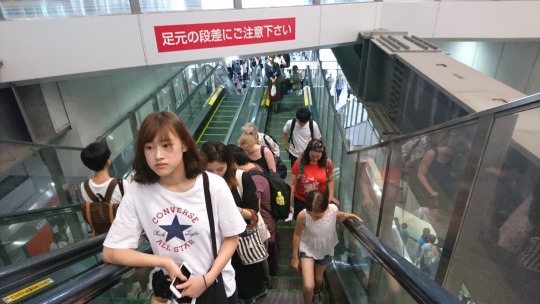
THE ESCALATOR AT OSAKA STATION IS SO TRIPPY. Apparently people in Osaka seem to stand on the right hand side of the escalators rather than the left? That’s really interesting!
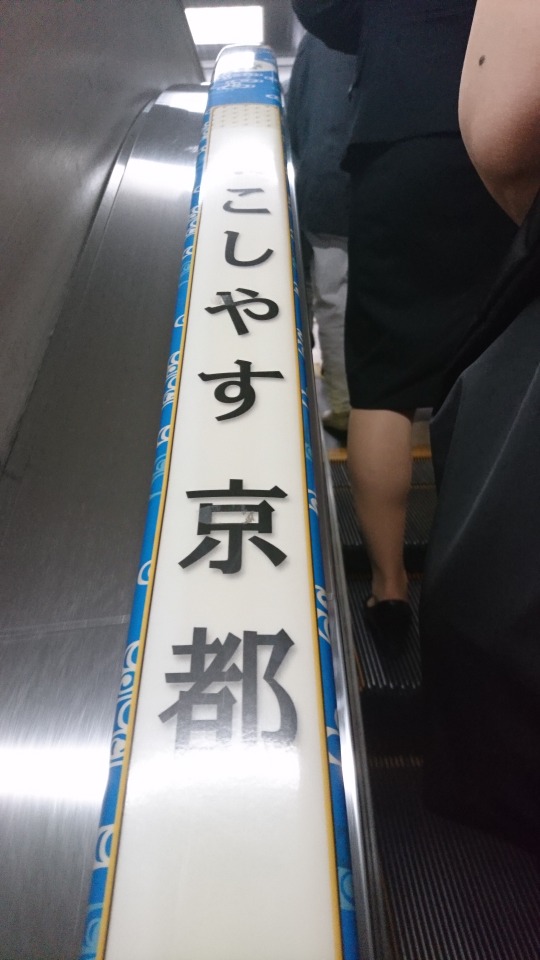
The escalators in Kyoto station have handles which are actually decorated!

We’ve reached the gates of the famous Fushimi Inari Shrine(伏見稲荷大社)! This one’s well known because of all the red gates and the impressive climb you need to take to the summit of the shrine. Inari is the God of rice, and you see lots of fox statues throughout the climb. Each of the gates have been donated by a Japanese businessman apparently.




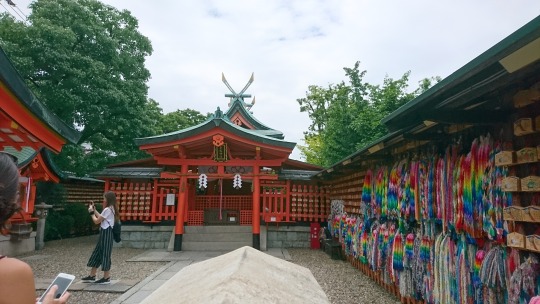
It seems that at each of the gates, the fox on the left has a scroll in its mouth, while the fox on the right has a ball.
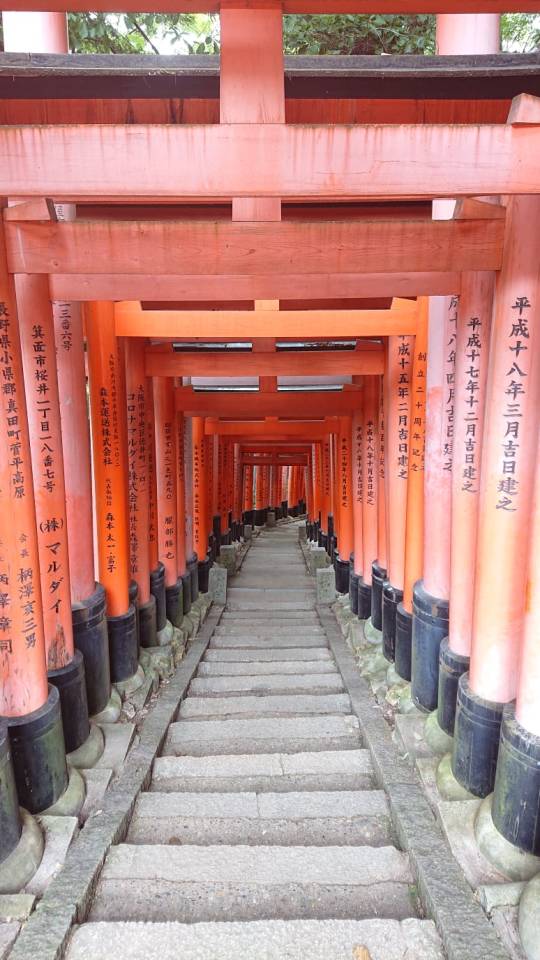


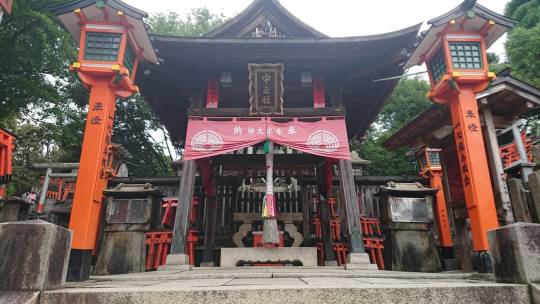
[Photos taken by my brother]. At the base, there were tons of people, but the numbers dwindled as we hit the summit. I had to stop at every rest stop because I was just that unfit! But the climb was good and hitting the summit made me feel healthy! One thing I was surprised about was how un-summit- like the summit seemed. We didn’t realize it was the summit until we had to climb down the stairs on the opposite end of the hill!
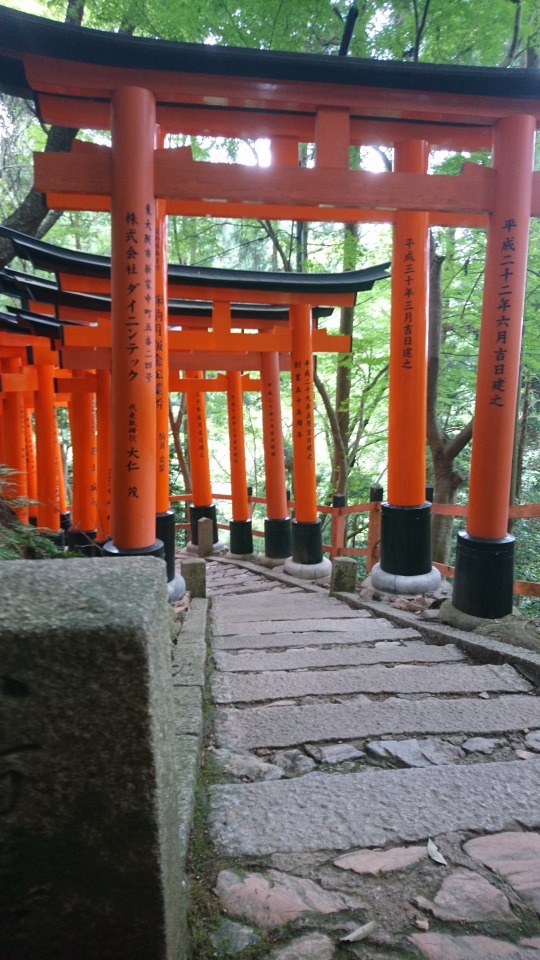


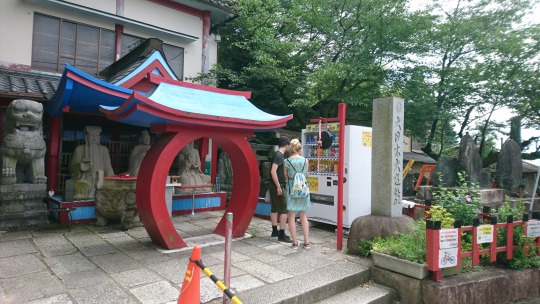
Down we go!! My legs hurt. I probably won’t be able to stand tomorrow agh

We reached the base and ate some oden and shaved ice to cool down! The lady in charge of the shop told us that tourists only came by Fushimi Inari about four to five years ago. It appears that the shrine was a pretty recent tourist destination!
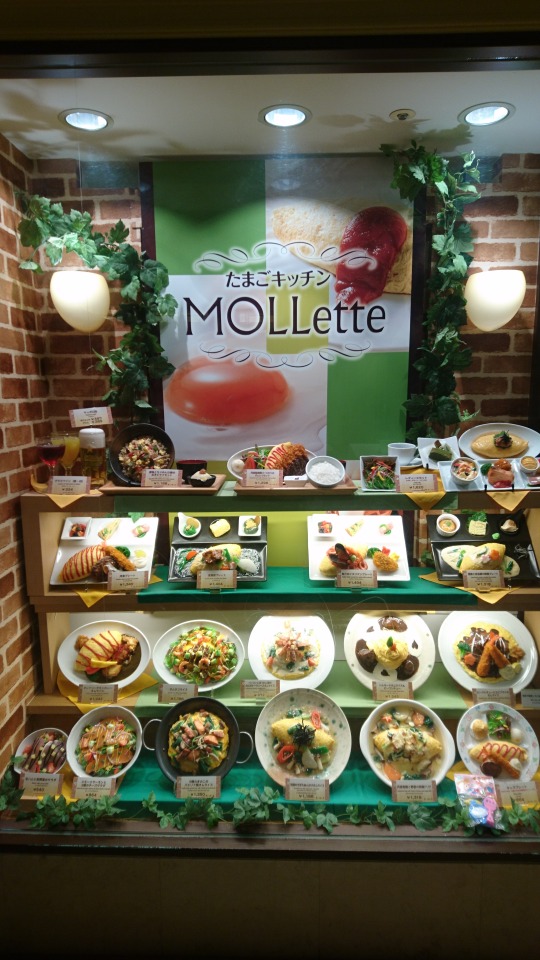
Eventually we headed back to Kyoto station and checked out the restaurants in Isetan! There was a restaurant which specialized ENTIRELY in omurice! Naturally, I was very excited!!

...Though we ended up eating at永寿案 “Washoku” Restaurant Eijuan since we were at Kyoto!
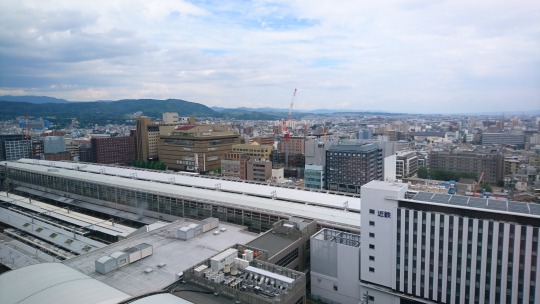
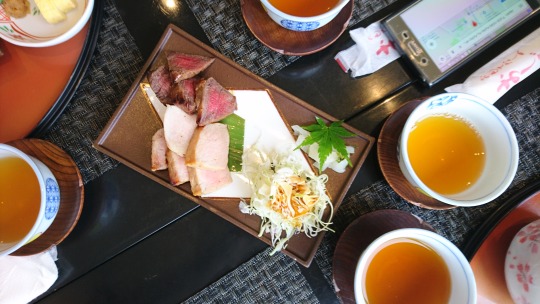
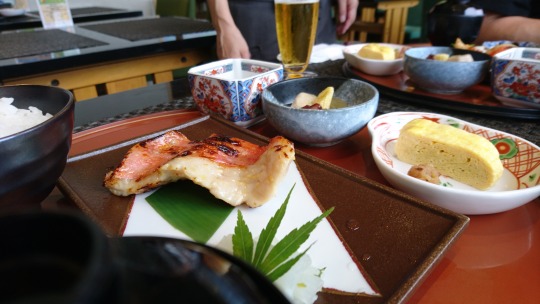

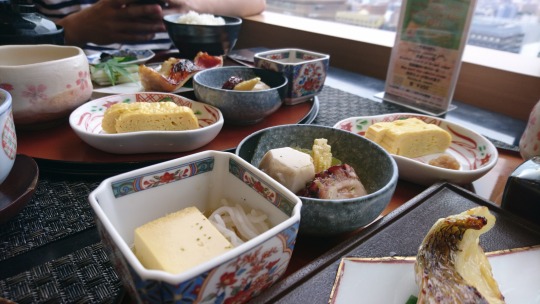
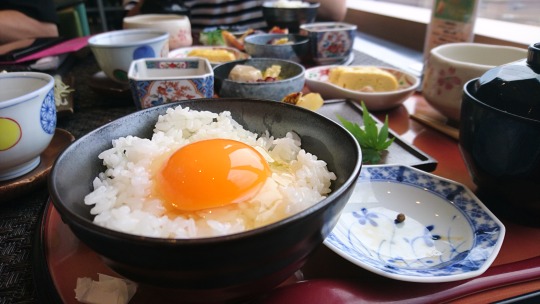
They serve really fresh and delicious grilled fish dishes with tons of mini side dishes on the tray. The restaurant is also located on the top floor of the shopping center so you’re treated to a killer view of Kyoto! For Washoku, this restaurant is pretty affordable and the quality of the food is really good! It’s something to look for if you like light meals :’) The service staff were also really helpful in helping us to find places we can visit in Kyoto.

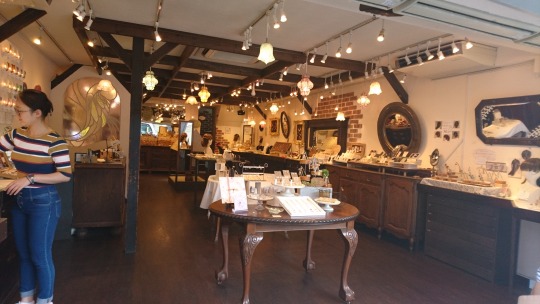
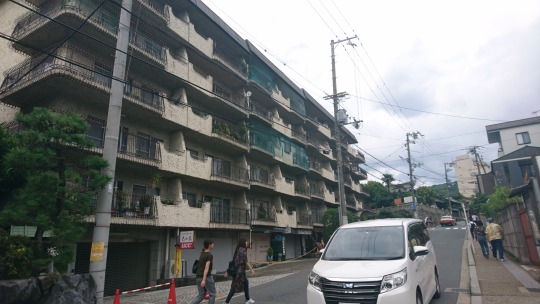

We took a bus from the station and headed to Kiyomizudera Temple! We have to walk up a hill again but thankfully it wasn’t as insane as Fushimi Inari. We did a lot of walking today and my legs are tired
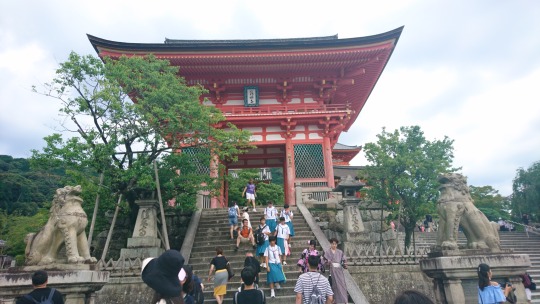


SCENIC

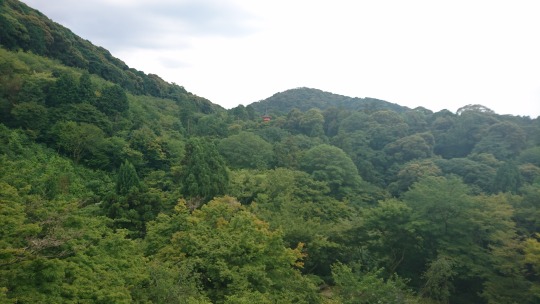

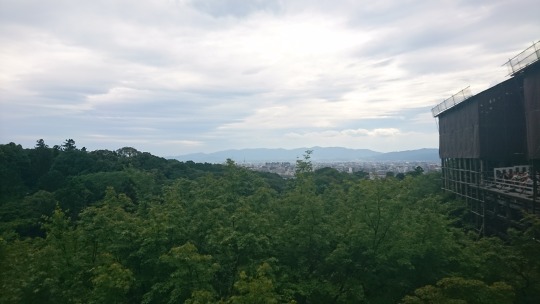

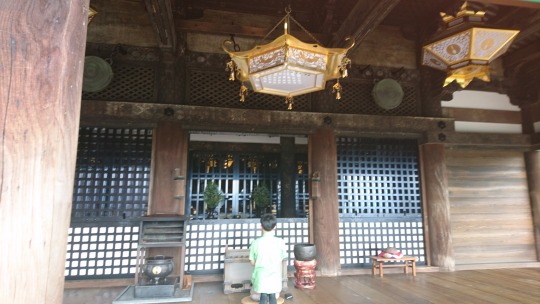
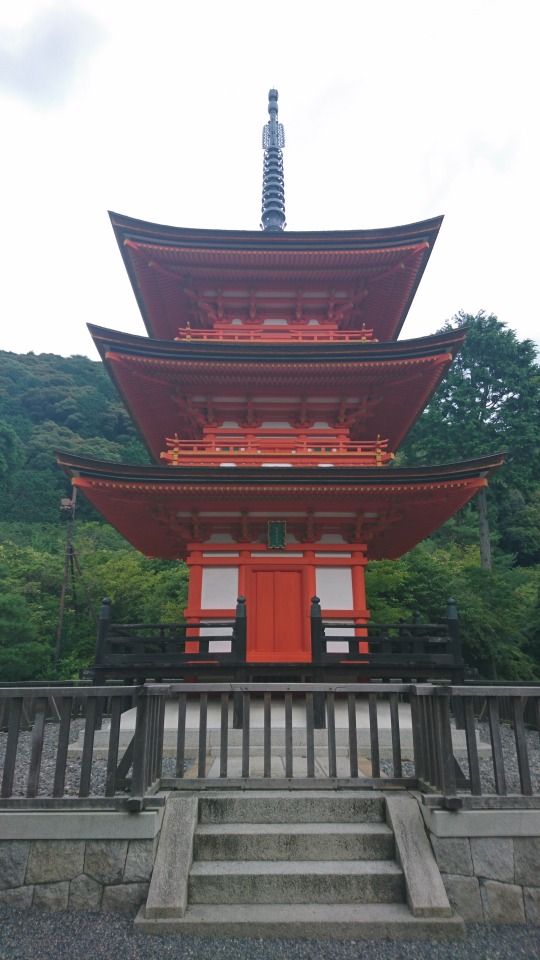

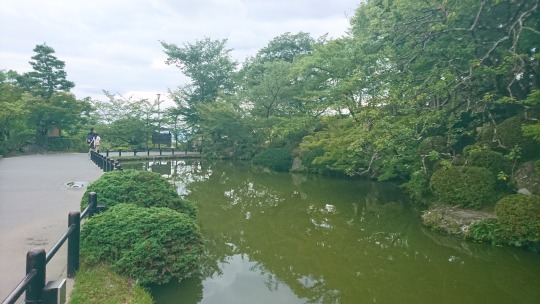
We paid about 400 yen to see the rest of the temples, but I thought it was really worth it! Most of the trees in the mountain change colours really quickly when it hits autumn, but for now all the trees are green since it’s summer. The view is really breathtaking and worth the climb!
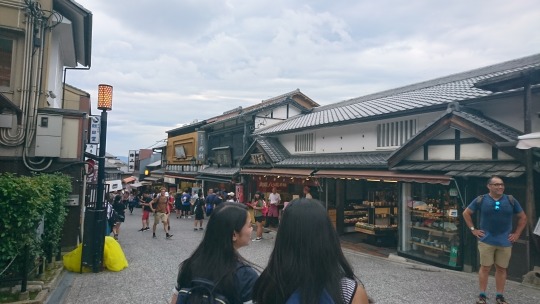
It was a long way down from the temple, but there was a shopping district with aesthetic houses nearby!!

I’m marrying this Ice cream melon soda shake you’re invited to our wedding

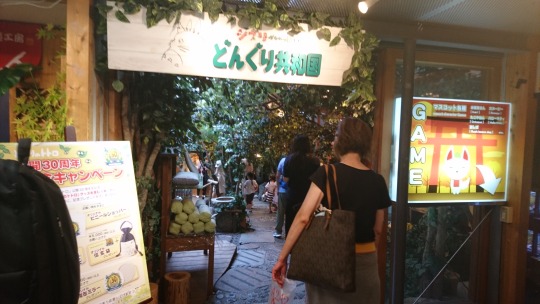




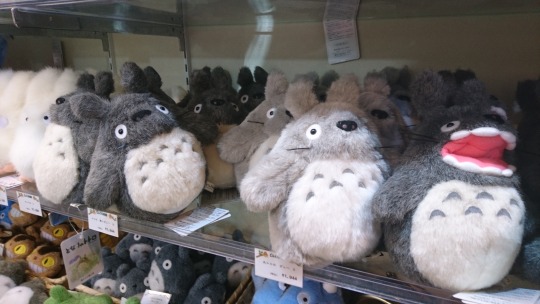
TOTORO SHOP KYOTO STYLE. I LIVE

This No-Face Piggy Bank will EAT YOUR MONEY so WATCH OUT
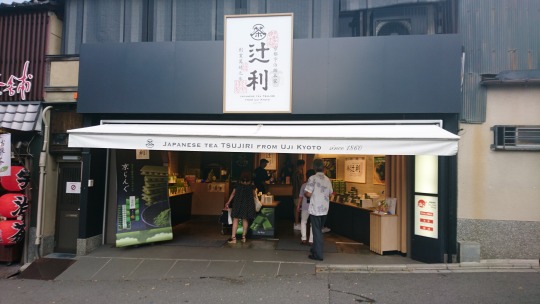



Some other things that caught my eye!
We took the bus to Gion-Shinbashi next! Gion’s the Geiko district with lots of Geiko and Maiko (geiko apprentice) running about!
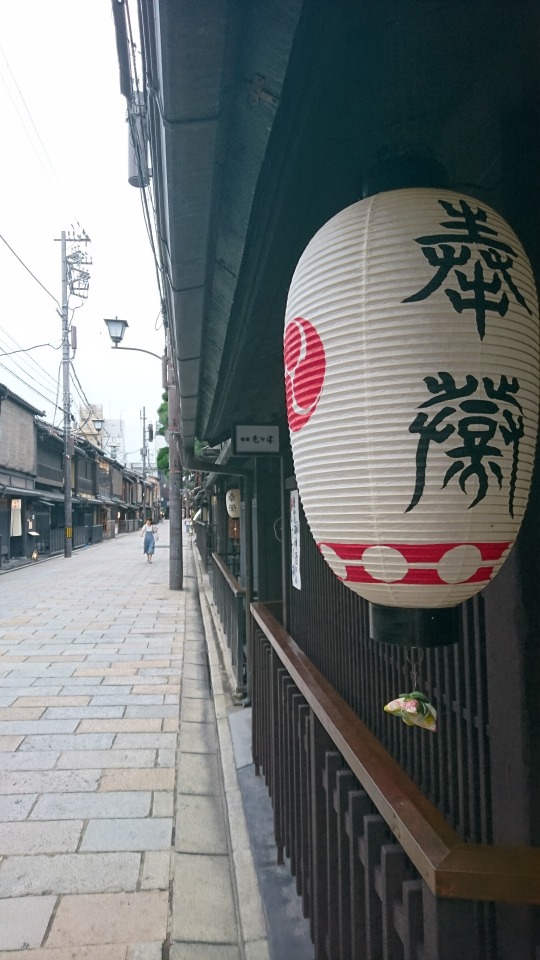
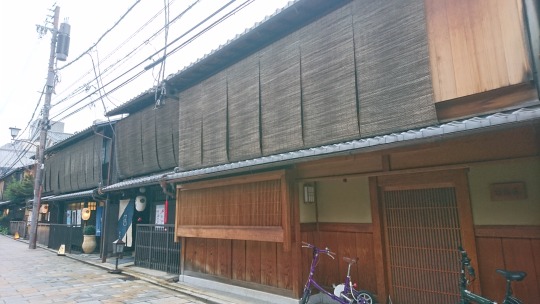
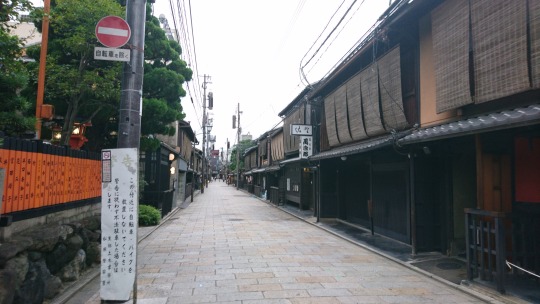
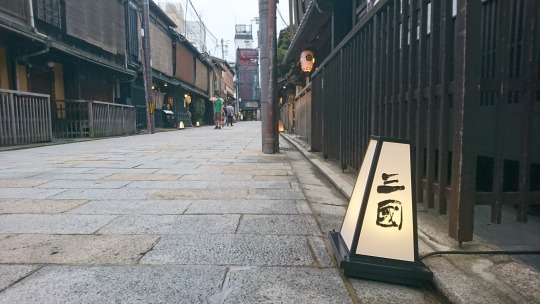
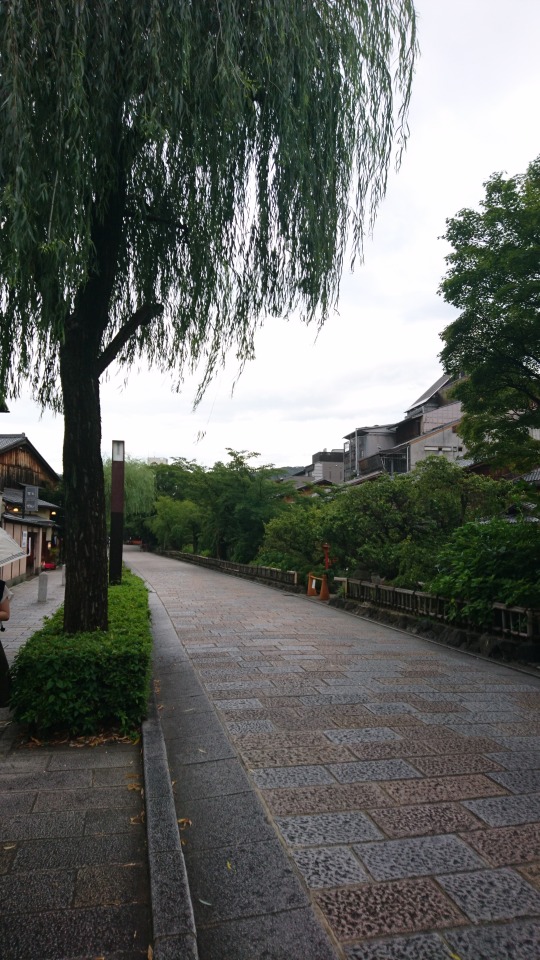



The street is really pretty! I think you can’t enter any of these shophouses since they usually cost a bomb to go into. Lots of the second-storeys of the houses are covered with some sort of curtain. I wonder why

I MANAGED TO CATCH SOME MAIKOS

Before they boarded a taxi
I wonder if they’re used to tourists gawking at them each time we pass them by..
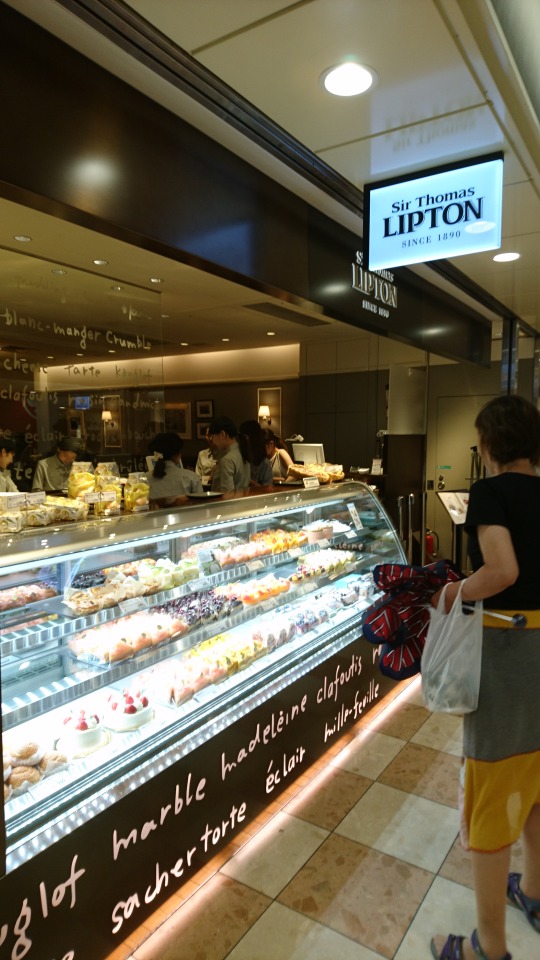

There’s a Lipton café at Kyoto station I don’t believe my eyes
I wanted to eat here but our train is departing soon!
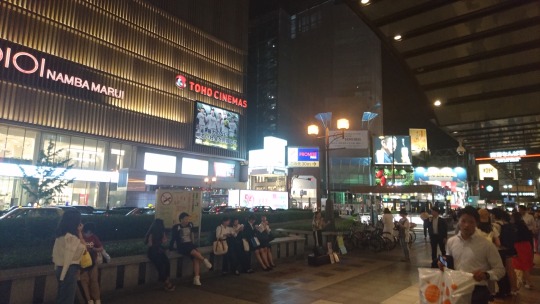

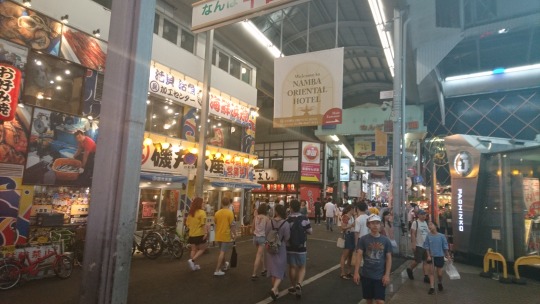
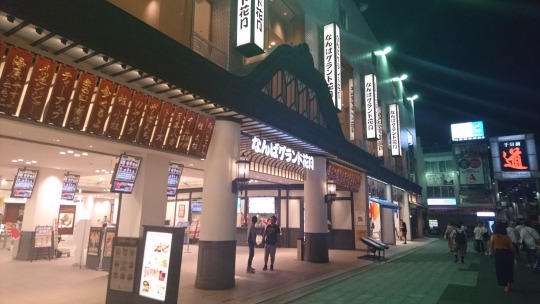
We’ve arrived back at Namba!

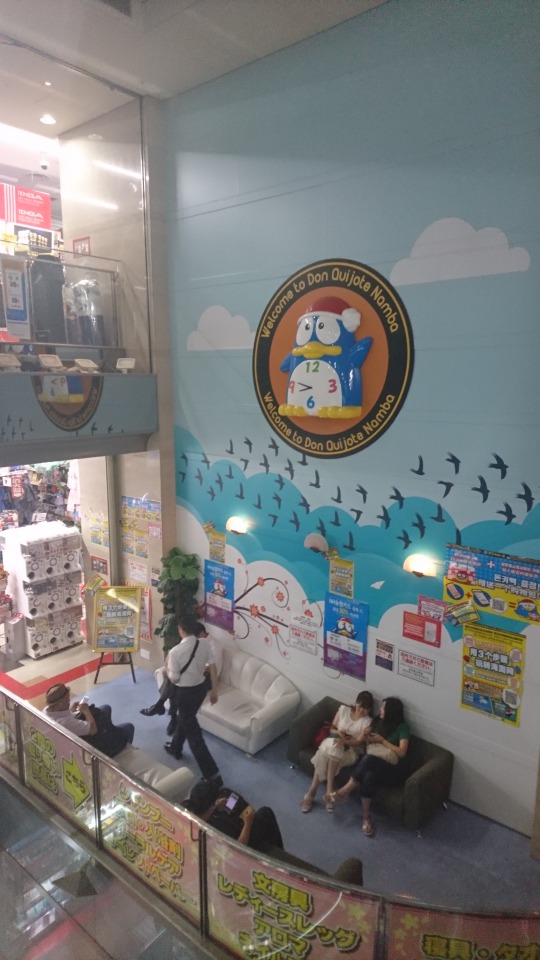
Don Quijote is going to be my best friend for the rest of my days
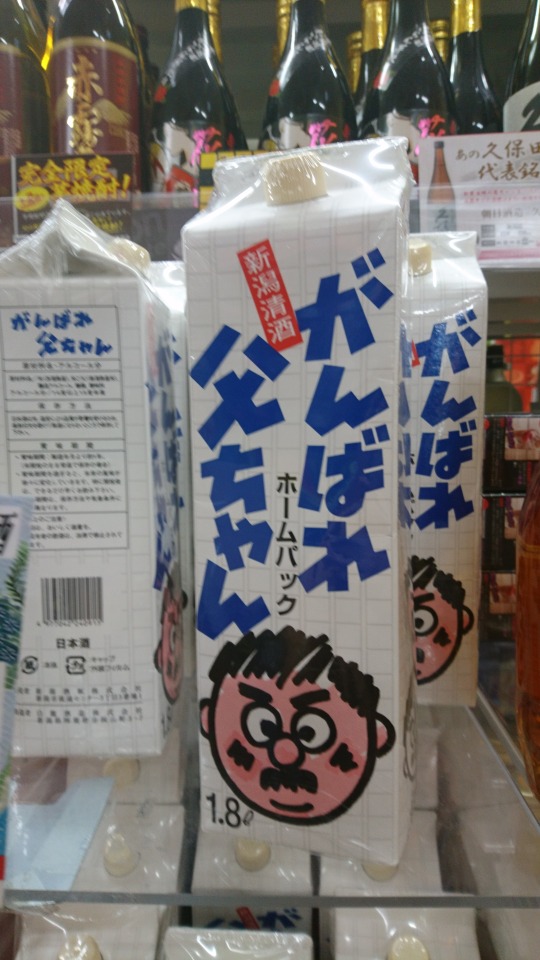
There’s literally an alcohol called “Do your best, Daddy!” I can’t stop laughing

In the end, we decided to eat at a Yakiniku store since Osaka seems to specialized in grilled and pan-fried foods! We ate at牛角 Gyuu-Kaku, which is apparently expensive where I live, but pretty cheap here.

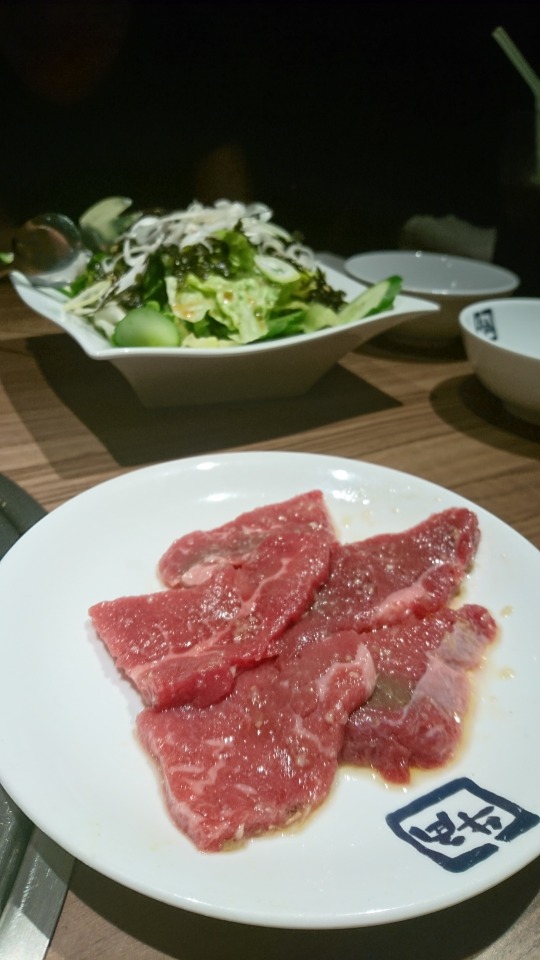
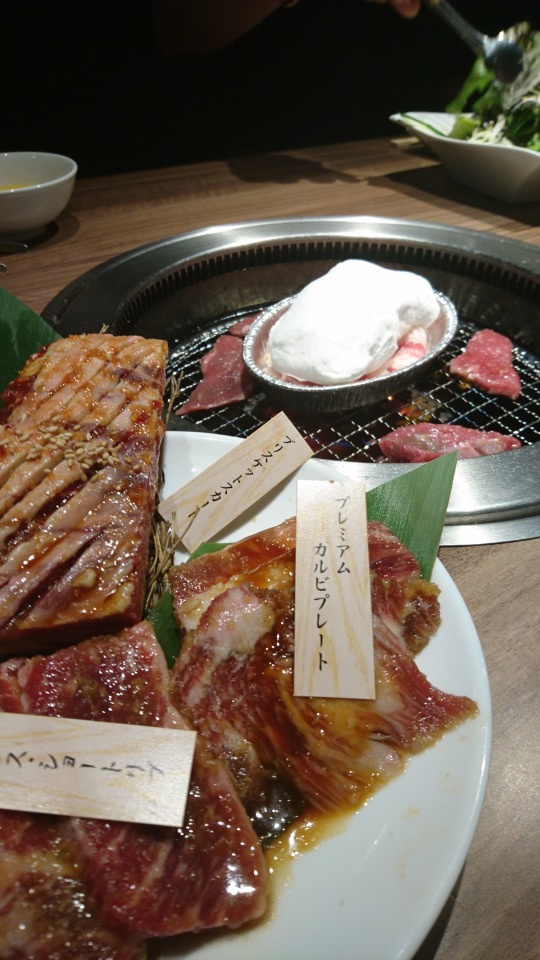

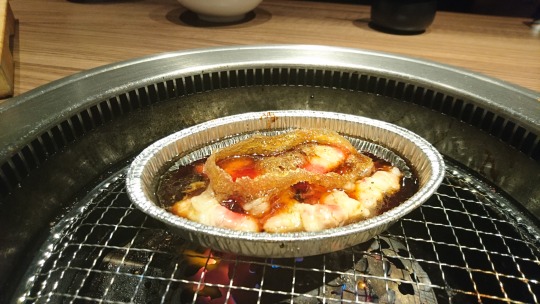
[second last photo by my brother]. The meat was really good! I swear everything we’ve eaten on this trip is good. The dish in the last picture was especially good—they put some sort of cotton candy and boiled the meat in sauce, and the cotton candy just melted into the sauce after that. I have no idea how it works. All I know is that it was GREAT

THEY HAVE GRILLED MELON BREAD WITH ICE CREAM. I went to town on this one. You grill the melon bread, cut it open and shove ice-cream into it. It’s SO GOOD I can die. This is the highlight of my trip

Then we ate takoyaki after that! We eventually headed back to Don Quijote for grocery shopping

ATTACK ON NOSE HAIR
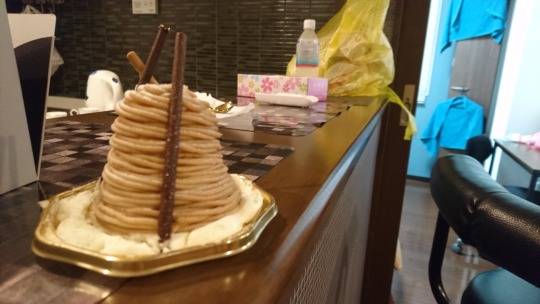
We had dessert when we went home again! This one came from CRAMERCY New York!
Day 8: Osaka
My dad went to 高野山Koya-san while we rested at home for the day. Apparently, it was first built by monk 空海Kukai, who founded the Japanese calligraphic system! Here are some of the pictures he took!
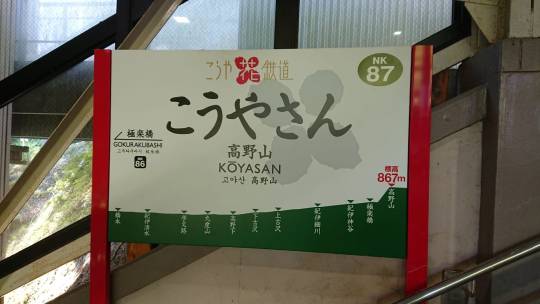

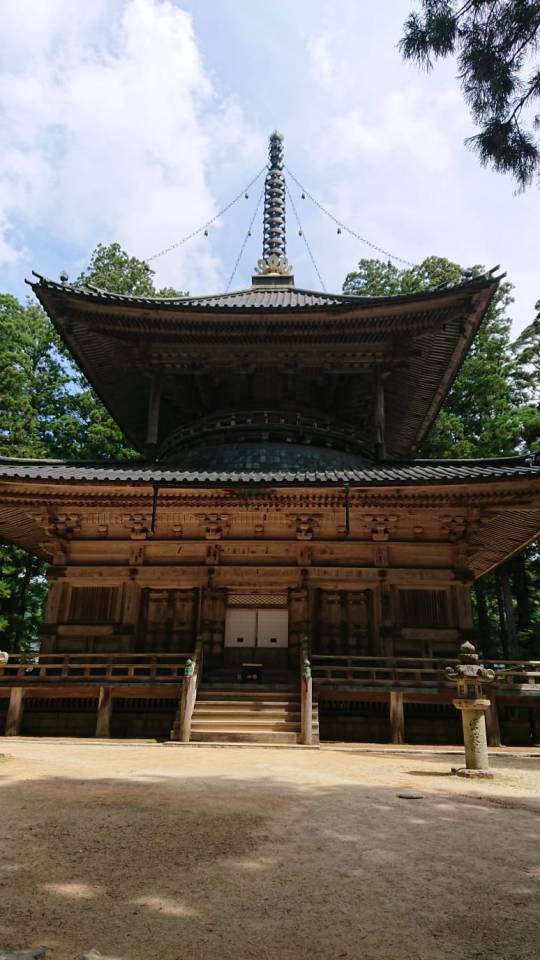

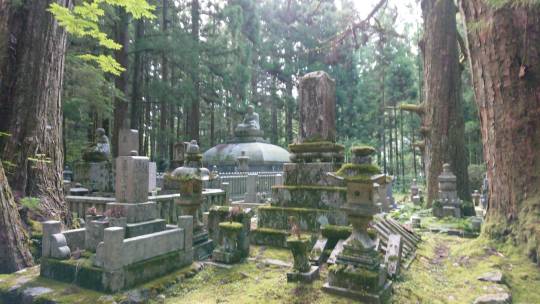
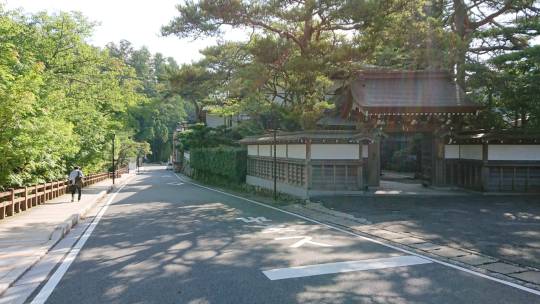
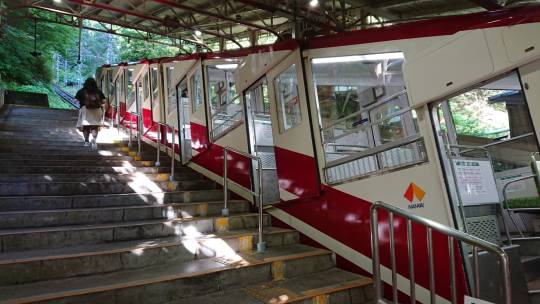
Apparently, you would sit on a monorail that wasn’t shaped horizontally to get to the top of the mountain like you see in the last picture! It seemed really cool!

Guess what we had for breakfast the next day!!
1. Cake
2. Cake
3. Cake

I can’t believe they made Takoyaki cream puffs and sold it in Takashimaya
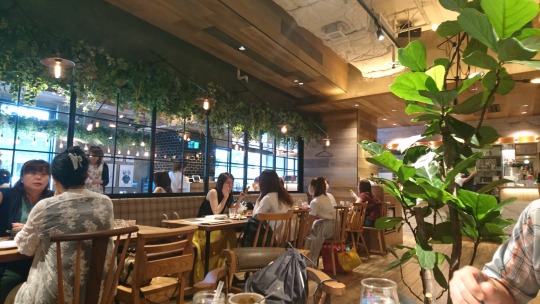
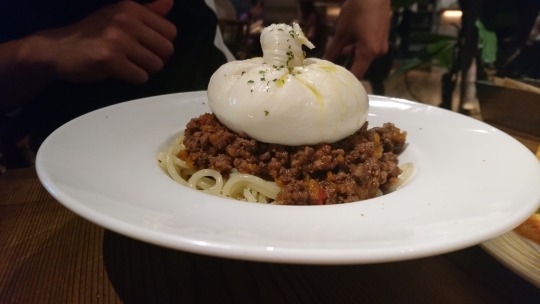

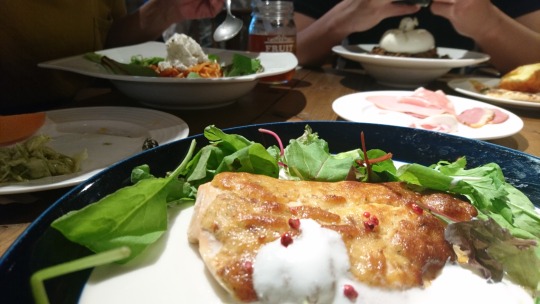
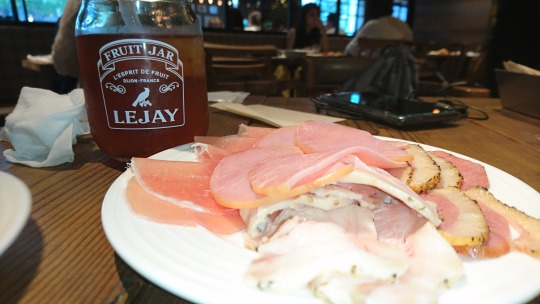


We headed to Namba City and ate a buffet meal at GOOD SPOON! I really enjoyed the décor of this place. Apparently it specialized in Italian food, especially their cheeses! The huge bag on the bolognaise in the fourth picture is in fact a huge chunk of cheese! Honestly, everything we’ve eaten on the trip has been really worth it and delicious!


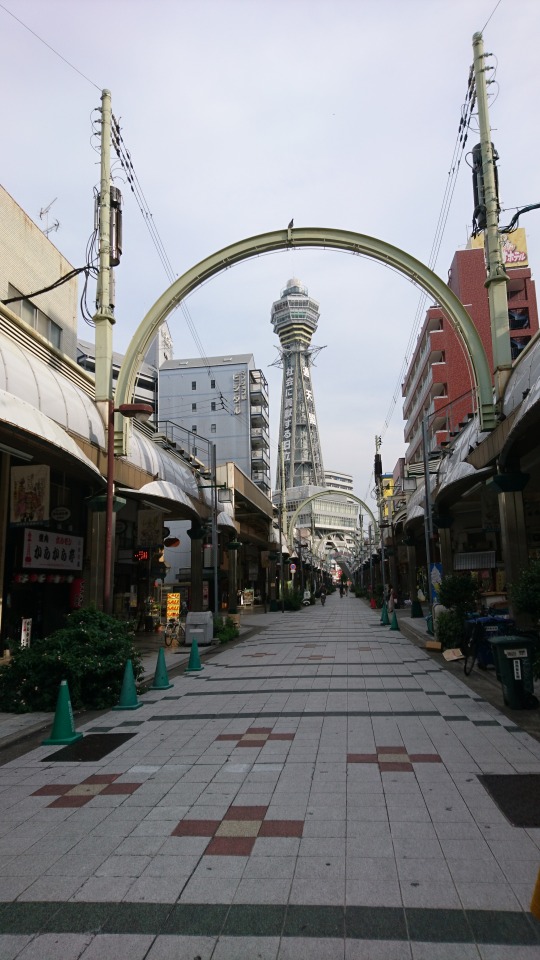
On our way to Osaka Tower!

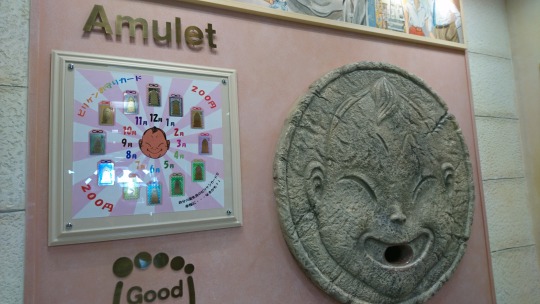
There seems to be tons of Billiken motifs in the tower. He was dreamt up by an American artist, and is said to bring good luck!
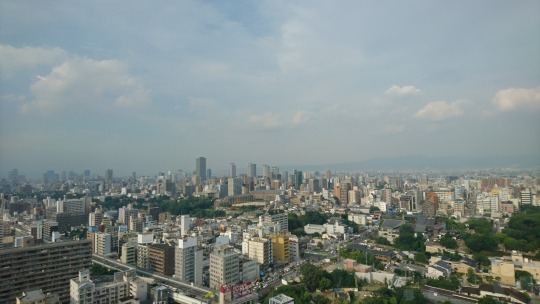
A scene from Osaka tower! Apparently you can see Universal Studios here somewhere!
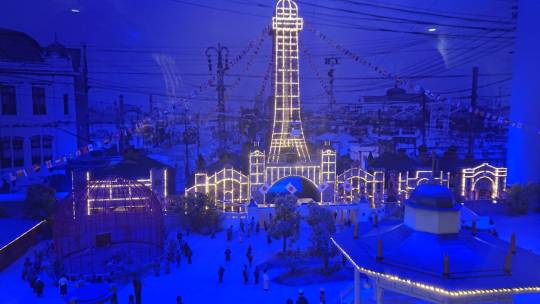
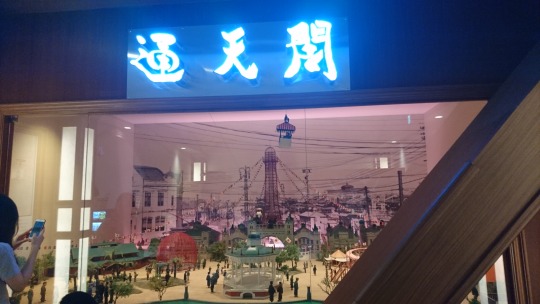
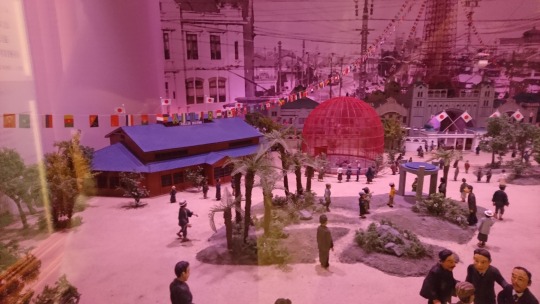
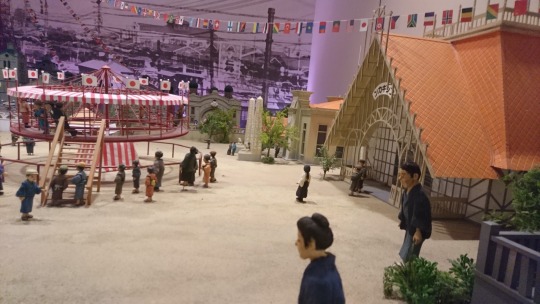
The history of this place seems a little interesting. Apparently it was built and opened in 1912 along with the amusement park, Luna Park, which included arcades and rides. Unfortunately the original Tsutenkaku and Luna Park burned down in the 1940s, but they rebuilt it under Hitachi in 1956, so the tower is still around today!

The Tower also hosts the Glico museum! Glico was the company which made Pocky!

I’m honestly scared of how much weight I’m going to put on
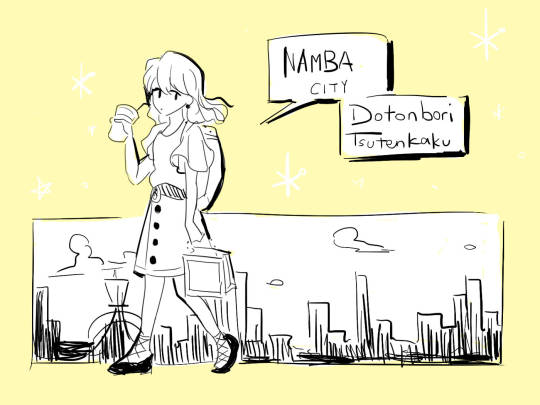
Eventually we headed back to Namba Area as a cut through to Dotonbori!
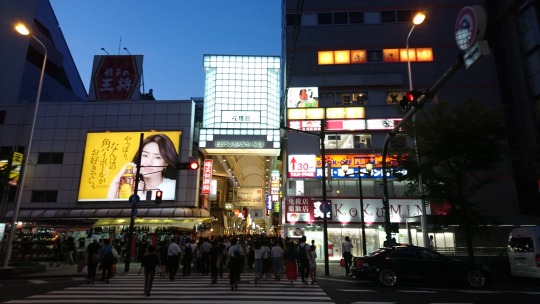






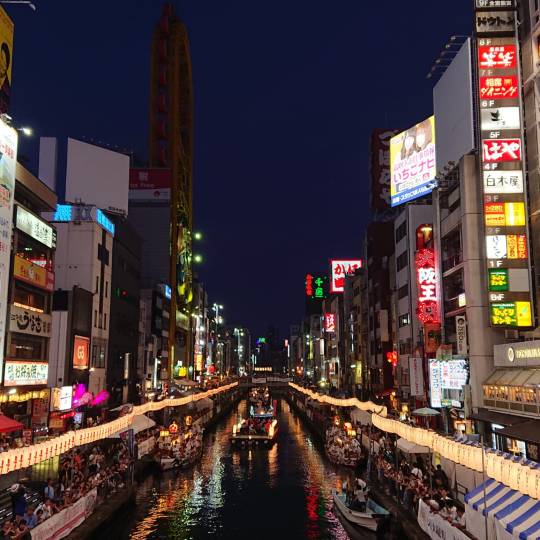
[last photo by my brother] Doutonbori has so many lighted billboards I LOVE IT. The giant crab in the first picture actually MOVES. It reminds me of Tokyo a little, but has more of a night life feeling to it! Lots of shops that I love here, but I only had four hours to run through the place before everything closed!
There was a festival taking place along the river while we were there

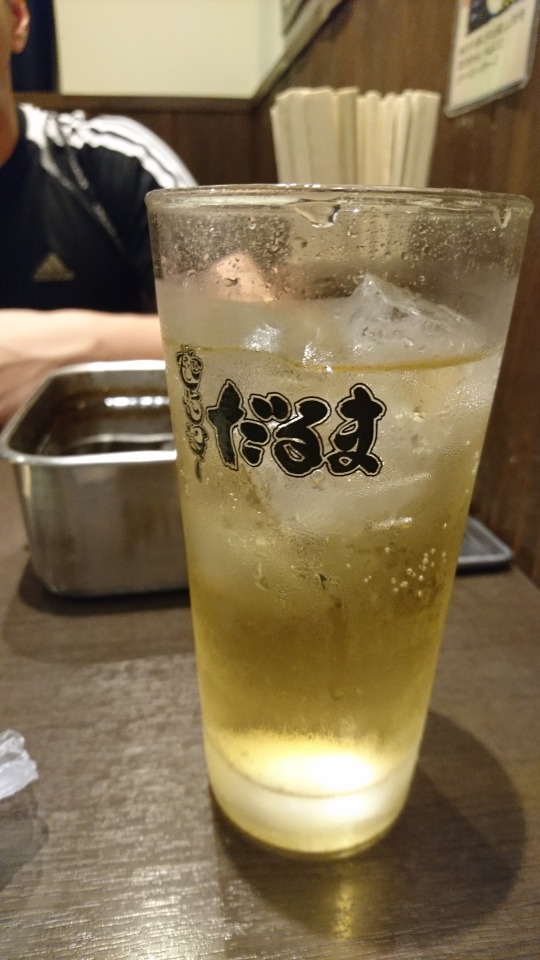
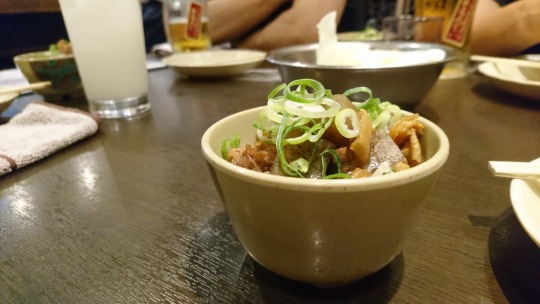
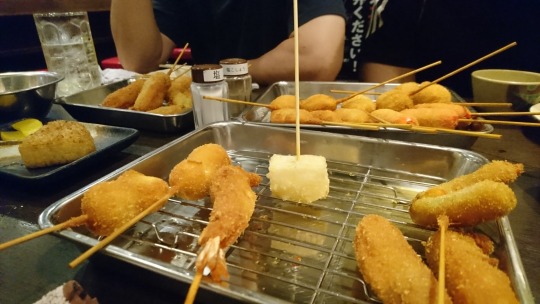
We eventually went to eat Kushiyaki at だるまDaruma because that’s another thing Osaka is famous for! It was really good! My favourite dish was the Dotemiso and the quail eggs! So far, it seems like Tokyo has a larger variety of food, but Kansai’s food is more flavorful!

Gintama sale at Marui. I’ll patronize your store another time, Elizabeth….
Day 9: Kobe

We’ve arrived at Kobe! The weather was CRAZY HOT today! I really like the port towns in Japan since they seem to have a lot of delicious Western food, history and architecture! It reminds me a lot of Yokohama in a way! Plus it’s located on a hillside facing the ocean, just the sort of thing I like!

We went ahead and took the Kobe City Bus! It looked really fancy and there was an announcer giving us a rundown of the historical importance of the routes we were taking.
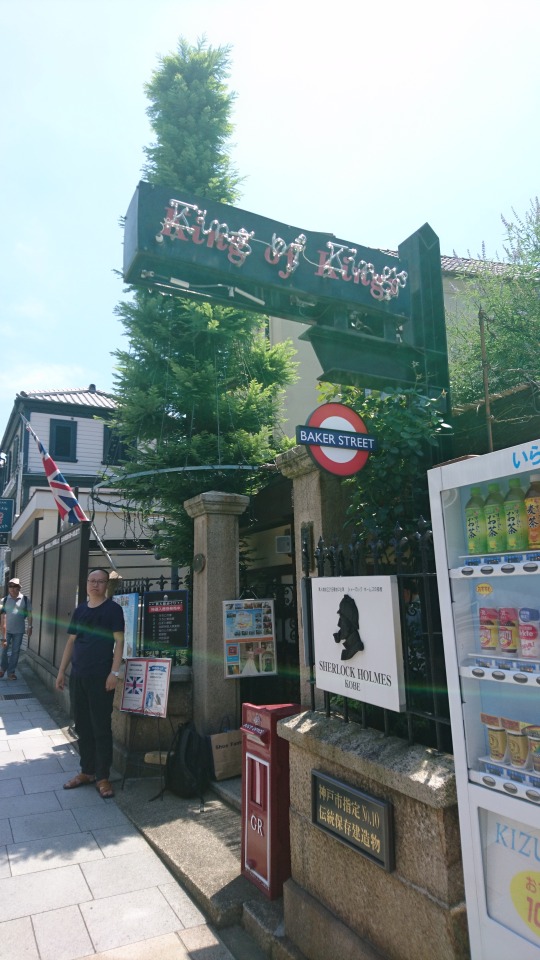

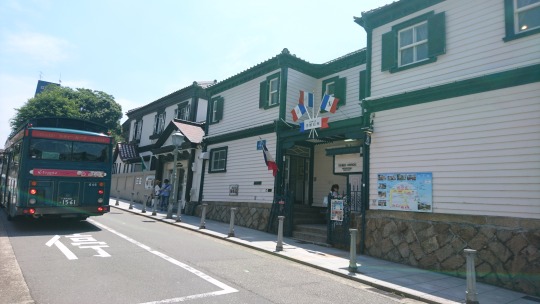

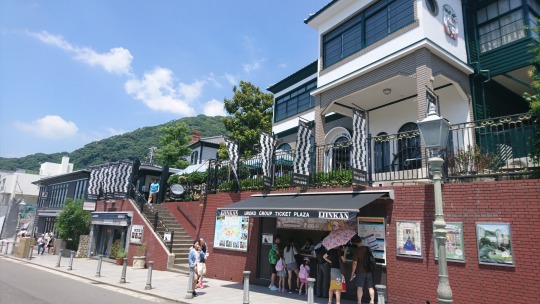
Our first stop was Ijinkan! AKA the street with all the old Western houses that rich foreigners used to live in or use for their recreational activities! The street here was REALLY pretty! Since Kobe was a hill, we would have to climb around to get to just anywhere. The England House apparently had a Sherlock Holmes exhibition on the second floor, and I could see Watson’s silhouette through the curtains!
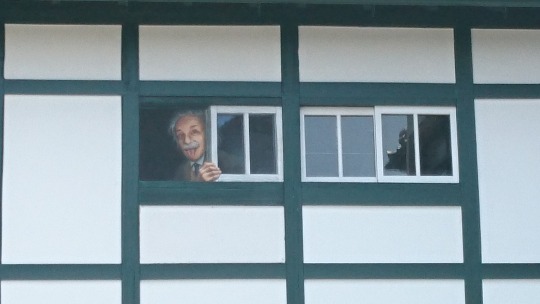
We bought the tickets to go to the Trick House! Albert Einstein greeted us from the window it was surreal


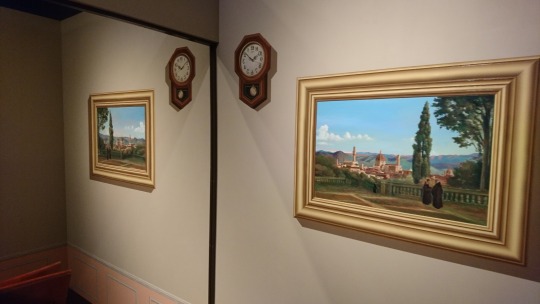

Many art pieces would look REALLY TRIPPY if you took a photo with a person in it, but I’m camera shy. Here are just some of the exhibits which don’t require you a person to be in the picture. The third one was probably my favourite since it looks like a mirror but actually isn’t! They arranged two rooms to look perfectly symmetrical and you could only tell if a person is walking on the other side. It’s a lot like that one room in the Witch’s House…
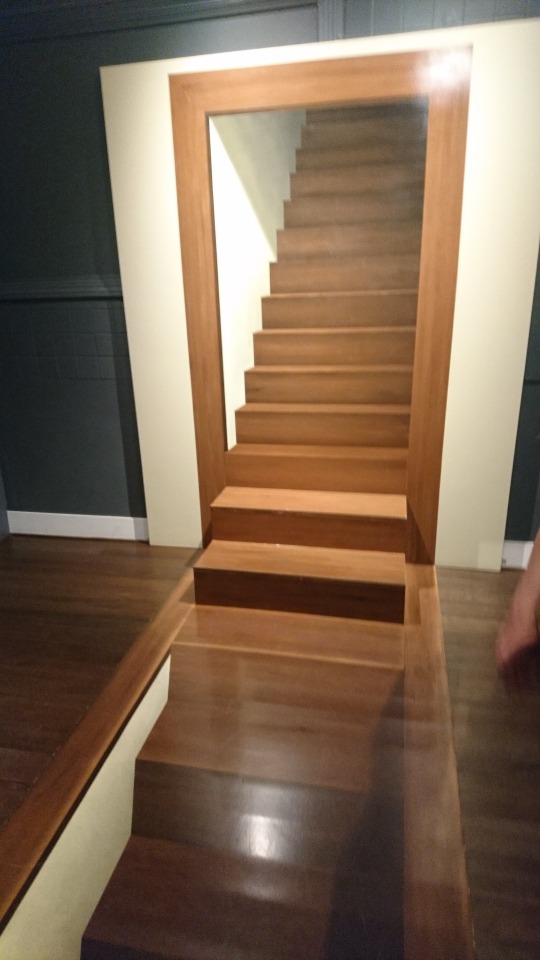
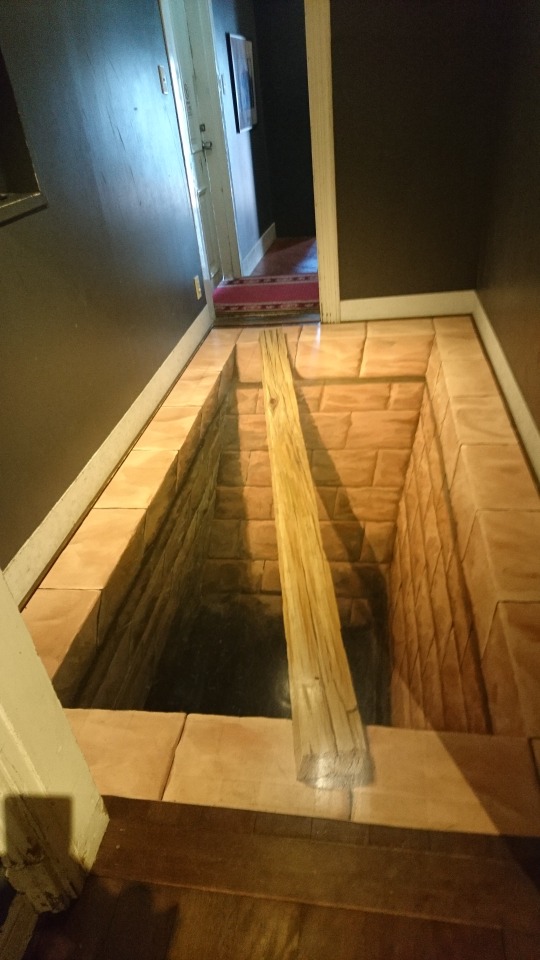
You have paintings like these too.

It was fun to walk on air :^)
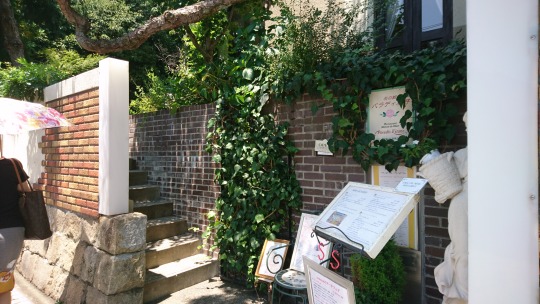
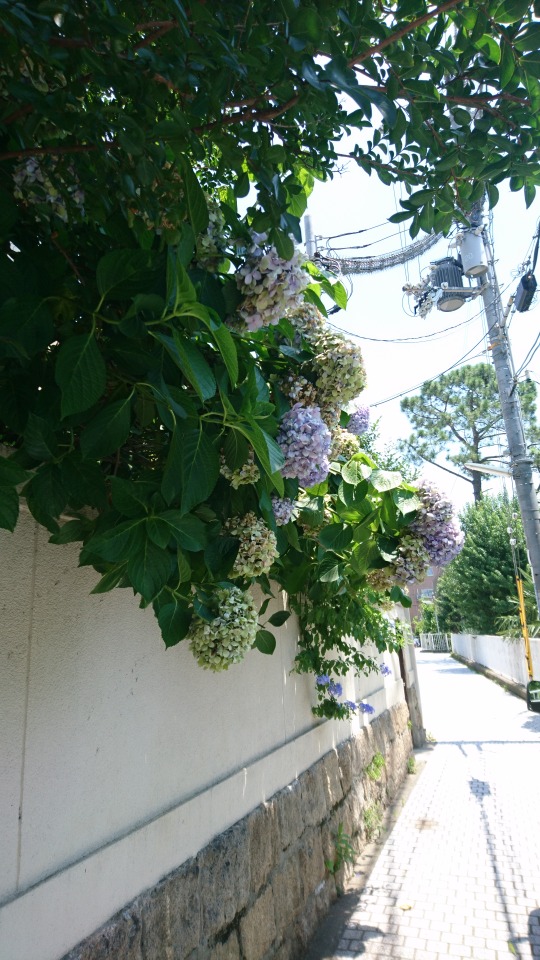
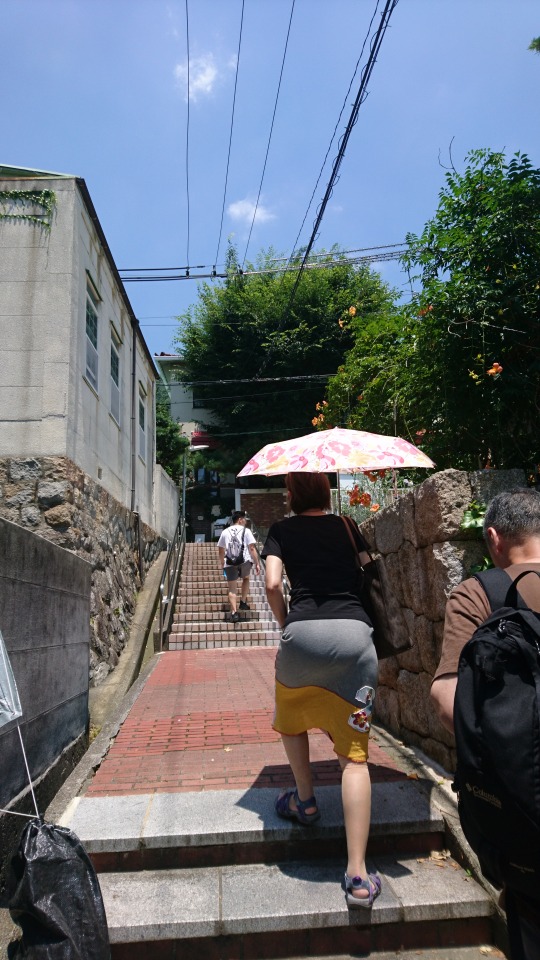
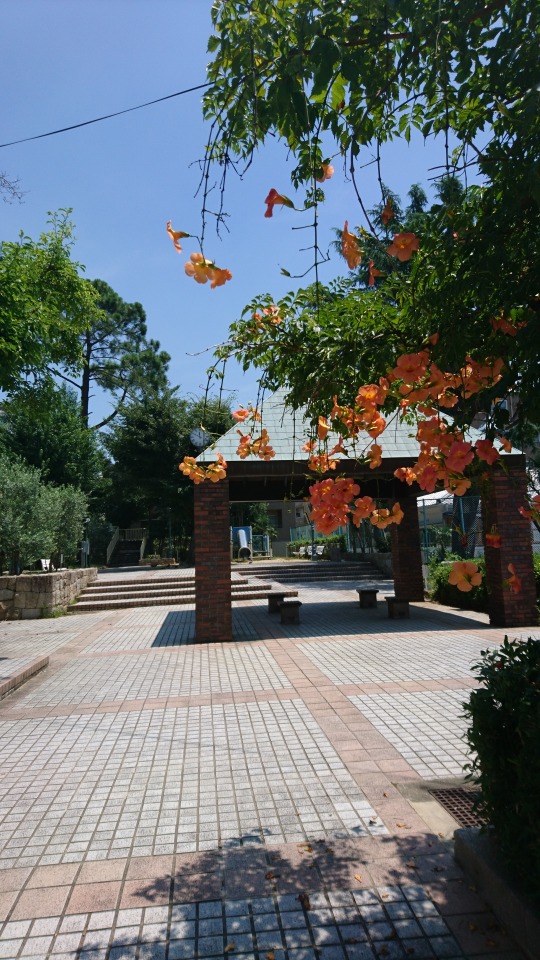
Next we had to climb a steep hill to Uroko House!! It was a struggle in the hot weather but at this point I’m so used to sweating. I wonder how the staff come here to work everyday…

Kobe tiles!!

Uroko House! …..’s café
There’s a wild boar in front of it called Porcellino which brings good luck if you touch its nose! I kept getting distracted by its name because of Porco Rosso’s nickname…

The REAL Uroko house! Apparently they named the house as such because the tiles used to decorate the mansion look like scales (uroko). This house used to be luxury rental houses for wealthy foreigners. The exhibits include not only the rooms, but also antique utensils, tableware, and a small art museum!



If I were a doll and these houses are completely furnished I’d live in them.

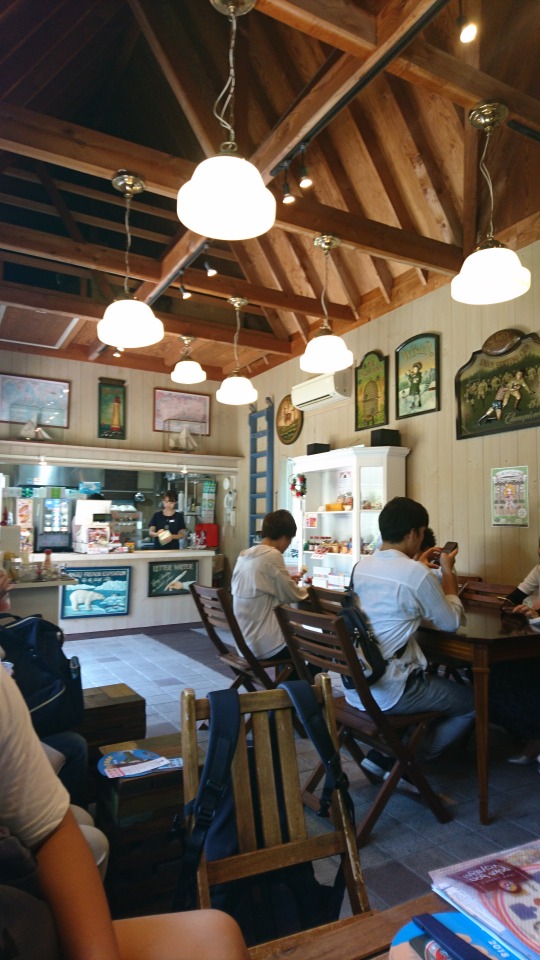

Some of the stuff we ate in the café! I really liked the ice-cream. We accidentally spilled our drink and the waitress was nice to refill it for us for free
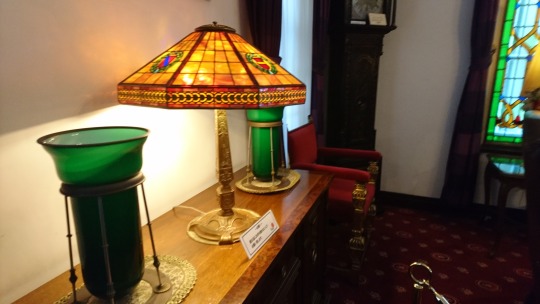


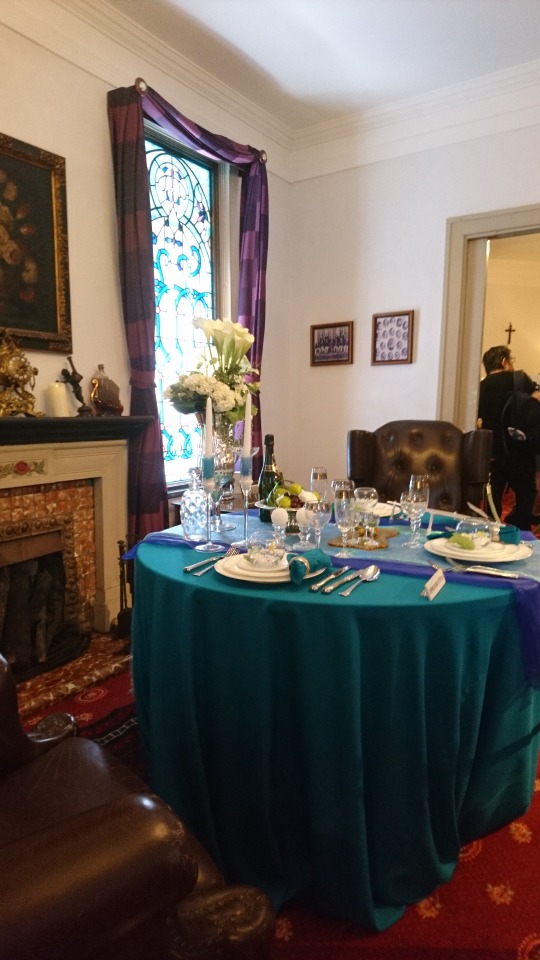



Here are some of my favourite rooms!! I’m glad I came here. It looks a lot like the dollhouse in The Secret World of Arrietty
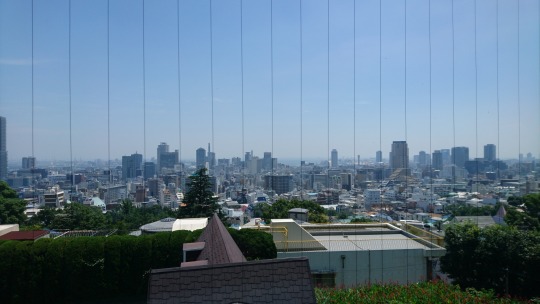

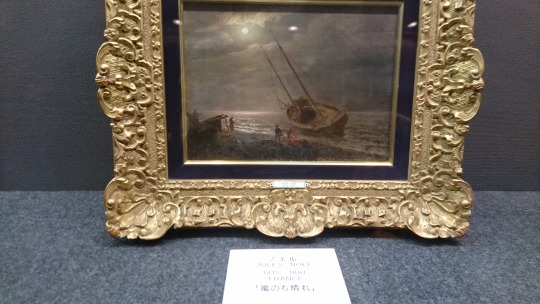
The view and some of the nice artworks in the museum!



Now we’re off to Yamate 8Ban Kan

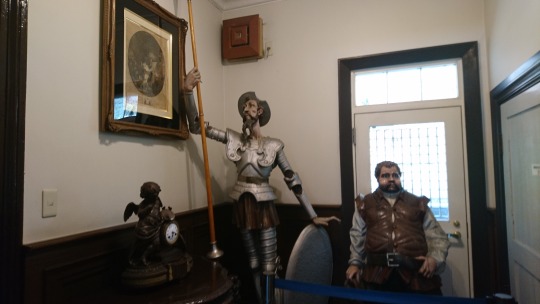

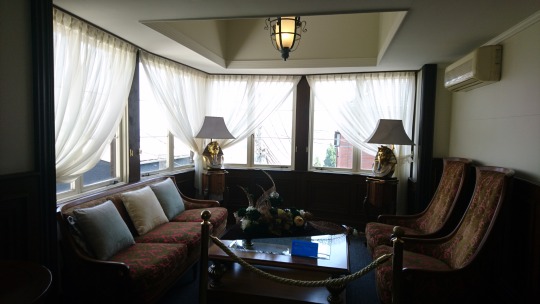

Yamate 8Ban Kan! It’s oriented to the sea with trapezoidal bay windows in a row. Inside the building, the “Saturn’s chair” which is believed to grant your wishes if women sit on the right and men on the left. I was having a stomachache so I might have wasted my wish by wishing it to be gone

FUJIKO MINE CLORETS! I love her she’s such a role model

Now we’re going to try Kobe Beef at Steak Land! While we were taking a lift to the restaurant, a man stumbled into the elevator with us. We suspected that it might have been someone important since the restaurant continued to serve him after its closing hours
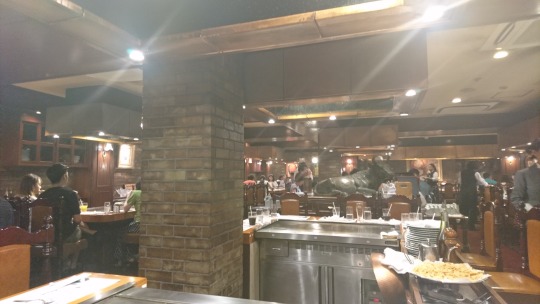
I’M SO EXCITED!


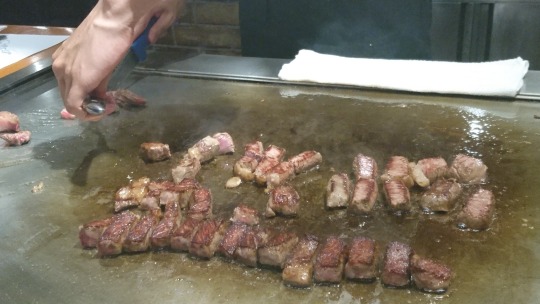

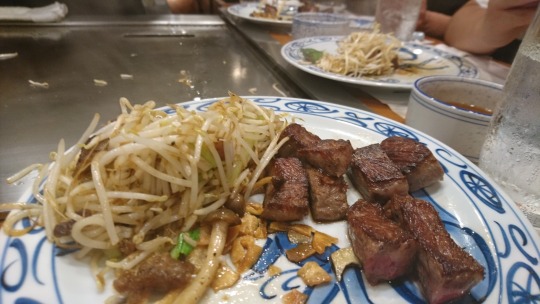
THE BEEF WAS REALLY GOOD! They cooked the vegetables first and saved the beef and beansprouts for last!! I can’t help but think that everything that we’ve eaten on this trip was really delicious! As far as Kobe beef goes, this was one of the more affordable options!

SCORCHING SUMMER SUN. You can see how hot it is. I could write a song about how much the weather makes one suffer
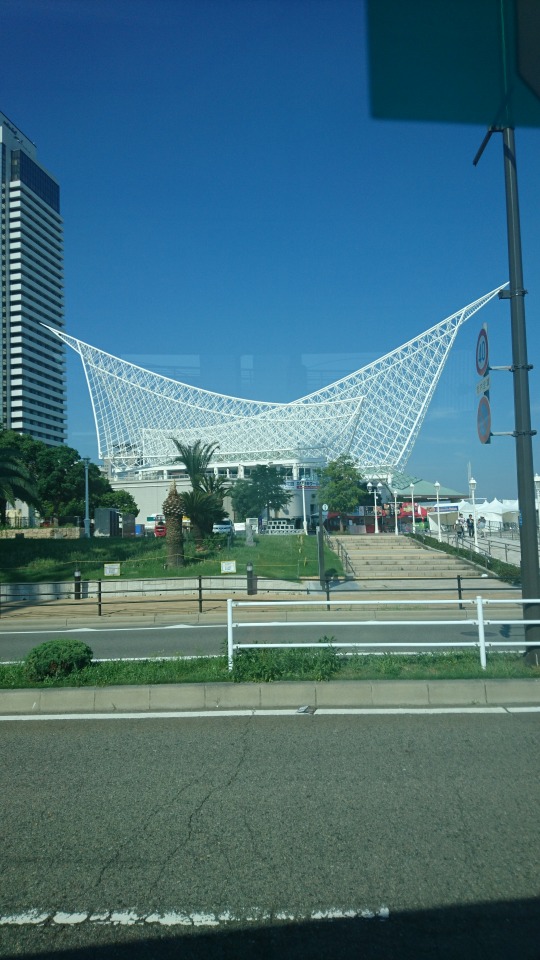
We continued to take a bus trip around and passed by the maritime museum! I didn’t manage to go in this time, but there will always be future trips that I can plan for :P
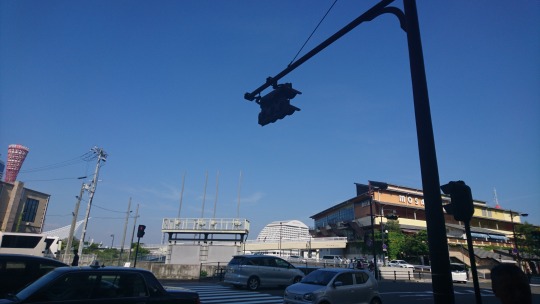
Kobe is so scenic!!
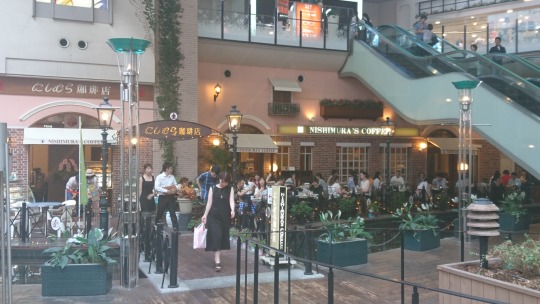
Nishimura’s Coffee looks really fancy and I really like the exterior décor despite not eating inside.
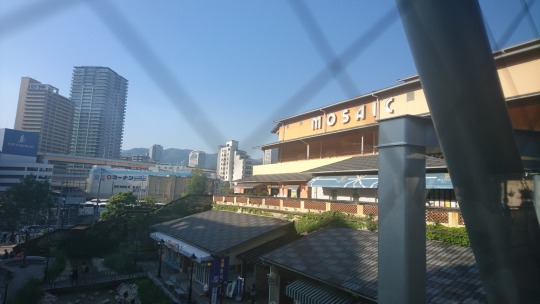

We headed to Mosaic Mall! Which seemed to be an outdoor shopping centre!
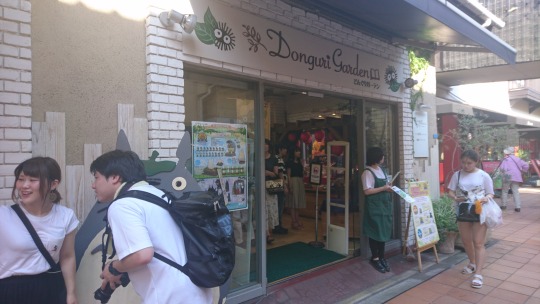
We meet again, Donguri Garden.

SMILING TOTORO BAG. How can something so perfect exist

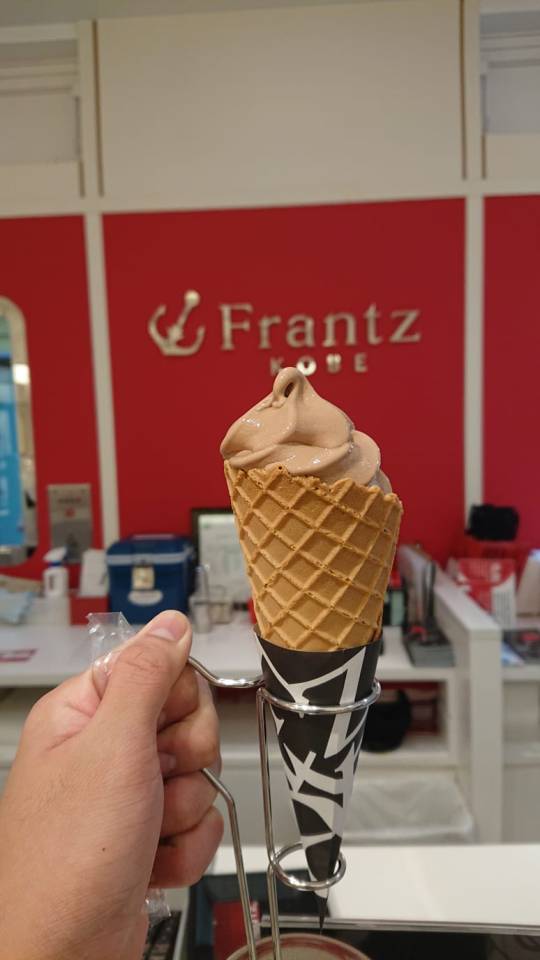
My brother tried some chocolate ice-cream from Frantz! Though I didn’t manage to try it to tell if it was good or not

We took the bus back to Kobe station and headed to Namba again!
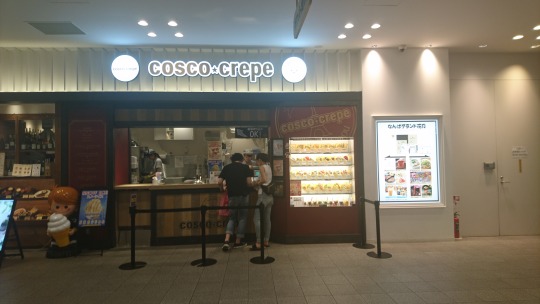
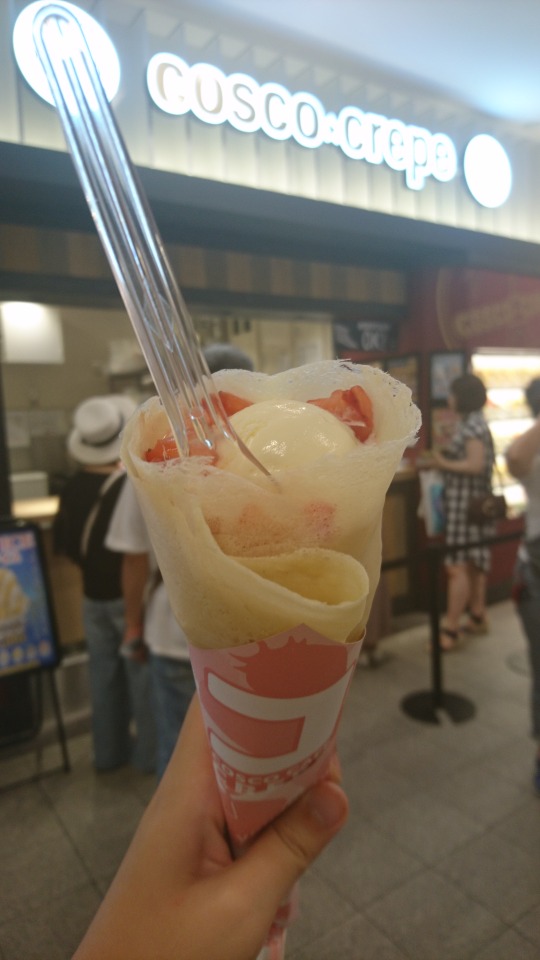

MY FIRST CREPE ON THE TRIP. I have found you at last

I seem to come across a lot more kittens than full grown cats while I’m in Namba, but this brave warrior didn’t seem afraid in the midst of all the people walking around.

Lmao R18 gacha-gachas
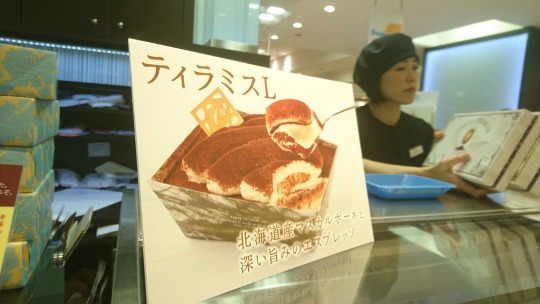
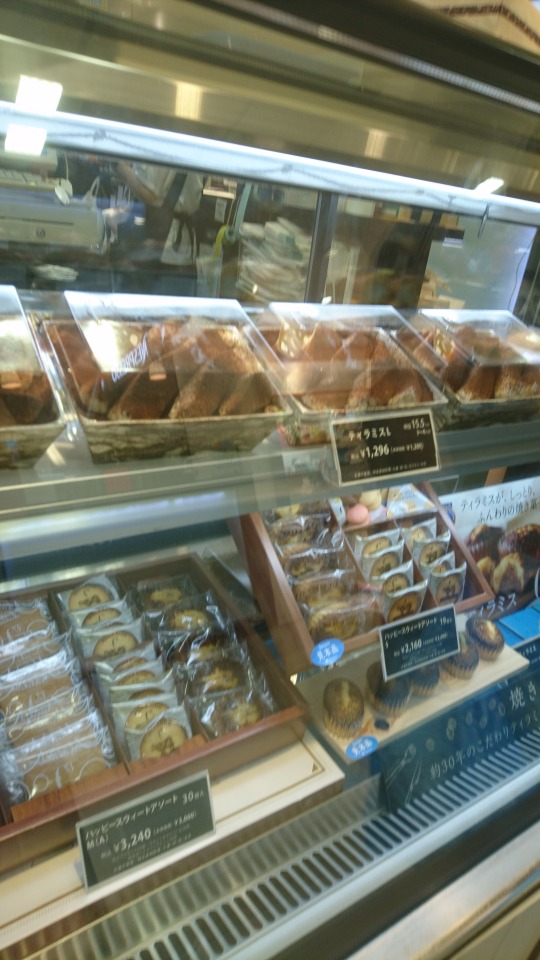
We headed back to Namba City for dinner! There’s this shop called C3 Baked Tiramisu which is ABSOLUTELY DELICIOUS. I’m not sure if you can find it in Tokyo but this is hands down the best Tiramisu I have ever eaten in my entire life. We bought a dozen back home to finish


MIX FRUIT JUICE SHAKE IS GREAT! I should make this on my own next time! It probably had mango and orange inside, maybe even pineapple, but I’m not too sure
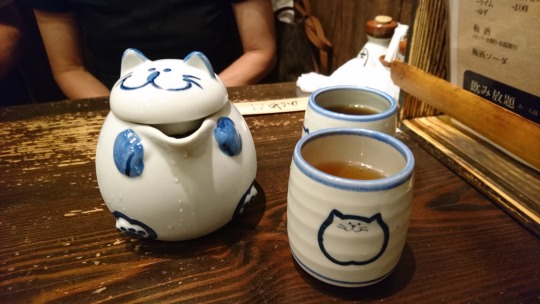




Eventually we headed to Shabu Nabe Udon Noraya のらや, which specialized in Udon and Shabu-Shabu. I had the Udon and tempura set while my brother and mother shared the Pork Shabu Shabu. HOW CAN SUCH A PINK PORK EXIST. I guess the reason why the food here’s so great is because of the quality of the ingredients as well. I really like non-greasy food so this has to be one of my top 3 meals in the entire trip! Definitely would recommend this! And it’s pretty affordable as well. They are really generous with the portions!
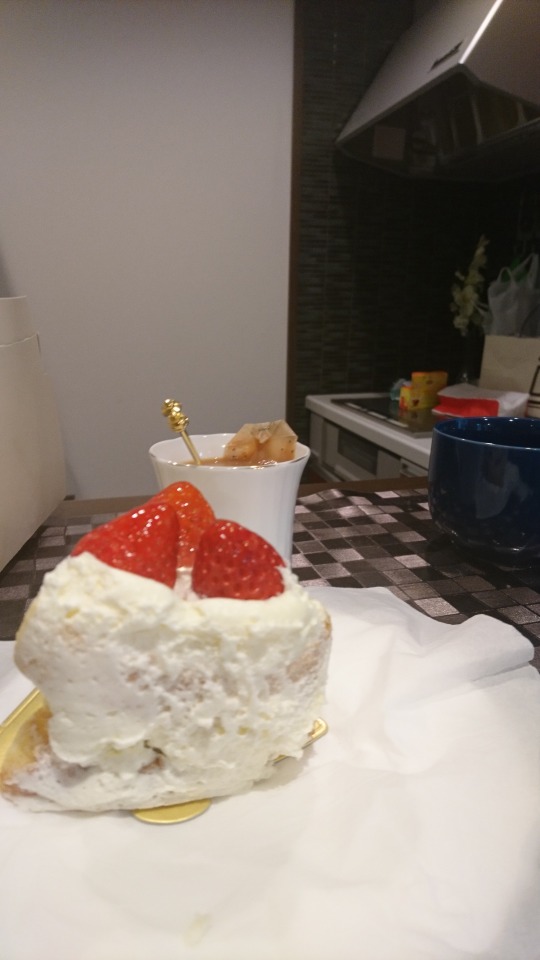
We had more cakes for supper
Day 10: Leaving Japan

Tiramisu for breakfast! It’s over so soon and I don’t want to leave Osaka so soon ;w;

We stopped by Tully’s Coffee at Osaka station and my mother tried a pancake! It would take a few hours before we reach Tokyo…
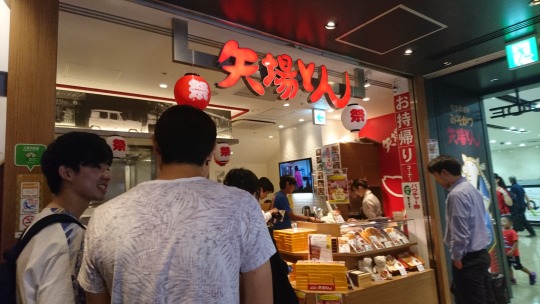

We had lunch at 矢場とんYabaton at Tokyo Station!! The Pork cutlet was really good since they cooked it with their own miso! The staff were really nice too! They helped to warm up my food since I took such a long time to eat because of my stomachache ;w;
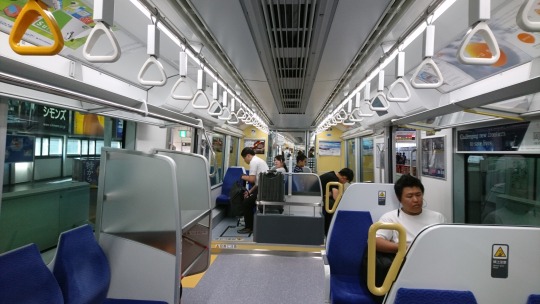
We took a Monorail to Haneda Airport! I didn’t know that monorails would tilt to the side when they turned!

Might that be rainbow bridge?

Amuro Tooru seems to be really popular in Japan now! It’s probably because of the new Detective Conan movie in Japan but he’s always been intriguing! I hope they release more on his backstory soon.
Agghh I don’t want to leave but I will definitely be back

The sky was really pretty! Overall the ride was way better than the initial one, since much of the rainy season has cleared up. I actually managed to sleep so that was impressive!

It’s good to be back!!
I guess on the whole Kansai has a pretty different vibe from central Tokyo. Both had their fair share of cultural landmarks and city areas, but Kansai used to house the really old capital of Japan, so they had much older monuments compared to Tokyo. Osaka’s city also seems to be a lot more night life-ish compared to my experience with Tokyo! In terms of food, I’d say that Tokyo has more variety, but I really think Osaka’s food has more flavour. Literally everything I’ve eaten on this trip is delicious and worthy of a recommendation!
On the other hand, I’m really proud of myself since I managed to control myself from overspending this trip :^)
If you make it a point to visit the cultural landmarks instead of going to shop, you really can save a lot of money when travelling in Japan! There are also many more Halal food options compared to what I’ve seen last year, so it should be possible to find good Japanese food for those who have to adhere to a religious diet!
116 notes
·
View notes
Photo

Good morning from Tokyo! This is the view out of our hotel room, you can see the Tokyo Skytree in the distance. Today we’re headed to the Japanese Overseas Migration Museum, and then we catch the bullet train over to Nagano.
1 note
·
View note
Photo

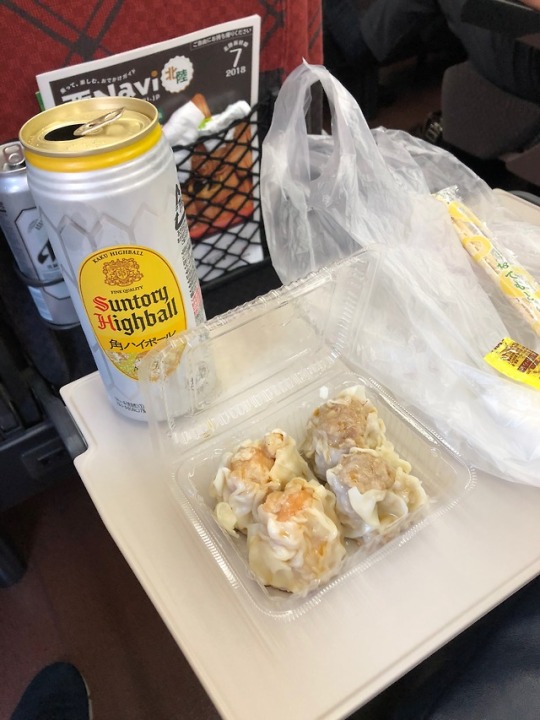
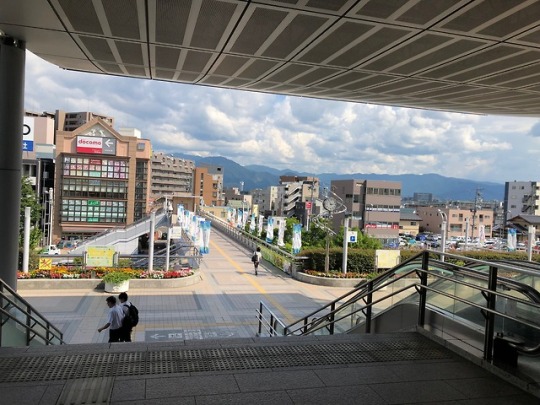
We came up to Nagano yesterday to take care of some legal bidness, so we grabbed some bento (lunch boxes) before the train ride and grabbed a table in a Tokyo station food court to eat. In America, we don’t pay much attention to train stations. They’re merely an unseemly necessity to get from point A to point B and not much more. They’re usually smelly, utilitarian, and crawling with all types of unsavory characters. In Japan, the station is the center of all life. Everything revolves around it, every amenity possible is located within a few blocks of it, so real estate prices soar the closer a property is. It is the heart of any area.
Unless you’ve experienced Tokyo station in person you can’t even begin to imagine the scale. It’s shopping-mall-epic in size, a massive five floor subterranean ant colony of activity. Over 3,000 trains and 800,000 passengers a day move through. It is loaded with retail shops and food establishments, and you can pretty much get anything imaginable within its confines. The labyrinth of tracks and platforms is overwhelming; you can be standing on a platform waiting for one train while platforms above and below you have dozens of trains arriving with incredible precision all within the same time span. The efficiency is mind blowing with everything working together as one massive organism. I’ve been through numerous times and it stills blows my mind. Remarkably, it’s only the fourth busiest station in Tokyo!
Lucky for us we grabbed bentos before leaving because there was no food lady on our train north. I’ve been visiting Japan for 12 years and have always taken this train at one point and have never experienced no food lady! What is this world coming too! Fortunately, they made the announcement before the train left, so I jumped out to buy a couple of alcoholic beverages for the ride. Drinking alcohol is legal everywhere in Japan, and nothing makes a long train ride pass quicker than a couple of highballs.
The sprawl of Tokyo faded into the mountains of central Japan as we headed north and finally reached Nagano. My love for Nagano has grown steadily over the years. At first, I was a little cold to its suggestive advances, but it slowly worked its way into my heart. I feel home here now. The mountains calm me and the brisk mountain air cleanses the grime of Tokyo away. When I exit the station and see the view pictured above I breathe a sigh of relief and say “tadaima” (I’m home).
Many of you know about Nagano from the ‘98 Olympics. Before that it was a sleepy little mountain city with access to world class skiing and nature. The Olympics put it on the map, but, as in most cases, they also helped to almost bankrupt the city. The bullet train was extended to Nagano to help move people up here, but the city bore the brunt of most infrastructure costs associated with the games. For years, the bullet train terminated at Nagano station; however in recent years, the line was extended past Nagano to Kanazawa, a beautiful ancient city on the Japan Sea. Since then, Nagano’s tourism has waned slightly. JR (Japan Railways) has focused all its marketing efforts on Kanazawa and all but forgotten about Nagano much the way a lothario treats a former lover. I get angry over this, but then I realize it means I’ll have more of Nagano to myself. If you ever get a chance, come to this city and enjoy it’s quirky little shops and restaurants then head out to some of the most beautiful nature and hiking you’ve ever seen in your life.
Our reception here in Nagano has been amazing. My Japanese family is so happy to have us in Japan, it’s made the sting of leaving everyone in MA a little less painful. My mother-in-law kept calling me Nihon-jin (Japanese) last night and my father-in-law was so proud to show me my official certificate of eligibility. I felt so incredibly happy to see the joy on their faces to have their daughter back home after 17 years away that I knew we were doing the right thing. While it tore my heart out to leave my family, a little of that pain was repaired yesterday with the love I felt.
Since I’ll soon be on a spousal visa here, I’ll be removing the cloak of invisibility I’ve worn since I got here! Of course, now this means I’ll have to actually find a job and become a responsible adult again! Oh well, it had to happen sometime.
I’ve written a lot the last couple of days, so I may take a break. We’ll see what happens.
3 notes
·
View notes
Text
Nagano
Nagano is the highest capital city in Japan located at 371.4 meters. With a 240 KM distance from Tokyo it took around 3.5 hours on the train to reach our next hotel for several days. The time could have been halved if we took the bullet train but this was too pricey for a backpacker.
The journey was so scenic and beautiful, venturing up into the mountainous landscape. Along the way, we could see Mount Fuji stood elegantly in the distance. Mt Fuji is an active volcano, 100 Km’s southwest of Tokyo. Its Japans tallest peak at 3,776 meters high.

The sole purpose of this trip was to visit the snow monkeys, the Japanese macaques, which live in the Japanese alps. Close to Hells Valley the ski resort of Japan. The name of the park is Jigokudani monkey park. The snow covered mountains create extreme weathers for the snow monkeys. During winter months they spend most of their time within the natural hot pools keeping warm. This creates their red face complexions. They have lived in this area for many years and have evolved to survive in this particular climate.

Usually most animals do not enjoy the water, but as the saying goes monkey see, monkey do. It is believed that the snow monkeys may have learnt the behaviors from humans. They have seen humans bathing in the hot pools and one monkey has copied, and then another monkey has followed and so on. Due to the amount of monkey faeces floating in the natural pools. It makes it prohibited for us to join them, to be honest I don’t think the monkeys would be happy either.
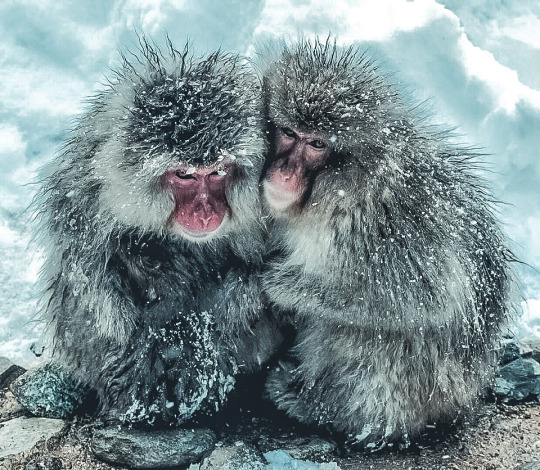
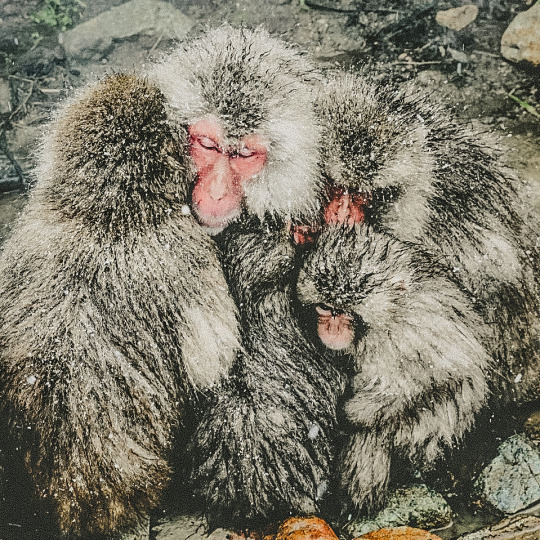

The park is reached via a coach which leaves Nagano train station, the Shigakogen express, which usually reaches the park in 45 mins. From the stop you then have to walk 1.2 miles through a forested woodland footpath. Due to the ice and snow climates, the foot path is slippery in places. It is best to wear good footwear and warm clothing as it reaches minus temps in this region.

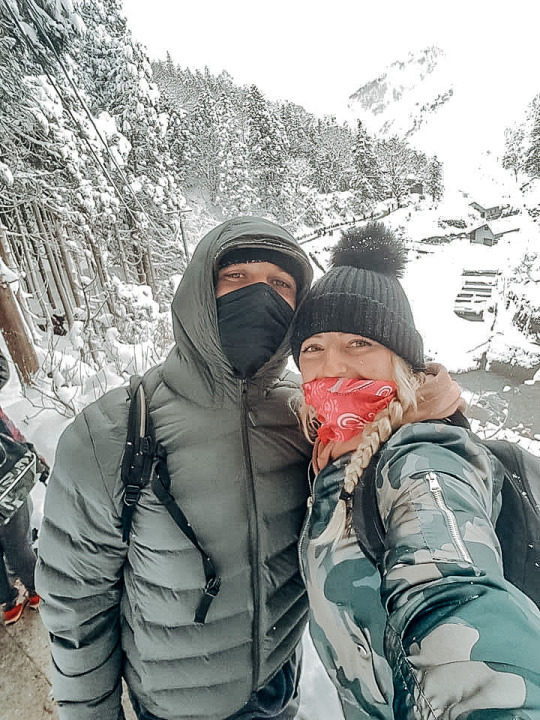
There are no fences making it an open area for the monkeys to come and go. At the time we visited there were plenty of monkeys hanging around the hot pools and surrounding areas. There was a fire pit set up for one of the park workers, there was group of monkeys that had spotted this and they were gathered round keeping warm. They definitely had the right idea, it was freezing.

The monkeys were magnificent to watch, the time passed by just watching them and you forgot that you was that cold you couldn’t feel your lower limbs. We got to witness two monkeys having a scrap which was entertaining, they was both chucking snowballs at each other and screeching at one another.
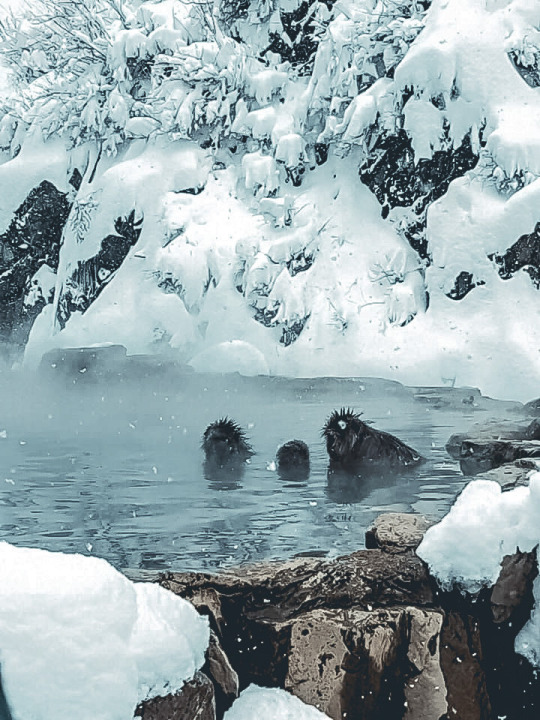
This place is so unique and the snow monkeys can only be seen in this part of the world. Its definitely a bucket list adventure.
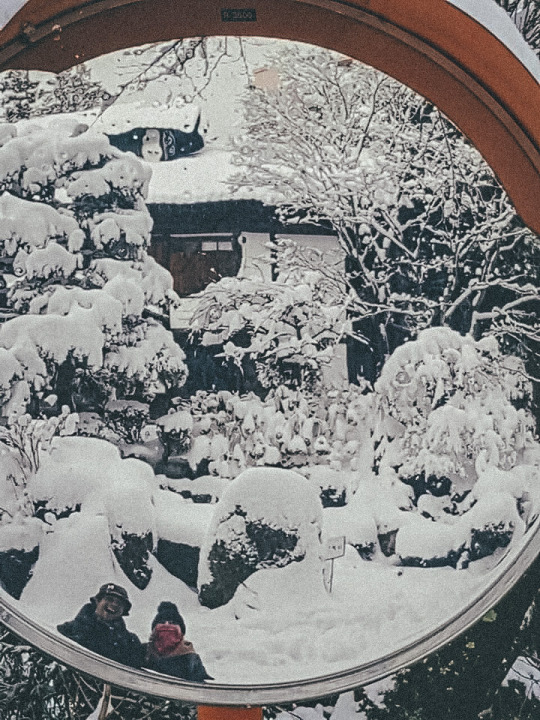
After a couple of days in Nagano we headed back to Tokyo for New Years Eve our final night before flights to Hawaii.
0 notes
Text
Olympic Hospitality: Can Tokyo soft power push to ensure a positive Olympic legacy?
When the capital hosted the Tokyo Olympic over half a century ago, it was heralded as a symbol of Japan’s postwar recovery. This time around, Tokyo appears keen on trading brick and mortar for hearts and minds. Olympic fans from all over the world are invited to book Olympic 2020 tickets from our online platforms for Olympic Tickets. Olympic Hospitality fans can book Olympic Hospitality from our ticketing marketplace exclusively on discounted prices.
One-hundred kilometers of highways were freshly laid during the massive infrastructure drive that coincided with the 1964 games. Haneda Airport was modernized, and luxurious hotels sprouted in a city once ravaged by American firebombing. A new sewage system gushed into action, and the world’s first bullet train roared between Tokyo and Osaka at record-breaking speed to the awe of visitors.
The sporting event saw Tokyo transform from a grubby city to a first-world metropolis and signified Japan’s return to the global stage as a peaceful, economically confident nation. This was reflected in the choice of Yoshinori Sakai, born in Hiroshima on the day the atomic bomb was dropped on the city, to light the Tokyo Olympic flame.

Instead, the capital has been striving to portray the upcoming games as Tokyo’s chance to showcase its soft power, epitomized by the term “omotenashi” used by celebrity television presenter Christel Takigawa during a speech to the International Olympic Committee in 2013 to describe the Japanese spirit of selfless hospitality. And in the age of climate change, organizers have been working to make the games the most environmentally friendly in Olympic history with proposals including venues powered by renewable energy and medals forged using recycled materials.
The budget battles and controversial plans for a national stadium to a plagiarism scandal and fears about the capital’s intense summer weather, the road to the Olympic and Paralympic games has been anything but smooth, raising the question of whether the city can leave a positive mark on an event whose history has been riddled by cautionary tales of waste, corruption, and overspending.
While past games Japan has hosted, including the 1964 Olympic and 1998 Nagano Winter Olympic, left tangible legacies in terms of infrastructure, a mature city like Tokyo should be aiming to address social and environmental issues and embrace diversity to boost the nation’s welcoming image, he said, an aspect that was played up in the 2012 London Olympic Games.
“Human resources are increasingly important in a graying and shrinking population, and this should be an occasion where the nation shows how it can host an inclusive, accessible and sustainable event,” he said.
One of the first signs of cost overruns surfaced in 2015 when Prime Minister Shinzo Abe announced he would be scrapping the late London architect Zaha Hadid’s competition-winning design for the Tokyo Olympic Stadium following concerns over its spiraling price tag and public anger at the scale of the proposed arena. The former defense minister vowed to reduce plastic waste and introduced an ordinance due to take effect in the spring banning all smoking in restaurants, except in separated smoking rooms.

The Olympic Village will be powered by hydrogen generated in Fukushima Prefecture, she said, in line with another key theme for Tokyo Olympic reconstruction and recovery from the 2011 Tohoku disaster, when an earthquake and tsunami led to nearly 16,000 deaths and a meltdown at the Fukushima. The lumber used in the roof of the new National Stadium, for example, was sourced from across the nation, including disaster-hit areas, while the Tokyo Olympic torch relay will begin at J-Village, a soccer training center in Fukushima.
“The venues have already been slimmed down to cut costs, and we plan on increasing profitability by introducing measures such as selling their naming rights,” said Kenji Suzuki, senior director for venue opening preparations at the city’s Bureau of Olympic and Paralympic Games.
Plans for the legacy of London 2012 were closely examined from the onset of the bidding process, said architect Kazuya Yamazaki, who joined British firm Allies and Morrison after moving to the U.K. in 2001. He worked on several London Olympic projects including the Greenwich Park Equestrian & Pentathlon venue before founding his own firm in Tokyo. The government has set a target of attracting 40 million foreign tourists and having them spend ¥8 trillion. During the Tokyo Olympic alone, as many as 10 million visitors are expected to arrive, meaning sports fans could be facing a room shortage in the capital.
“It should be more about creating an attractive, culturally rich area that people would want to live in, rather than simply erecting buildings,” Yamazaki said.

To accommodate the linguistic needs of international visitors, the travel sector has been working to provide signs and directions in English, Chinese and other languages while improving the accuracy of existing foreign language signage found in towns and cities. I’m somewhat concerned as to whether regional tourist destinations can fulfill the high expectations of travelers, and there is also the issue of transportation while visitors flock to large cities like Tokyo,
The talk about omotenashi and the nation’s esteemed hospitality, Nishikawa says it is essential that the service industry concentrates on quality, not quantity, for inbound tourism. Chief Cabinet Secretary Yoshihide Suga announced that the government will offer a loan program to help the private sector build 50 “world-class” luxury hotels for affluent tourists. We want people to relish their experience in Japan and continue visiting our country after the Olympic 2020 Games.
Olympic 2020 supporters can get Olympic Tickets through our trusted online ticketing market place. OlympicTickets2020.com is the most consistent source to book Olympic Packages.
0 notes
Text
16 Japan experiences every traveler should enjoy
Editor’s Be aware — CNN Journey’s sequence usually carry sponsorship originating from the international locations and areas we profile. Nevertheless, CNN retains full editorial management over all of its stories. Learn the coverage.(CNN) — There is no scarcity of causes to fall in love with Japan. Whether or not you are searching down prime eats in Tokyo and Osaka or basking within the nation’s beautiful landscapes, it is not possible to take all of it in in a single go to.
However you will definitely have a superb time making an attempt.
We have constructed the final word cheat sheet of prime Japan experiences that will help you plan your subsequent go to. Additionally, remember to click on by way of the gallery on the highest of this story of lovely Japan locations for extra journey inspo.
THE GREAT OUTDOORS
Although Japan may be most well-known for its dazzlingly fashionable cities, you will need to spend a minimum of a number of days exploring its beautiful pure choices.
It is a nation that really has all of it, from rocky mountain peaks to white-sand seashores.
Listed here are few Japan experiences that may permit for each leisure and journey.
Winter sports activities
As winter storms rush although Japan’s Zao Mountain Vary, bushes are remodeled into unimaginable “snow monsters.”
Nagano, which hosted the Winter Olympics in 1998, has lengthy been a snowy escape for international vacationers. However in recent times, Niseko on the northern island of Hokkaido has turn into one other main vacation spot for powder hunters due to its contemporary, high quality snow and superb meals scene. Down on the island of Honshu, in the meantime, Zao Onsen in Yamagata prefecture affords snowboarding, onsen (extra on that later) and “snow monsters.” For one thing utterly completely different, the Tateyama Kurobe Alpine Route, dubbed the ‘Roof of Japan,’ affords vacationers an opportunity to drive down a freeway framed by huge partitions of snow that tower as excessive as 17 meters over the street.
Seashore hopping

It is easy to see why this beautiful Iwate prefecture seaside was named “Jodogahama,” or Pure Land.
JNTO
Being an island nation, Japan’s seaside choices are simply as spectacular as its skyscrapers and bullet trains.
Within the north of Japan’s primary island, Jodogahama Seashore (Pure Land in English) is a tranquil hidden seaside with crystal-clear water and stark white rocks. If you happen to desire softer (and darker) sand, Ibusuki Seashore is your dream vacation spot. The subtropical seaside is famed for a novel exercise — sand bathing, or suna-mushi.
Onsen soaking

Even macaques in Japan know the best way to take pleasure in an onsen.
Koichi Kamoshida/Getty Photos
For anybody who hasn’t been to a Japanese onsen, take be aware: Nudity is not simply the norm. It is the rule.
The phrase “onsen” refers to Japan’s pure sizzling springs but it surely can also signify amenities like spas and inns that pipe the waters into their very own bathing areas.
Although hundreds of onsen exist all through the nation, Beppu is Japan’s sizzling spring capital — and for good motive. It is house to greater than 2,500 sizzling springs and is the world’s second-largest supply of thermal spring water.
For vacationers with ink, nevertheless, stripping down at a Japanese onsen can get difficult as many ban tattoos, which have been related to yakuza gangs.
Thankfully, there’s Tattoo-Pleasant, a web site that includes properties that permit ink. Customers can slim down the search by selecting the kind of facility they need to go to — health club, pool, hotel-and-ryokan (inn) or sento (public baths).
Every listed property features a transient description of the place and its facilities, as effectively its particular insurance policies on tattoos.
Hanami

Each spring, Japanese have a good time cherry blossoms by gathering and picnicking at parks whereas admiring the pink blossoms.
Buddhika Weerasinghe/Getty Photos AsiaPac/Getty Photos
For only a few weeks each spring, Japan celebrates an annual ritual referred to as hanami: stopping to view and admire the attractive spring blossoms.
It is so common the Japan Climate Affiliation’s annual sakura (cherry blossom) forecast is broadcast stay on TV, whereas the Japan Nationwide Tourism Group has a usually up to date timetable of cherry blossoms predictions on their web site.
Mountain climbing

A hike alongside the Kumano Kodo path is a Wakayama spotlight.
Pongpat Patumsuwon/CNN
Being a mountainous nation, trekking is a particularly common Japan exercise.
For a religious journey, attempt Kumano Kodo, a multiday pilgrimage throughout Wakayama prefecture — fueled by nice meals, cute rural villages and wealthy tradition alongside the way in which.Greater than a thousand years in the past, imperial leaders and aristocrats made their approach to the primary Kumano Kodo shrines by way of a community of hikes throughout the island. On the finish of the hike we advocate spending the evening at a temple within the mountaintop city of Koyasan, the middle of Shingon Buddhism.
Right here, historical cedar forests share area with historic pagodas, paved roads, eating places, colleges, cafes and memento outlets.
TRADITION
Japan excels at placing the appropriate steadiness between custom and modernity, main the way in which in technological advances whereas additionally embracing its previous, whether or not it is structure, artwork, vogue, meals or sports activities.
Listed here are a number of experiences that provides you with a style for Japan’s conventional facet.
Keep in a ryokan

Nishimuraya Honkan is a seventh-generation ryokan in Hyogo prefecture.
Courtesy Nishimuraya
Searching for that traditional Japanese inn expertise, full with tatami flooring, onsen and sliding doorways?
Staying in a ryokan, a standard Japanese guesthouse, is the way in which to go. Catering to all budgets, they are often discovered all through Japan — mostly within the countryside outdoors of city facilities.
Friends are inspired to put on yukata (home kimonos) and socks, whereas conventional Japanese meals are ready in-house.
Tea ceremonies
CNN’s Paula Newton travels to Fukuoka and the encircling tea-rich lands to expertise the normal winter tea ceremony.
To make it, inexperienced tea leaves, grown within the shade, are dried and floor right into a superb powder. This permits the tea to retain its vitamins. Throughout the ceremony, which focuses on the rituals and psychological states achieved within the course of, the powder is whisked with sizzling water in a small bowl till a slight foam seems.
The highest place to expertise Japan’s matcha tea ceremony — or simply take pleasure in a number of cups of the valuable drink — is Kyoto. There are many tea making lessons and demonstrations obtainable in English and different languages.
Kimonos

It might take as much as two years to make a high-end kimono.
CHARLY TRIBALLEAU/AFP/AFP/Getty Photos
Japan’s most stunning conventional apparel, kimonos are undeniably an costly memento to convey house. One motive for his or her hefty price ticket is the painstakingly detailed course of that goes into making them.
One other respected kimono-making firm is Okaju in Kyoto, based in 1855 and now helmed by the fourth technology Shigeo Okajima.
If you happen to’d merely wish to don one throughout your Japan go to, there are a selection of rental corporations all through Kyoto.
Favor to understand these stunning clothes from afar? Kyoto’s Gion district is the place vacationers can view swish geishas, conventional Japanese entertainers, strolling down the road of their kimonos.
Sumo watching

Sumo wrestling dates again a minimum of 2,000 years.
AFP Contributor/AFP/AFP/Getty Photos
Sumo is as historical as it’s quintessentially Japanese. Historians agree that the game dates again a minimum of 2,000 years, and in its present type has remained largely unchanged for the reason that Edo interval.
However scoring a seat at one in all Japan’s six main sumo tournaments per yr would possibly as robust as entering into the ring and wrestling your self, although with slightly advance planning you may make it occur. Tickets can be found by way of Japan’s official sumo web site.
There are different methods to get near a sumo wrestler.
After they’re not competing, sumo wrestlers practice yr spherical in designated sumo stables, or beya.
These stables, that are principally primarily based in Tokyo’s Ryogoku neighborhood, are the place town’s wrestlers stay, eat, sleep and observe on a close to every day foundation. In recent times, it is turn into extra frequent for foreigners to go to the morning observe, which begins at about 5 a.m. and lasts three to 4 hours.
Learn extra about Japan’s sumo stables right here.
CUISINE
Japan is a culinary wonderland due to its distinctive heritage, a nationwide obsession with meals and an nearly spiritual embrace of freshness and ideal manufacturing.
Listed here are a number of of the nation’s must-try eating experiences. Been there, ate that? For a deeper dive into the nation’s culinary wonders, take a look at our record of 25 prime Japanese dishes.
Sushi
Chances are high, sushi might be the very first thing that involves thoughts once you suppose “Japanese meals.”
Greater than only a slice of fish over vinegar rice — that is just one sort, referred to as nigiri — mastering the artwork of sushi can simply take a lifetime. Fortunately, there’s Sushi College, the place vacationers can be taught to differentiate nigiri from nori-maki.
Nearly poetic in its simplicity, good sushi depends on two issues: the freshness of the elements and the knife expertise of the chef.
Whether or not you want your uncooked fish draped over bite-sized balls of vinegared rice, rolled up in toasted nori seaweed or pressed into fats rectangular logs, scrumptious sushi could be present in each value vary.
If you happen to’re up for a splurge, Sushisho Masa (106-0031 Tokyo, Minato Metropolis,Nishiazabu, four Chome−1−15) in Tokyo’s Roppongi neighborhood is nothing wanting perfection.
After which in fact there’s Sukiyabashi Jiro, the fabled restaurant in Tokyo’s trendy Ginza district broadly considered the most effective sushi restaurant on this planet. Hidden in a basement hooked up to the Ginza Metro Station, Sukiyabashi Jiro earned international fame following the 2012 documentary “Jiro Desires of Sushi.”
Kobe beef

Solely 3,000 cattle are categorized as Kobe grade every year.
©JNTO
Identified for its pervasive marbling and melt-on-your-tongue texture, Kobe beef is one in all Japan’s most prized meats.
A kind of Wagyu beef named after the area by which the cattle are raised, Kobe is comparatively uncommon — solely 3,000 cattle every year are licensed as Kobe grade.
This has prompted a good bit of confusion however here is a simple approach to keep in mind it. Wagyu (which accurately means “Japanese cow”) refers to particular breeds of cattle that come from a direct, traceable and pure bloodline.
The Kansai area, the place Osaka relies, produces the three “king” sorts of Wagyu: Matsusaka, Kobe and Ohmi. Nevertheless, beef from different areas could be equally tasty.
Discover out extra about Japan’s varied kinds of beef right here.
Soba
Desire a seat at Kyourakutei? You will have to attend in line. CNN meets up with the person behind this common Michelin-starred Tokyo soba restaurant.
Soba, or Japanese buckwheat noodles, are normally served chilly with dipping sauce (referred to as zaru soba) or served sizzling in dashi broth.
Triumphing over all of them is te-uchi, which suggests “handmade,” soba in Japanese. The hand-kneaded and lower soba affords the most effective firmness and, therefore, is extra a lot tastier than the mass-produced selection.For a very distinctive soba expertise, head to Iwate, a prefecture in Japan’s northeast the place you may take pleasure in a 400-year-old all-you-can-eat noodle custom referred to as “wanko soba.”
One wanko soba restaurant claims a diner ate 570 bowls in a single sitting.
Yakitori

Probably the greatest causes to go to a pub in Japan? Yakitori, Japanese fashion rooster skewers.
©JNTO
A yakitori restaurant is the place you may pattern each a part of the rooster — from rooster breast to skins to gizzards — all introduced on skewers, Japanese fashion.
Tokyo’s Torikado is among the greatest locations to take pleasure in them. A high-end omakase yakitori restaurant, Torikado’s diners will go away it as much as the chef to determine what they eat.
Kaiseki

Kaiseki meals had been initially meant to be loved earlier than a tea ceremony.
Japan vacationers researching a visit to Kyoto will inevitably come throughout the phrase “kaiseki.”
To the outsider, it seems to easily be a multicourse Japanese dinner made up of superbly plated dishes. However there’s a lot extra to this meticulously ready, exquisitely served and, normally, very costly meal.
To practitioners of this haute delicacies, kaiseki is the embodiment of “omotenashi,” which suggests wholehearted hospitality.
Wanna know extra? We adopted chef Hisato Nakahigashi of Miyamasou, a two Michelin-starred restaurant and ryokan, to place collectively this newbie’s information to kaiseki meals.
Ramen

Ramen is the final word Japanese consolation meals.
©Hiroshima Prefecture/©JNTO
Nothing’s extra comforting than slurping again a bowl of ramen on a chilly wet day.
There are 4 fundamental types of the world-famous soup-based dish: Shoyu (soy sauce seasoning); shio (a lightweight soy sauce model of shoryu); miso (made with fermented soy beans); and tonkotsu (a creamy-white pork bone broth).
CNN Journey requested Brian Mac, founding father of the weblog Ramen Adventures, to share a few of his favourite ramen varieties in Tokyo and past, which embody Hokkaido’s miso ramen, Kyushu’s Kumamoto ramen and every kind of shoyu variations. Learn extra about them right here.
Sake
A one-minute tour of Japan’s northern Tohoku area, which produces a number of the nation’s greatest bottles of sake.
Japanese rice wine, sake has a long-standing historical past courting again to the third century.
It is produced everywhere in the nation — and lots of brewers are open to excursions — however Japan’s Tohoku area within the northeast is the place you will discover a number of the greatest bottles.
A part of what makes Tohoku’s sakes so completely different is geography: The winters are extreme with heavy snowfalls and traditionally, due to its remoteness, agriculture has been the mainstay in Tohoku.
For guests making the journey north, a number of breweries provide excursions in English, in addition to tastings — however you have to to guide upfront by way of their web sites.
Learn extra in regards to the Tohoku area’s well-known sake producers right here.
The post 16 Japan experiences every traveler should enjoy appeared first on Tripstations.
from Tripstations https://ift.tt/32E6Wbp
via IFTTT
0 notes